|
It’s a cold day in Frederick, Maryland, but that is to be expected as it is late January. Our “Story in Stone” offering this week begins in an even colder destination—Ann Arbor, Michigan. Founded in 1825, Ann Arbor is named after the wives of the village’s founders, both named Ann, and the stands of burr oak trees. It is best known as the home of the University of Michigan. Although this school boasts the largest (Amercan) football stadium in the world with a capacity of 107, 601, our aim has nothing to do with the sacred pigskin or Wolverine players past or present. Our interest does have a direct connection to the university, but more specifically to the William L. Clements Library. Located on the school’s central campus, this rare book and manuscript repository specializes in Americana and particularly North American history prior to the twentieth century. I read that Pulitzer Prize-winning author/historian David McCullough spent many hours here researching the library’s extensive collection of Revolutionary War materials for the writing of his book 1776. The Book collection here consists of 80,000 rare books, pamphlets, broadsides and periodicals. Within the other divisions, the library holds 600 atlases, approximately 30,000 maps, 99,400 prints and photographs, 134 culinary periodicals, 20,000 pieces of ephemera, 150 pieces of artwork, 15,000 pieces of sheet music, and 2,600 manuscript collections. One of the latter pertains to one of our own buried here in Frederick’s historic Mount Olivet. His name was Robert W. McCleery. One just needs to seek out Box #35 within the James S. Schoff Civil War Collection and they will be able to study one year in the career of this Frederick native and celebrated naval veteran who died at the age of 31. He traveled from his west-central Maryland home to foreign ports of call, and spent his final years at the top of his rank as a Chief Engineer. I had a rough idea of what this naval position likely entailed, but decided to consult the internet to learn more. A chief engineer is the most senior engine officer of an engine department on a ship, typically a merchant ship, and holds overall leadership and the responsibility of that department. As a person who holds one of the most senior roles on the ship, they must have excellent communication and leadership skills. They will be expected to regularly work alongside other crew members and external consultants, and most importantly, provide guidance to their team. To be a chief engineer, an engineer must attain a chief engineer's license appropriate to the tonnage, power rating, and type of ship that they are employed on. A chief engineer is ultimately responsible for all operations and maintenance that has to do with any and all engineering equipment throughout the entire ship, and supervises all other engineering officer and engine ratings within the department. Robert W. McCleery Robert W. McCleery was born in Frederick City on June 29th, 1832. He was the son of Robert McCleery (1788-1840) and Rebecca Beall McCleery (1795-1871). He was the fifth of eight children, lived at North Market Street and had been born into an accomplished family who had already made their mark on Frederick. Robert’s grandfather, Henry McCleery (1749-1819), an Irish immigrant, master carpenter and architect, gave Frederick its second county courthouse in 1785. Years later, with help from Robert’s father and uncle, Andrew McCleery, Henry also designed the second iteration of All Saints Episcopal Church on Court Street (1813), and the Ross and Mathias mansions on Council Street. Also located on Council Street was the Frederick Academy, site of Robert W.’s early schooling. The first principal of this storied institution was Rev. Samuel Knox, who married Robert’s aunt, Zeruiah (McCleery) Knox (1783-1839). Robert McCleery (father of Robert W.) was a veteran of the War of 1812 as well, and served as a Sergeant Major in Maryland's 3rd Regiment under Gen. George W. Ent from August 24th until September 30th, 1814, seeing action in Baltimore. Mr. McCleery also received appointments by the Frederick municipality to serve as a tax commissioner. The greatest testament to Robert’s lineage comes by way of an entry penned in the diary of Jacob Engelbrecht on July 21st 1840 recording the death of our subject’s father: “Died this morning in the 53rd year of his age Mr. Robert McCreery of our town. I would only remark that we had no better citizen in our town, take him all in all than Mr. Robert McCleery. Buried on the English Presbyterian graveyard.” His body would be relocated to Mount Olivet years later and placed in Area H. A decade after his father's death, I found Robert W. in the 1850 census living with Aubrey Gist Jones and wife Mary Ann (Boyd) in Baltimore. Mr. Jones is simply listed as a “Gentleman” so I’m not quite sure if Robert was working for Mr. Jones or simply lodging at his dwelling. Robert, along with three other tenants were listed as clerks. One more note, Mrs. Jones is buried in Mount Olivet, but I haven’t determined a family relationship or not to our subject. On August 2nd, 1855, Robert would enlist in the US Navy and took the position of Third Assistant Engineer. I first found Robert’s name “in the newspapers” in September 1857. 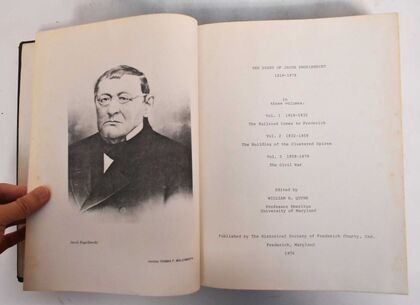 Jacob Engebrecht pictured within a copy of his published diary Jacob Engebrecht pictured within a copy of his published diary It should come as no surprise that Robert’s naval career captured the imagination of Jacob Engelbrecht. I was especially interested to see a series of entries in Jacob’s diary pertaining to the engineer’s whereabouts in 1858. “Robert W. McCleery 2nd Assistant Engineer in the US Navy has been in town for several weeks on a visit and will leave this morning at 8:40am for Norfolk to go on board the US Steam Ship Water-Witch Commanding (illegible) bound to Paraguay (Assumption)with the (illegible)” Thursday, September 30, 1858 8 o’clock AM “Where is Robert W. McCleery now—we are now talking about him in the Shop—Perry thinks he is in Montevideo, now—he was on board the Steamer “Water-Witch.” December 10, 1858 “Where is Robert W. McCleery today? He is assistant engineer aboard Unites States Steamer “Water-Witch” in Paraguay Expedition. March 4, 1859 “He was at Montevideo when last heard from. A letter from him dated Montevideo March 8, 1859 & subsequently states that he was transferred from the “Water-Witch” to the Metacomet” Steamer on the 15th of March & will therefore remain on the South American station for the present. March 9, 1859 “Robert W. McCleery—his brother Perry read a letter from him in our shop yesterday (to his sister Miss Harriet McCleery) dated “United States Steamer Water-Witch,” Montevideo December 29 1858” wherein he stated that very soon they would sail for “Asuncion” Paraguay to see old Don Lopez &c. (P. B. McCleery received a letter from Robert today dated “Metacomet” Montevideo May 11, 1859. Friday, March 18, 1859 An article from a Lancaster, PA newspaper from May, 1859 sheds a little more light on McCleery’s southern excursion. A history of the USS Water Witch says the following: The ship recommissioned briefly during the summer of 1858, but her next real active service came after yet another recommissioning on 17 September of that same year. She headed for the coast of South America as part of the Paraguay expedition under Flag Officer William B. Shubrick to exact an apology and an indemnity from Paraguay over the incident which had occurred in 1855. In January 1859, Water Witch and Fulton arrived in Asunción, the capital of Paraguay; and, backed by the warships, an American commissioner, James B. Bowlin, began negotiations with the Paraguayans. As a result of that expedition, Paraguay extended a satisfactory apology to the United States, indemnified the family of the slain Water Witch crewman, and granted the United States a new and highly advantageous commercial treaty. After the resolution of the difficulties with Paraguay, Water Witch resumed her survey missions in that region of the world. That employment, punctuated by periods out of commission in the United States, lasted until the fall preceding the outbreak of the Civil War. She was again decommissioned, this time at the Philadelphia Navy Yard, for repairs on 1 November 1860. Robert was miraculously enumerated in the 1860 US census as living in Frederick under the roof of his mother Rebecca. This was surely not true, as he was away on his naval deployment out of the country. His mother made sure he was accounted for, however. 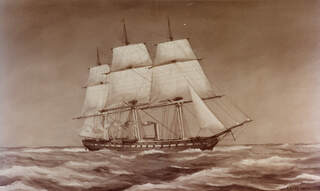 USS Wabash USS Wabash We know this to be the case thanks to our old friend, Jacob Engelbrecht: “Robert W. McCleery (of our city) engineer in the United States service arrived in our city last evening (June 2, 1863) having been absent from here & actual or active service nearly 5 years. He now has a furlough for one month. During the absence, he was in South America as far as Assumption in Paraguay and since the war of rebellion has been in the attack on Hilton Head & c. N.B. He was telegraphed at 10 o’clock June 3rd to return to his duty.” Wednesday, June 3rd, 1863 9 o’clock AM. With the "Water Witch" decommissioned, Robert W. McCleerly would be assigned to the USS Wabash. I learned that this ship (and McCreery) were involved in the southern naval blockade, and was at one point positioned off Charleston, South Carolina. I found a history on the USS Wabash that explained the vessel’s role in the American Civil War up through McCleery’s visit to Frederick. With the outbreak of the American Civil War, Wabash was recommissioned on May 16, 1861, Captain Samuel Mercer in command, and departed New York on May 30, 1861 as flagship of the Atlantic Blockading Squadron under Rear Admiral Silas H. Stringham. Wabash captured the brigantine Sarah Starr off Charleston, South Carolina, on August 3, 1861, and recaptured the American schooner Mary Alice, taken earlier by CSS Dixie. By this date, she had also captured the brigantines Hannah, Balch, and Solferino, along with 22 Confederate prisoners from the four vessels. On August 26, 1861, Wabash departed Hampton Roads, bound for Hatteras Inlet, North Carolina, to take part in the first combined amphibious assault of the war. Wabash accompanied Monticello, Pawnee, revenue cutter Harriet Lane, the tug Fanny, and two transports, carrying over 900 troops under Major General Benjamin Butler. Union forces secured Hatteras Inlet with the capture of Forts Hatteras and Clark on August 29, 1861. The attacking force suffered no casualties and took over 700 prisoners. Among these was Captain Samuel Barron of the Confederate Navy, the former commander in the United States Navy of Wabash when she served under Rear Admiral La Vallette. Wabash was later designated the flagship of Flag Officer Samuel Francis Du Pont, the new commander of the South Atlantic Blockading Squadron, and was sent to the New York Navy Yard for repairs on September 21, 1861. 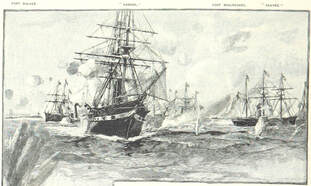 Union Fleet including the USS Wabash at Port Royal Union Fleet including the USS Wabash at Port Royal After refit, Wabash departed Fort Monroe on 29 October 1861 to spearhead the Federal assault on Port Royal, South Carolina. The assembled invasion fleet was the largest yet organized by the Navy, containing 77 vessels and 16,000 Army troops under Brigadier General Thomas W. Sherman. The combined force secured Port Royal Sound on 7 November 1861 after a furious four-hour battle. Wabash led the battle line in this major strategic Union victory. Wabash now took up permanent station on the Charleston blockade, operating out of Port Royal. On March 11, 1862, a landing party led by ship's commanding officer, Commander C. R. P. Rodgers, occupied St. Augustine, Florida. A detachment of seamen and officers from Wabash landed and manned a battery which bombarded Fort Pulaski, Georgia, on April 10 and April 11, 1862 and was instrumental in forcing that Southern fort to surrender. A naval battery of three 12 pounder howitzers from Wabash supported Union troops at the Battle of Pocotaligo, on October 22, 1862. Confederate vessels twice harassed Wabash while on duty in Port Royal Sound. On August 5, 1863, CSS Juno, a small steamer on picket duty below Fort Sumter, fired upon and ran down a launch from Wabash, capturing 10 sailors and drowning two. The CSS David submarine torpedo boat also attacked Wabash on April 18, 1864. Ensign Charles H. Craven, officer of the deck, spotted the cigar-shaped vessel in time for Wabash to get underway. The David disengaged from the attack in the face of musket fire and round shot discharged from Wabash. The Wabash had sailed back to its Philadelphia port and this is where the engineer had traveled to Frederick and back. I’m sure his furlough and visit home in early June (1863) was highly anticipated by both him, and his family. Sadly, this would be cut short after just one night! No one knew at the time, but this abrupt recall would be especially tragic to family , friends and admirers like Engelbrecht because this would be the last time Robert W. McCleery would walk the streets of his hometown. Just over three months later, newspapers in Philadelphia, Baltimore and Frederick would announce Robert’s untimely death And what did Jacob Engelbrecht have to say about his young friend’s death? “Died in Philadelphia on Tuesday, September 15 1863 at _ o’ clock PM Mr. Robert McCleery youngest son of the late Mr. Robert McCleery of our city. He was at the time of his death chief engineer in the United States Navy in the United States Steam Ship “Wabash” (Commander Dupont) & was at the capture of Fort “Pulaski” near Savannah Georgia. On the Wabash he had been on the sea, in actual service, eight years without intermission. Several years since he was in South America up the River Plate as far as Assumption Paraguay & returned to the United States after the Rebellion commenced. His remains were brought to Frederick (after being Embalmed in Philadelphia) and buried in Mount Olivet Cemetery this forenoon. There was an escort of United States soldiers & officers at the time of funeral. The weather was very unpleasant raining very hard & Market Street nearly covered with water. His age was 31 years 2 months & 17 days.” Friday September 18, 1863 4 o’clock PM Sadly, I couldn’t find the exact cause of death for Robert W. McCleery. He was buried on September 17th, 1863 in Area H/Lot 355. Interestingly, this is only yards today from Jacob Engelbrecht’s final resting place
You may be familiar with Perry Beall McCleery’s home on E. Patrick Street—formerly used as a B&B under the fitting name of "McCleery’s Flat" some years back. Perry Beall McCleery was born in 1822. Like his father and grandfather, he was trained as a carpenter. He worked at that occupation until 1850, when he was elected a director and discount clerk of the Frederick County National Bank. McCleery was promoted to bookkeeper in 1852 and then to cashier in 1867. He served as cashier until 1887. McCleery maintained involvement in his local community, serving as a member of Adam Lodge No. 35, 1.0.0.F; the Junior Fire Company; and the Board of Managers at Mount Olivet Cemetery. He also participated in two Frederick building associations. McCleery married Mary Jane E. Doub in 1853, and they had two daughters, who both died as infants, and six sons. Perry McCleery died nearly 24 years after brother Robert on August 11th, 1887. He would be buried a few yards in front of his veteran sibling in Area H. Two final "McCleery" notes of interest before we end this story. Two of Perry's sons later to be buried in the McCleery grave plot would distinguish themselves over their lives. Son Robert, named for his seafaring uncle, would receive a job from James C. Clarke, railroad mogul and namesake of Clarke Place here in town. Robert would relocate to Chicago and work as a clerk for the Illinois Central Railroad.
0 Comments
People like Francis Scott Key and Barbara Fritchie have monuments that seemingly fit their legacy in size and stature. Everyone is familiar with the author of our national anthem’s monument at the entrance of our 120 acre-burying ground. It was unveiled to great fanfare back in August, 1898 after nearly three decades of fundraising. As for Dame Fritchie’s grave, it is a little more modest than FSK’s, but fitting compared to the original design and scope proposed back in 1912. A postcard was published showing a rendition of what the Barbara Fritchie Monument Foundation was actually hoping to do. This behemoth was to be located at the intersection of N. Market and 7th streets but would never come to fruition thanks to pushback regarding the true validity of our most famous Frederick tale. Months ago, I wrote of Frederick’s First Citizen, Joseph D. Baker (1854-1938), businessman and philanthropist extraordinaire—namesake of our glorious municipal park. He has a large monument mirroring his achievements. In the same ilk, a sizeable memorial arose for Col. Charles Edward Trail (1825-1909), a politician and businessman whose final resting place is as grandiose as his former E. Church Street abode (used today for Keeney & Basford Funeral Home). Another “giant from our past,” and “memorial giant of our cemetery” comes with James C. Clarke (1824-1902), a former railroad executive. His grand obelisk is positioned to the left of our Key Memorial Chapel’s front entrance on its own island so to speak. Of course we have two thoroughfares named for these men in the forms of Trail Avenue and Clarke Place. On the flipside, I’ve written past stories about amazing people with very unassuming, or plain and underwhelming, gravestones. These include people that truly did amazing things and led highly interesting lives such as fashion designer Claire McCardell, actor Robert Downing, Gen. Allan C. McBride, Maryland Court of Appeals judge and history author Edward S. Delaplaine II and Simon Blunt—son-in-law of Francis Scott Key. Well, I decided to tackle one of the most visible and memorable monuments in the cemetery in my opinion. I cannot un-see this angel-topped marker every time I drive the cemetery lane that parallels our eastern perimeter of the cemetery along Stadium Drive. About midway down, in Area OO, is the grave of Harold McClellan Phebus. I think that after reading this short piece, you may agree with me that this humble, yet exquisite memorial “shines,” even though its owner didn’t have opportunity to accomplish anything. There’s not much of a story to tell about this particular decedent with a distinctively Frederick name. Harold’s life was cut far too short as he only spent time on this earth for one year, six months and 23 days. Born February 1st, 1904, Harold McClellan Phebus was the son of Elmer McClellan Phebus (1862-1929) and wife Margaret “Maggie” Viola Kline. Our subject’s middle name was the same as that of his father, originally so-named after the United States general of the Union’s Army of the Potomac—George B. McClellan. Mr. Phebus earned the name honestly as his father had also been named after a patriotic, historical figure—Benjamin Franklin Phebus. In the 1870 census, Elmer is referred to by his middle name. As for the last name, it goes back to ancient mythology and has a few spellings. The name Phebus, or Phoebus, is a boy's name of Greek origin meaning "shining, brilliant.” It was apparently one of the names of the sun god Apollo, however it is more commonly known in its feminine form— Phoebe. Phebus Family Looking at the name going back in Frederick history, I found that our first in town derive from immigrant Johannes Jacobus Fibus (1767–1823) hailing from Manheim, Erftkreis, Nordrhein-Westfalen, Germany. From what I could tell, Jacob Fibus came to this country in the 1790s and became a naturalized US citizen on March 26th, 1804. He and wife, Annan were of the Evangelical Lutheran faith and raised at least three children including son Peter Fibus (1793-1839), great grandfather of Harold McClellan Phebus and father of Benjamin Franklin Phebus. Along the way, the spelling would change from “F” to “Ph”and in some instances the name would pick up an “o” as in Phoebus. I still see this spelling with Frederick County residents today. It's easy to surmise that the family, or a family member lived in the vicinity of current day Phebus Avenue located west of S. Bentz Street between W. Patrick and W. South streets. The entrance is across from Mullinix Park, just north of W. All Saints Street. I found Benjamin Franklin's son George T. Phebus living on W. South, and son Benjamin Ellsworth Phebus living on W. Patrick St in the early 1900s. This latter brother of Elmer McClellan Phebus even owned property along Phebus Avenue so he may be the cause for the name. However, Elmer, himself, may also be the namesake, but more on that in a moment. The name Phebus Avenue came about around 1914 or so. Before this, the thoroughfare here was known as Cat Alley and was in the midst of a slum-ridden area. It seems to have originally been an extension of DeGrange Street (which was earlier known as Derr's Alley). I read that the municipality had built a boardwalk over the muddy lane before eventually macadamizing around the time of the name change to Phebus Avenue. Elmer McClellan Phebus was a third-generation bricklayer and mason and performed work in the private, commercial and government sector here in Frederick. He would marry Maggie Kline in 1896. The Phebus family resided at 418 N. Market Street at the time of young Harold’s death. Other siblings included: Roger Elmer Phebus (1898-1979) and Walter Henry Phebus, Sr. (1901-1958). As for Harold’s death, he would pass on August 24th, 1905 and his obituary appeared in the August 25th edition of the Frederick News. He would be buried that same day of the 25th. Our cemetery interment card gives his cause of death as meningitis, an inflammation of brain and spinal cord membranes, typically caused by a viral infection, but can also be bacterial or fungal. As said earlier, the monument appears to stand taller than it really is. Other family members would receive low profile stones in the future with the only exception being a lone upright stone with the family name. Harold’s mother would die twenty years later in November, 1925. Interestingly, Margaret’s grandson, Walter McClellan Phebus, Jr. had died four months previously of enteritis and was laid to rest in the Phebus family lot. He was the son of Walter and Helen Phebus and was only eight months and 21 days at the time. A third child, albeit an infant would be buried here in this plot in August, 1933, another child of Walter Phebus. This was Margaret Irene Phebus, only 15 days old and named for his departed mother. In 1929, Harold’s father’s death made front page news. Elmer had become a public servant, and held the position of city alderman of Frederick for multiple terms. He appears to have been quite respected as both a politician and businessman. Elmer died on January 7th, 1929 and would be buried two days later. I quickly became intrigued with Elmer's, or should I say McClellan's, political career as he was less than angelic, as he was quite outspoken. One could say he was brash and cocky. The Democrat ran unsuccessfully for city mayor in 1914. He would win re-election again in 1917 and 1922. Alderman Phebus was on the Street Committee of the Board of Alderman. This also got me thinking that this could have led to the alderman getting a city street named after him. I'm not positive, but the name switched from Cat Alley to Phebus Avenue while Elmer was in office. Lastly, I found Elmer to be a leading member of the Independent Hose Fire Company in town. At the time of Mr. Phebus' death, his fellow firemen put the following eulogy in the local paper: It’s interesting to think that Elmer’s well-attended funeral had friends, family, business and professional colleagues, fellow civil servants, brother firemen and former clients in attendance. This large assembly huddled around Harold’s angelic monument on that day. I checked the weather and found it to be a chilly January day with light rain that eventually changed to snow flurries. No matter the case, the lasting memorial to a 1.5 year-old toddler shone brightly that afternoon for sure, just as it had done when originally placed in 1905 for Harold's funeral, and just like it continues to do today, 117 years after his death.
March 31st, 2017, I remember the day quite well. It was a Friday afternoon and I was busily working on an article entitled Frederick’s Caller of “Balls and Strikes” about Richard “Dick” Nallin, one of the American League’s earliest umpires, and namesake of Fort Detrick’s entrance off Opposumtown Pike. I decided to write this particular story at that time because we were on the verge of baseball season beginning at all levels, but closest to home, right next door to the cemetery, we have Nymeo Park at Harry Grove Stadium—home of the Frederick Keys. Of course this team is so named for who else but Francis Scott Key, the most recognized name in our cemetery. Speaking of which, our former intern from Hood College, Katelyn Klukosky, alerted me to a recent post on the Instagram site entitled Frederick County Affirmations (@fredco_affirmations). On January 8th, this dandy can be found. You gotta love it! However, having worked for the Frederick Tourism Council for nearly a decade, I can definitely second this affirmation, but can also say with confidence that those “bones” have been a huge tourist draw since 1898. One “star-spangled” case in point occurred on the afternoon of the fore-mentioned March 31st, 2017. A visiting family arrived at our Mount Olivet administration office back in the mausoleum complex to the rear of the cemetery. These folks were solely here for tourism and genealogy purposes and not to make burial plans. They were promptly directed my way by our office manager. I would meet Francis and Susan Ellert of Culver, Indiana, and their four teenage children. Soon I would be told that Francis had received his name thanks in-part to our front gate greeter and author of our national anthem. He said he was so-named by his parents because he apparently was a descendant of Francis Scott Key, but was not sure of the exact genealogy. I immediately took it upon myself to intervene after giving a history lesson of how FSK (Francis Scott Key) came to be “reburied” here in Mount Olivet from Baltimore, and the drive to create a fitting monument which took over three decades and money from people all over the country. Mr. Ellert shared that he hadn’t stepped foot on our premises since 1986, the time of his paternal grandmother’s funeral. He was only a kid back then and had come all the way from the Cleveland, Ohio area and didn’t remember much from the experience outside of the graveside service and being shown his namesake’s monument and final resting place. Now, 31 years later, the Ellerts decided to make a brief stop in Frederick on the way back home after enjoying a family “spring break” trip to Washington, DC. Their goal was two-fold: to find his grandmother’s grave, and then show his wife and children the gravesite of his famous namesake. I jumped into action and pulled up our burial database searching for a Louise Ellert (1884-1986). I found that “Louie,” as she was affectionately known, is buried in Area BB/Lot 35 along with husband Laurence B. Ellert (1878-1940). A daughter of the couple, Jeanne Ellert Blunda (1908-1968), is also here. Louise Ellert was living in Cleland Heights, Ohio at the time of her death. She was brought here to Frederick’s Mount Olivet to be buried next to her husband who had died 28 years earlier. At that time, the Ellerts were living in New York City, where Laurence was enjoying an interesting career as a music magazine publisher. He served as production manager and vice president of the Boston Music Company and the Willis Music Company of Cincinnati, Ohio. As for “Louie,” she lived a good, long life and was our connection, or dare I say “key,” to the supposed Maryland history connection at hand for grandson Francis Ellert. In researching for this particular story nearly four years later, I found this small blurb in the Frederick paper from September, 1984. In our cemetery files, I found Louie Ellert was the former Louise Key, daughter of William Thompson Key and Josephine Louise Baltzell. I now had two interesting, former Frederick families to draw from in the form of the Keys and Baltzells. However, I would find that Louie’s father (Mr. Key) had not only old Maryland roots, but was a native of the deep south and the state of Louisiana. Before I attempted to sort out the Key connection back to Francis Scott Key, I explained to the Ellert family the importance locally of the Baltzell family as this was the first time they had heard the name. Not only was this the reason for burial here in Mount Olivet, but we also possess a tangible connection to the Baltzells specifically designed for Frederick visitors. The Baltzells You may ask, “Who were the Baltzells?” Well, to answer this question, you only have to go as far as Heritage Frederick, formerly known as the Historical Society of Frederick County. I mean this both literally and figuratively. At this historic archival repository, one will learn that John Baltzell, grandfather of Josephine Louise (Baltzell) Key, was born February 11th, 1775 here in Frederick. John was the son of Dr. John Jacob (1752-1838) and Anna Mary (Gibbs) Baltzell (1753-1829) and the grandson of John Jacob and Eva Catherine (Wintz) Baltzell, immigrants originally from the Alsace-Lorraine region between Germany and France. Dr. John Jacob had immigrated here with his parents in 1763. He and his wife were originally buried in Frederick’s German Reformed Graveyard, but were removed to Mount Olivet at the time of our opening in May, 1854. They are located in Area E/Lot 30. 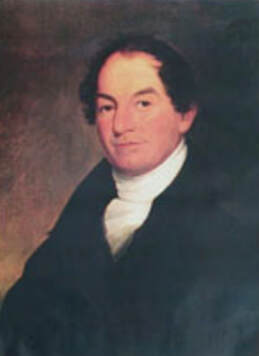 Dr. John Baltzell (1775-1854) Dr. John Baltzell (1775-1854) Their son, Dr. John Baltzell, would soon join his parents here at Mount Olivet. His obituary appeared in the Frederick Examiner under the title, "Death of a Venerable Physican" on September 6th, 1854. “Dr. John Baltzell, one of our most aged and respectable citizens, departed this life, shortly after midnight on Wednesday night, the 6th inst. of paralysis. The deceased had been rapidly recovering from the effects of a protracted illness, and felt so well on Tuesday morning, that he anticipated the pleasure of a walk down street in the cool of the evening. Dr. Baltzell was a native of this city; having received in early youth a liberal education, he studied medicine under Dr. Philip Thomas, one of the most celebrated physicians of his day, and entered on the practice of his profession about the opening of the current century. Possessing superior mental endowments and ardently devoted to his noble science, he was a very successful practitioner, and gratefully esteemed for his humanity and attention to the sick. Apart from his profession, his general course of studies took a wide range, and favored with a retentive memory, he was remarkable though life for his social qualities and conversational ability. Indulging in fondness for religious and political polemics, he became at one time a frequent contributor to the press, and was regarded as an influential writer; especially as a political writer, at the era of the second War of independence when party spirit ran highest. He withdrew from active practice a few years since with a handsome fortune, and having passed through a long life-time, without the breath of suspicion upon his honorable fame, died at the advanced age of 70 years, 6 months and 25 days. He married Ruth Ridgley, daughter of Judge Charles Ridgley, on Dec. 24, 1821 in Frederick, Maryland. They were the parents of Ellen Margaret, Eliza Ann, Cornelia, Philip Thomas, Frederick, John Ridgley, Albert, Dr. William Henry, Wesley, Fanny, and Alice Baltzell.” Dr. Baltzell’s home is a familiar one to Frederick residents and history fans alike as it has served home to the Historical Society of Frederick County (aka Heritage Frederick) since 1959. Dr. Baltzell built the home (c. 1820-1824) for his wife and their growing family. He practiced medicine from the basement level office accessible via an old side entrance off Maxwell Alley. The property lot extended further back and to the west with a large side yard. After the physician’s death, the property was offered up for sale and Mrs. Baltzell eventually moved to Calvert County to live with a daughter’s family in Leonardtown. Col. Alexander Baird Hanson purchased the property from Dr. Baltzell’s estate in 1854, and owned it until 1871. He added the east annex to house his son in-law’s law practice, covering over the Maxwell Alley basement access. John Loats, a prominent farmer and businessman, resided here late in his life through his death 1879. He was a wealthy widower who had lost his only son in infancy. He directed in his will that this house be incorporated as the Loats Female Orphan Asylum of Frederick City. This became a reality in 1882 and operated as such until 1956. Born July 30th, 1836, Dr. William Henry Baltzell followed in the footsteps of his father and grandfather as a physician. The father of Josephine Louise (Baltzell) Key was a graduate of Princeton, and studied to become a physician at the University of Pennsylvania. He married Josephine Victoria Nelson (b. 1832), daughter of Judge Madison Nelson (1803-1870) and wife Josephine Morrell Marcilly (1806-1882) in February of 1855. The Nelson family of Frederick also have a “storied past” which I will save for another time. Upon completing his studies, Dr. William Baltzell went to Union, Illinois shortly after his marriage in 1855 to start his medical career. This could have been at the urging of his future brother-in-law Frederick J. Nelson, a Frederick native and lawyer living in the Chicago vicinity. Josephine was the oldest of four known children, born on June 24th, 1859 in Chicago, Illinois. The family returned to Frederick during the Civil War period and by 1880 were living in a spacious home on East Second Street, across from the Visitation Academy. They lived next door and east of the earlier mentioned Frederick J. Nelson and his mother, Josephine (Marcilly) Nelson, maternal grandmother of Josephine (Baltzell) Key. Josephine (Nelson) Baltzell inherited what is today 209 E. 2nd St from her aunt Zulma Marcilly in 1884. Dr. William and Josephine Baltzell, along with Zulma and Rose Marcilly, were all living in that house. Josephine Baltzell sold the 209 E. 2nd St property to her son-in-law Robert LaDow in 1912, but he immediately sold it to Frederick Ordeman, who owned it until 1920. A great deal of information can be found on this family in Dr. William H. Baltzell’s obituary in 1899. As noted in the obituary, one of Dr. William Baltzell’s sisters, Frances “Fanny” Baltzell (1839-1874), married a relative of Francis Scott Key named Joseph Harris Key (1839-1917). Joseph’s father was a second cousin to FSK, as they both shared a great-grandfather in the progenitor of the family, Philip Key (1696-1764). Josephine Baltzell would marry a Key as well—a gentleman named William Thompson Key. This union occurred on November 16th, 1880. The couple would go on to have five children: William Barton Key (b. 1881); the fore-mentioned Louie Victoire Key (Ellert) (1835-1986); Philip Barton Key, Sr. (1887-1956); Louis Key (1888-1889) and Nicholas Sewall Key (1892-1948). With a little genealogical study, I was able to share with Francis Ellert and his family that he was not a direct descendent of Francis Scott Key as previously believed, but was indeed a definitive relative through William Thompson Key, who possessed a closer genetic connection to Francis Scott Key than Joseph Harris Key, albeit it another generation removed. The above-mentioned family immigrant, Philip Key, was William’s great-great-grandfather. William’s great-grandfather was Francis Key (1731-1770), whose name would be given to patriotic grandson, Francis Scott Key. In between these two “Franks” were FSK’s father and uncle, brothers John Ross Key (1754-1821) and Philip Barton Key (1757-1815).  Now, hold on just a minute and don’t be thinking you know something interesting about this Philip Barton Key. The name is more famous as it was applied to FSK’s son, who died in 1859, a victim of the 1800s “crime of the century.” That would be Philip Barton Key II (b. 1818). Philip Barton Key II was an American lawyer who served as U.S. Attorney for the District of Columbia. He is most famous for his public affair with Teresa Bagioli Sickles, and his eventual murder at the hands of her husband, Congressman Daniel Sickles of New York. Now there’s an incredible story and the subject of a novel entitled Star-Spangled Scandal published a few years back by former Frederick resident, Lori Swerda. As an aside, Lori presented a colorful lecture for our Friends of Mount Olivet group last Flag Day here at the cemetery. No, the “Philip Barton Key” tied more directly to William Thompson Key was his grandfather, who also served as FSK’s uncle and the namesake for his ill-fated son. Philip Barton Key was born in 1757, near Charlestown, Cecil County. His reputation would always have a stigma because he was a Loyalist during the American Revolutionary War. Mr. Key fought with the British Army from 1777 to 1781 within the Maryland Loyalists Battalion as a captain. He and his entire battalion were captured by the Spanish Army– who were at war with the British– in Pensacola, Florida. Philip Barton Key was a prisoner for a month in Havana, Cuba before being paroled and sent to New York City until the end of the war. After the conflict, Key went to England for higher education and graduated from the Middle Temple in London in 1784. Afterwards, he read law in 1785 and soon returned to Maryland where he was admitted to the bar. Key entered private practice in Leonardtown, Maryland from 1787 to 1790. He continued private practice in Annapolis, Maryland from 1790 to 1794, and from 1799 to 1800. He was a member of the Maryland House of Delegates from 1794 to 1799, and served as Mayor of Annapolis from 1797 to 1798. Before leaving office, President John Adams appointed fellow Federalist Philip Barton Key to the position of Chief Judge of the United States Circuit Court for the Fourth Circuit. His service, however, would be short-lived as he was terminated on March 3rd, 1801 for political reasons by new president Thomas Jefferson. Following his departure from the federal bench, Philip Barton Key resumed private practice in Montgomery County from 1802 to 1807, while also engaging in agricultural pursuits. He also served as counsel for Samuel Chase, Associate Justice of the Supreme Court of the United States, during his Senate impeachment trial in 1805. Most interesting for our purposes is the fact that Philip Barton Key influenced his young nephew Francis Scott Key to leave Frederick and move to Georgetown and the fledgling capital city in an effort to practice law with him. Philip Barton Key was elected as a Federalist from Maryland's 3rd congressional district to the United States House of Representatives of the 10th, 11th and 12th United States Congresses, serving from March 4, 1807, to March 3, 1813. He was Chairman of the United States House Committee on the District of Columbia for the 10th United States Congress. Following his departure from Congress, Key resumed private practice in Georgetown from 1813 until his death in 1815. He is interred in Oak Hill Cemetery in Washington, DC. Philip Barton Key would give his eldest son his moniker. Philip Barton Key, Jr. was William Thompson Key’s father. Born in Georgetown in 1804 at the family estate of Woodley, Philip Barton Key, Jr.’s mother was the former Ann Plater (1774-1834), a daughter of Governor George Plater of Maryland. Young Philip studied law under his cousin, Francis Scott Key. He was twice married—his first wife, the former Maria Brent Sewall of Prince Georges County, died in 1831. He then married his sister-in-law, the former Maria Laura Sewall (1812-1897) of St. Mary’s County by whom he had ten children. Philip Barton Key, Jr. practiced law in Annapolis until 1835, at which time he relocated to Ascension Parish, Louisiana near the capital city of Baton Rouge. William Thompson Key was the fifth born of Philip’s children—November 28th, 1841. In 1845, William’s father purchased Acadia Plantation in Lafourche Parish near Thibodaux. This is about 60 miles west of New Orleans. The Key's property would grow to be a 3,400-acre sugar plantation that once served home to the famed Jim Bowie of Alamo fame. In addition to his legislative duties, Mr. Key was a member of the Louisiana Constitutional Convention of 1850. 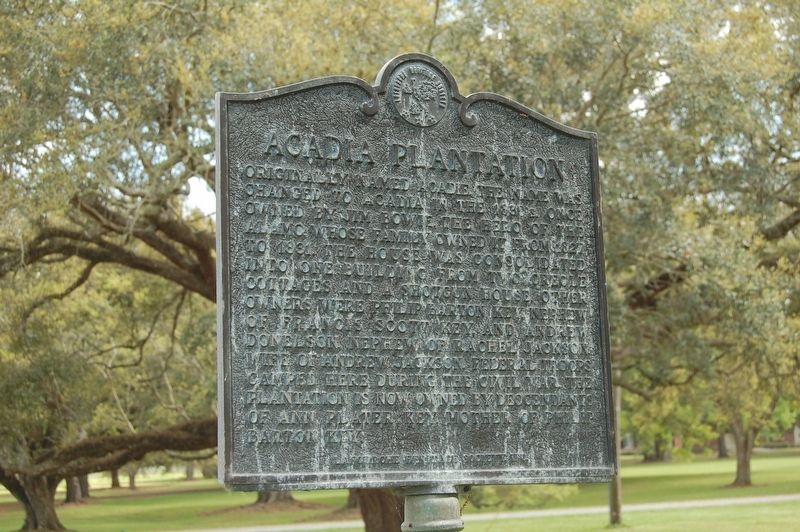 Originally named Acadie, the name was changed to Acadia in the 1830's. Once owned by Jim Bowie, the hero of the Alamo, whose family owned it from 1827 to 1831. The house was consolidated into one building from two Creole cottages and a shotgun house. Other owners were Philip Barton Key, nephew of Francis Scott Key, and Andrew Donelson, nephew of Rachel Jackson, wife of Andrew Jackson. Federal Troops camped here during the Civil War. Philip Barton Key, Jr. died at his plantation in 1855 and is interred at St. Joseph's Church Cemetery in Thibodaux. He was laid to rest in a traditional above-ground crypt. Maria S. Key is listed as head of household in 1860 census as the large family was still at Acadia Plantation at this time. With the fall of the south during the American Civil War, the plantation was likely lost and Maria moved back home to Maryland and her family home of Centerville in St. Mary’s County. In the 1880 census, 38-year-old William Thompson Key can be found living with her on the eve of his marriage to Josephine Baltzell. This happened here in Frederick on November 15th of that year. Of course, we don’t have the 1890 census, but I found scant mentions of Mr. and Mrs. Key throughout the decades leading up to the new millennium. The family can be found living in Washington, DC on 1021 East Capitol Street in the late 1880s, with William working as an accountant and clerk for the US Treasury Department. In 1900, I found William T. Key and his son, William Key, boarding in a house on St. Paul Place in Baltimore. This was near the intersection with Mulberry Street in center city, not far from the actual site of Francis Scott Key’s death in 1843 at Mount Vernon Place. Meanwhile, William and Josephine’s daughter, Louie Key (Ellert), was living in Frederick with her grandmother Josephine (Nelson) Baltzell at the home on East Second Street. Thanks to the earlier obituary on Dr. William H. Baltzell from 1899, I learned that Josephine Key was residing in Cuba at this time. I don’t know when she returned, but the couple would eventually return to Washington, DC. William T. Key died on January 10th, 1909 in New Orleans, Louisiana. I don’t know if he was just visiting or residing there with Josephine. Perhaps it was simply a winter escape to warmer surroundings in retirement. William appears to have been buried in the family crypt in Thibodaux, Louisiana. As a recent widow, Josephine can be found in the 1910 census living with her mother and son Nicholas Sewall at the home on E. 2nd St in Frederick. She would die five years later on February 12th, 1914 at the age of 54. At the time, she was living in Washington, DC with one of her sons. Josephine Key would be laid to rest in the Baltzell family lot here in Mount Olivet (Area E/Lot 29). There was some definite confusion as our records contain an interment card for William T. Key who is buried right next to Josephine. However, this is not her husband, although our electronic database mistakenly says it is. An original interment card is in conflict and says that this individual passed in Washington, DC on January 26th, 1920 and was 38 years of age. His profession was listed as machinist. I realized that this was William, Jr., the same son that was living with his father on St. Paul place in the 1900 census. Again, a difficulty lies in the fact that there is no 1890 census to connect him with both parents. I did find William Key (possible misspelling) in the 1910 census. This gentleman was boarding with a couple on Columbia Avenue and his profession was listed as a machinist working for the B & O Railroad. It’s not far-fetched that this is the same gentleman who died in January, 1920 in Washington. Either way, William is in an unmarked grave, right next to his mother in the Baltzell family lot. Thanks to a random meeting of a family from Indiana in March of 2017, I discovered extended members of the family of our most famous resident, found a connection to our Historical Society and was able to clear up a clerical error in our cemetery records database. Best of all, I was able to help the Ellerts understand their genealogy a bit better and take away fond thoughts of Frederick, Maryland.
Another January, and the annual “great re-start” opportunity for each of us. The time for putting New Years’ resolutions in play—"out with the old, in with the new.” I recently found myself perusing an old, local newspaper from January, 1914 and saw that a popular department store in downtown Frederick seemed to be practicing this mantra to a “T” as they were promoting a yearly clearance sale. Much like our popular county fair, the importance and scope of this event even included the adjective “Great.” The peculiar family name of this mercantile establishment is no stranger to Fredericktonians as it has been here since our earliest days. The business, itself, carried on through three generations overlapping two centuries, and is commonly known to many local historians and history buffs. Of course, clearing out inventory at Christmas and years-end is a goal of most businesses, anticipating new fashions and improved products. The Doll Brothers’ Department Store on North Market Street was something to behold. Whenever I think of it, my mind conjures up a giant dollhouse as a play on the German surname “Dohld” which was anglicized along the way to the English “Doll.” Speaking of dollhouses, in the heyday of this business, there was a three-act play that gained attention and it was called A Doll’s House, written by Norwegian playwright Henrik Ibsen. It premiered at the Royal Theatre in Copenhagen, Denmark on December 21st, 1879, having just been published earlier that month. The play is set in a Norwegian town circa 1879. Although having no close parallel to Frederick whatsoever, the play is significant for the way it deals with the fate of a married woman, who at the time in Norway lacked reasonable opportunities for self-fulfillment in a male-dominated world. This point stood paramount, despite the fact that Ibsen denied it was his intent to write a feminist play. It aroused a great sensation at the time, and caused a "storm of outraged controversy" that went beyond the theatre to the world of newspapers and society. More recently, in 2006, the centennial of Ibsen's death, A Doll's House held the distinction of being the world's most performed play in that year. A movie version of the play appeared in 1917 and starred the famed actor Lon Chaney, known for starring roles in such silent horror films as The Hunchback of Notre Dame (1923) and The Phantom of the Opera (1925). Of course, I first heard his name as it was mentioned in Warren Zevon’s 1978 smash-hit song “Werewolves of London.” Chaney's ability to transform himself using his own makeup techniques earned him the nickname "The Man of a Thousand Faces. I did find mention that Ibsen's play was the center of a dramatic reading at the City Opera House in February, 1914. The woman who did the honors was a talented actress named Madame Harriet Labadie. I could only imagine if either of the Doll Brothers, Charles Joseph Doll or younger sibling Roger Allen Doll, were in the audience that night in the building we call Brewer’s Alley Restaurant today? Whether they were or were not, their fabled store was only a stone’s throw away. To give a history on these brothers and the business they ran as third generation operators, I found my answer in T.J.C. Williams’ History of Frederick, Maryland (published 1910). It featured biographies on these brothers, as well as their father (George Joseph Doll) and grandfather (Ezra Doll). Ezra is said to have started the dry goods business. A search in old newspapers provided me with a very bizarre article about the death of the brothers’ great-grandfather, Joseph Doll (b. 1748) and regarded as an Associator (a member of volunteer military association) during the American Revolution. Mr. Doll was apparently the unfortunate victim of a lethal bolt of lightning and his macabre death was eloquently told in the Republican Advocate newspaper of Frederick in their June 7th, 1805 edition.
Now for the biography on the Dolls found in Williams' History of Frederick County: “The Doll Brothers, comprising Charles J. and Roger A. Doll, are the proprietors of the leading department store in Western Maryland, located at No. 205-9 North Market Street, Frederick, Md. Ezra Doll, the grandfather of Charles J. and Roger A. Doll, was for many years a merchant in Frederick City. He was descended from one of the earliest settled families in Frederick County. It was in his store that G. J. Doll, the father of the members of the above firm, received his first practical insight into mercantile methods. He evinced exceptional aptitude for his chosen pursuit from the very outset, and for over forty-five years was one of the most successful merchants of Frederick. He directed the affairs of his establishment with an ability, foresight and sagacity that stamped him as a man of high executive capacity and rare mercantile acumen. To his forceful personality was due much of the prestige and prosperity attained by him, and he became widely prominent in mercantile circles as one of the ablest and most representative men identified with that branch of industry. A merchant of the old school, whose business methods were characterized by the highest principles, he commanded respect and confidence of business and financial circles generally. I couldn't find much more on Ezra other than he dabbled in politics, and owned property (10 and 12 East 5th Street from 1825-1838) in town. He also owned farms outside town with part of Bear Den (Worman's Mill vicinity) and another property on Old Annapolis Road. Jacob Engelbrecht recorded the death of Ezra Doll in his famed diary on Thursday, September 29th, 1842: “Died yesterday morning in the 43rd year of his age Mr. Ezra Doll of our vicinity, farmer, son of the late Joseph Doll, Junior, & son in law of the late George Zieler. Buried on the German Reformed graveyard.” Ezra Doll's body would be removed to Mount Olivet from the German Reformed graveyard (today's Memorial Park) at the time of his wife Harriet's death in February, 1886. Both are buried beneath a sizeable monument in Area C/lot 170. George Joseph Doll was only 14 years old when his father died in 1842. He had to grow up fast to assist his widowed mother and younger siblings. The 1850 census shows the Dolls living in downtown Frederick. George is referred to by his middle name "Joseph" and is working as a cabinetmaker. His brother Samuel would follow in this trade based at the Doll residence confirmed to be on the southside of E. 2nd Street between Market and Middle Alley as mentioned earlier. Williams' History of Frederick County says the following about George Joseph Doll: “G. J. Doll was a native of Frederick County, where he was born in 1829, and died in 1895. In politics he was a Republican, and a Union sympathizer during the Civil War. In religion he was an active and consistent member of the Lutheran Church. Fraternally, he was a member of the Masons and numerous other organizations. Mr. Doll was married to Elizabeth Wisong. They were the parents of nine children, eight of whom grew to maturity: Ellen Virginia, the wife of L. P. Sheerer, of Charlotte, N.C.; Elizabeth W., unmarried, of Frederick City; Charles J., of whom presently; Melville E., office clerk for Doll Brothers; Henry W., employed by the Baltimore Bargain House, Baltimore, Md.; Roger A., of whom presently; George J., in the employment of the Frederick City Brush works; and Frank A., deceased.” George J. Doll originally went into business with a man named Caleb A. Anders (1828-1888). The earliest advertisements for this partnership were from the summer of 1857. By spring of the following year, Mr. Doll was the sole proprietor. He had quickly built up his reputation after opening his mercantile store of dry goods and groceries. In other pursuits, George J. Doll was quite active with the Junior Fire Company, and possessed musical talents to lead their company musical group named "the American Band." The Civil War would captivate the minds and lives of Frederick residents over the next half decade. It would also impede commerce and regular business as well. Ironically, I found an advertisement from 1860 in which Mr. Doll was touting extension skirts fashioned by "Southern Belles," although he would prove to be a steadfast Union man. He did not serve in the military because of his business standing, but the Mr. Doll's business was slowed during the period. He also had a large family to tend to as well during this turbulent decade. George J. Doll bought the property that is now 205-207 North Market Street in 1863, the site of his successful store. George J. Doll bought the house currently sitting at 11-13 West 2nd Street in 1872 for his home (his heirs sold it in 1909). Like other successful businessmen, he had a country home as well. George owned the property originally known as Mount Prospect and later as "Cronise's Prospect" from 1868 to 1872. This is known as "Poff's Prospect" today and is located at 11530 Auburn Road, just south of Springfield Manor on the west side of US 15 north of Frederick west of Lewistown. At the same time, he also owned a 13-acre mountain tract. Mr. Doll also bought a 446-acre property known as "Surry" on the Woodsboro Turnpike in 1893 which his heirs sold in 1910. George J. Doll did a great deal to improve his business, including a major renovation in 1875. His son Charles Joseph Doll would join him in business around this time at the age of 16. I couldn't determine who the gentleman, or brother, referred to with the firm's name of G. J. Doll & Bro. in the late 1860s and early 1870s. However, I did find that a few years after the store renovation, it came time for George to groom his heir apparent in the form of his oldest son, Charles Joseph Doll. This occurred in 1889. The firm's name was changed to G. J. Doll & Son at this time. (Williams' History) “Charles J. Doll, of the firm of Doll Brothers, was born August 14, 1859. In politics he is a Republican, and is a consistent member of the Lutheran Church. He is a director of the Farmers’ and Mechanics National Bank of Frederick. Mr. Doll was married to Mary L. Cramer, of Frederick City, who is descended of an old and respected family of Frederick County. They are the parents of two children: Frank A. and Marianna. Roger A. Doll, younger partner in the firm of Doll Brothers, was born October 26, 1873. He was married to E. L. Sanders. There is no issue by this marriage." Just a few years after his official retirement in 1893, George J. Doll passed at the age of 66 on December 1st, 1895. The official cause of death was paralysis from Brights Disease. He would be buried in his father's extended lot in Area C/Lot 172. Charles and Roger did their father proud and continued to grow the business into the 20th century. The Williams' history continues with a vivid description of their triumphs: (Williams' History) "In 1893, Charles J. and Roger A. Doll established the present firm of Doll Brothers, at the stand of their father. The business was a success from the start, and continued to grow until their quarters became inadequate and a new building was erected by them in 1906. The edifice is a handsome three-story brick structure, 38 feet in width and 100 feet in depth, finished in hard oak and hard oil finishing. In the construction and design of the building, and adaptation to business, there is evinced an amount of care and study down to the smallest details that is truly remarkable. The first floor is devoted to dry goods, dress goods, notions, etc.; the second floor to carpets, rugs, mattings, etc.; also, ladies’ suits, cloaks, waists and other things in that line. The third floor is for reserve stock. The building is electrically lighted, and the pneumatic tube cash system is used. The firm carries the largest stock of its kind in Western Maryland, and Charles J. Doll, who does the buying, makes weekly trips to Baltimore in order to keep their stock constantly refreshed.” The firm would continue to prosper in the decades to follow, but a tragic event would occur in 1930. After a lengthy and relaxing vacation in Atlantic City, Charles J. Doll would return to work in the family store, but not for long. On July 2nd, 1930, Mr. Doll apparently became distraught over the death of close friend and fellow Frederick merchant, C. Thomas Kemp. He would surprisingly take his own life on this very day sending shock waves through the community. Another sad part of this story gleaned through recent research came in finding that Charles' wife, Mary (Cramer) Doll had to endure the tragedy of suicide of loved ones twice in her life. Her father, also a noted businessman in town, took his own life in a similar manner as her husband back in November of 1893. His name was George William Cramer. Roger Doll would take over the family business with assistance from Charles’ son-in-law, Alvin H. Crawford, Sr. who had married Marianna Doll. Mr. Crawford had been made a partner back in 1924. However, just over a year after Charles’ death, the firm called it quits. Roger appeared to enjoy his retirement. He eventually died in 1958 and would be buried in the same lot on Area T as his brother and longtime business partner for all those years. Parsons Store, under the direction of I. Manning Parsons, Jr., would take the place of Doll Brothers in 1931 and had a very successful run in its own right of 53 years. Alvin H. Crawford, Sr. was retained as manager for Parsons Store. I found the old newspapers filled with ads for Mr. Parson's business. I was particularly impressed with ads from the 1950s in which he touted his establishment being entirely air-conditioned. 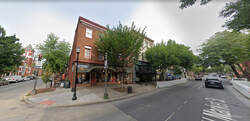 In 1984, next-door neighbor Connie Cook (of Connies) purchased the building and business from Mr. Parsons. Today the old Doll Building is home to a "home goods store" called Creme de la Creme. Looking at photographs of this latest endeavor online, it's easy to imagine and envision the Doll Brothers Store of a century ago and more. From the street or sidewalk outside, one can look high atop the north side of the structure (and next door neighbor Bushwallers) and faintly make out the word "cloaks" within the advertising message painted on the facade for Parsons. This message covered up an earlier one for Doll Brothers, or perhaps just the store owner's name was all that changed. What a great business legacy this "dollhouse" has had.
|
STORIES
|
Archives
July 2024
June 2024
May 2024
April 2024
March 2024
February 2024
January 2024
December 2023
November 2023
September 2023
August 2023
July 2023
June 2023
May 2023
April 2023
March 2023
February 2023
January 2023
December 2022
November 2022
October 2022
September 2022
August 2022
July 2022
June 2022
May 2022
April 2022
March 2022
February 2022
January 2022
December 2021
November 2021
October 2021
September 2021
August 2021
July 2021
June 2021
May 2021
April 2021
March 2021
February 2021
January 2021
December 2020
November 2020
October 2020
September 2020
August 2020
July 2020
June 2020
May 2020
April 2020
March 2020
February 2020
January 2020
December 2019
November 2019
October 2019
September 2019
August 2019
July 2019
June 2019
May 2019
April 2019
March 2019
February 2019
January 2019
December 2018
November 2018
October 2018
September 2018
August 2018
July 2018
June 2018
May 2018
April 2018
March 2018
February 2018
January 2018
December 2017
November 2017
October 2017
September 2017
August 2017
July 2017
June 2017
May 2017
April 2017
March 2017
February 2017
January 2017
December 2016
November 2016

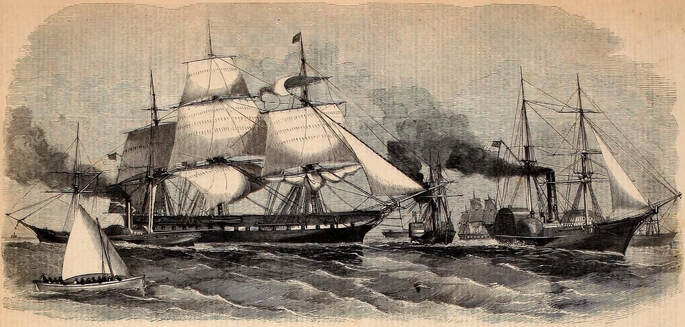
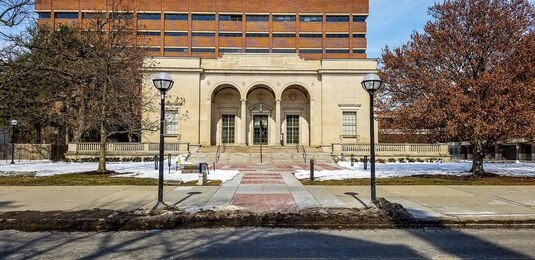
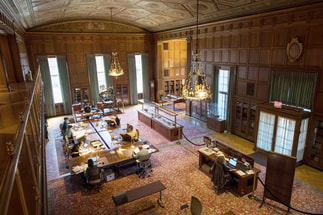
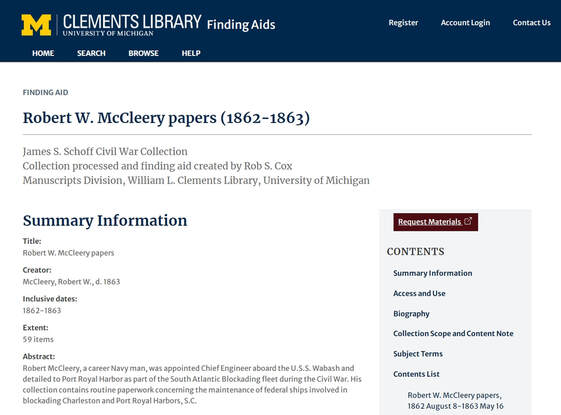
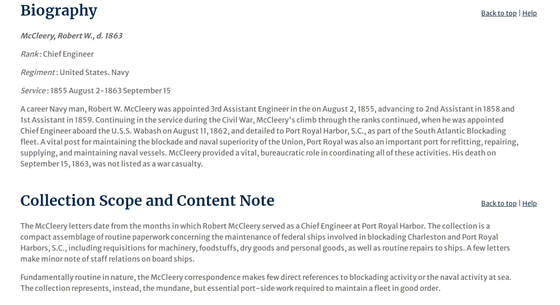
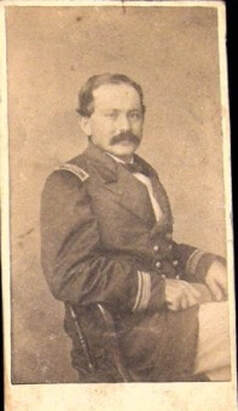
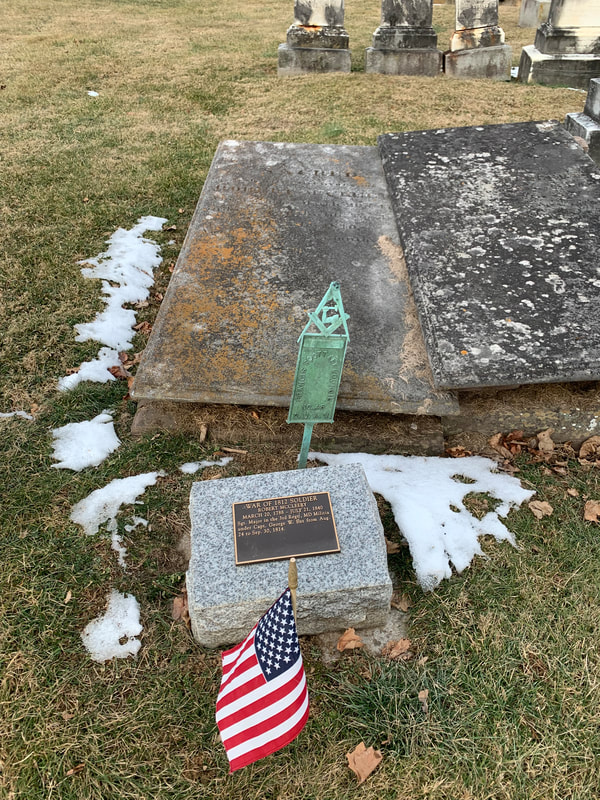

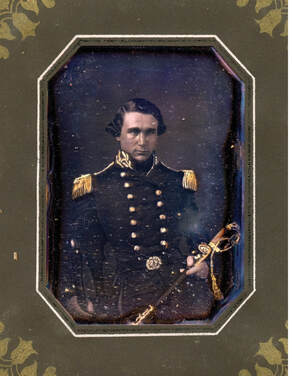
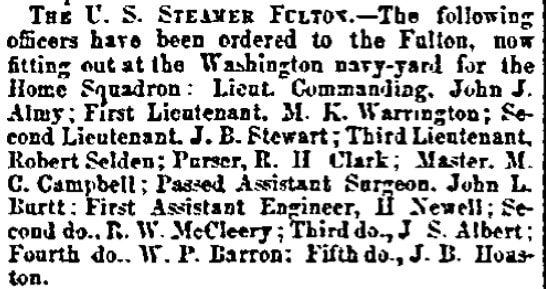
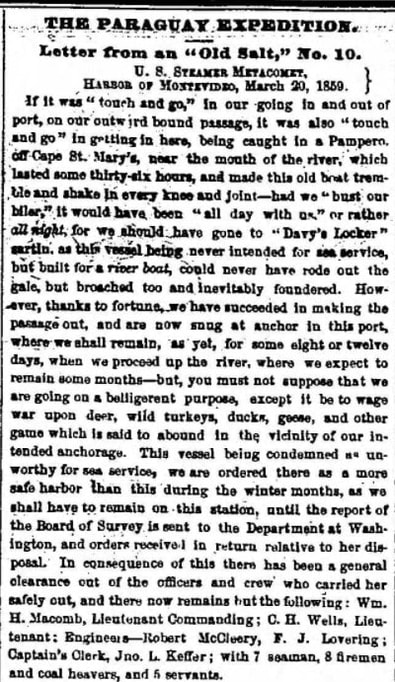
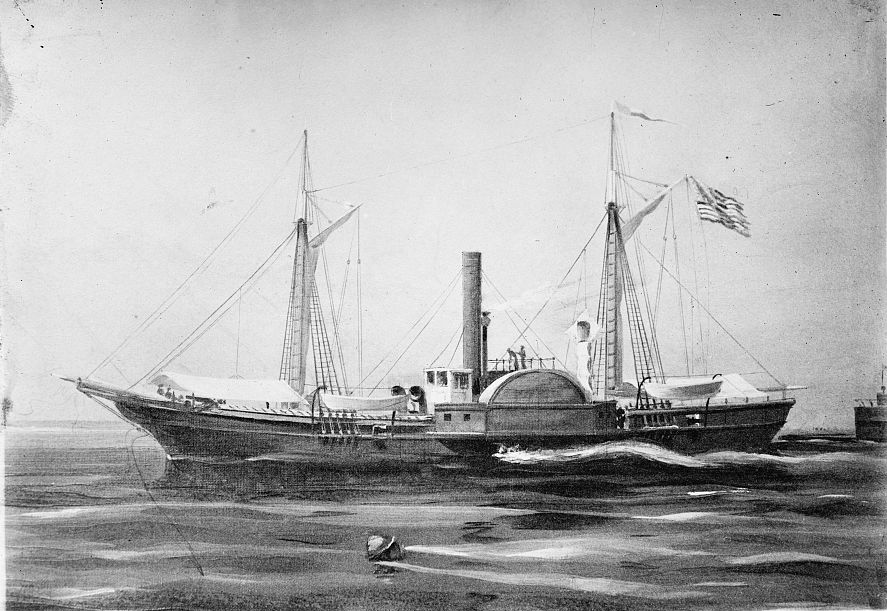
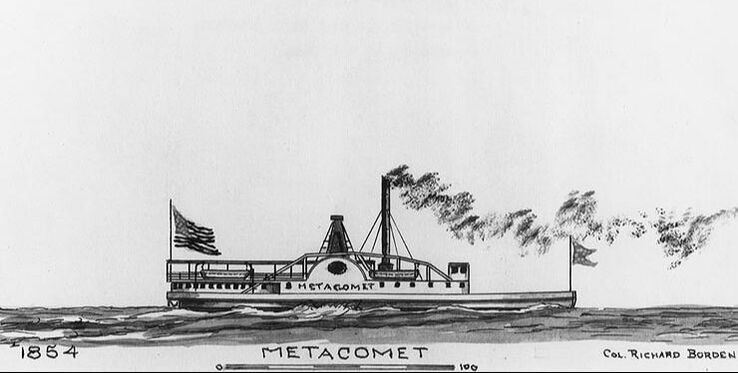
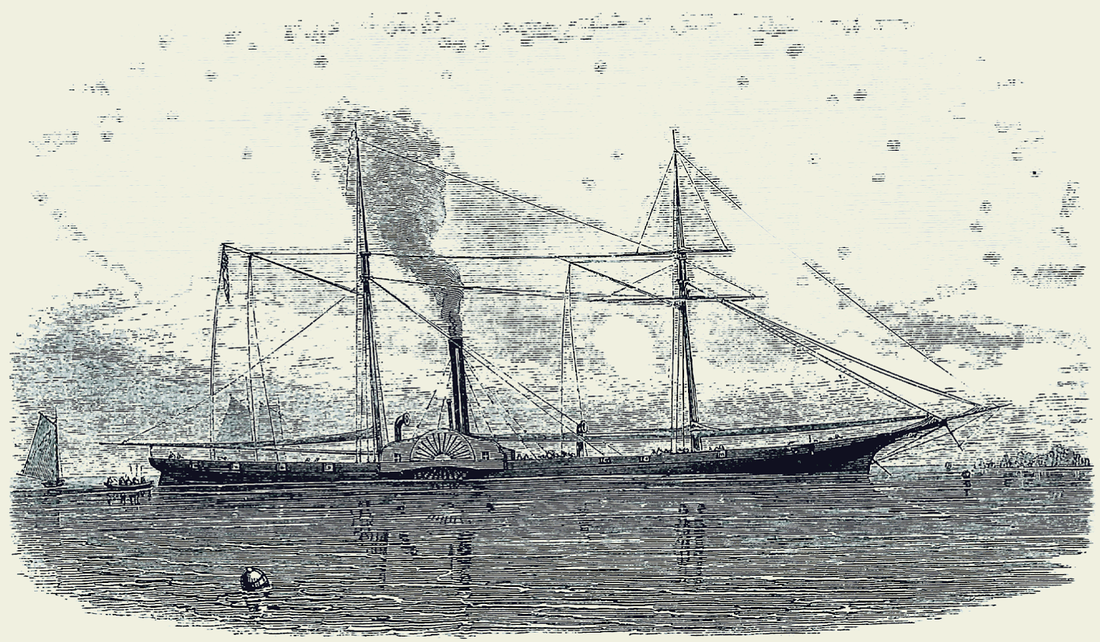

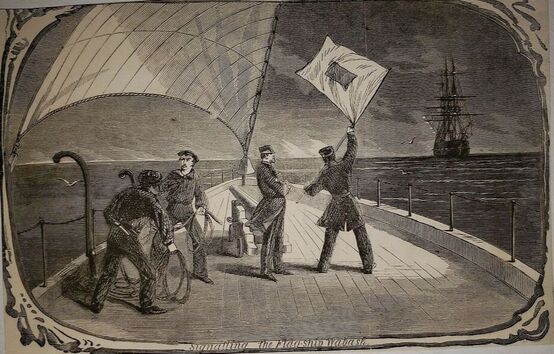
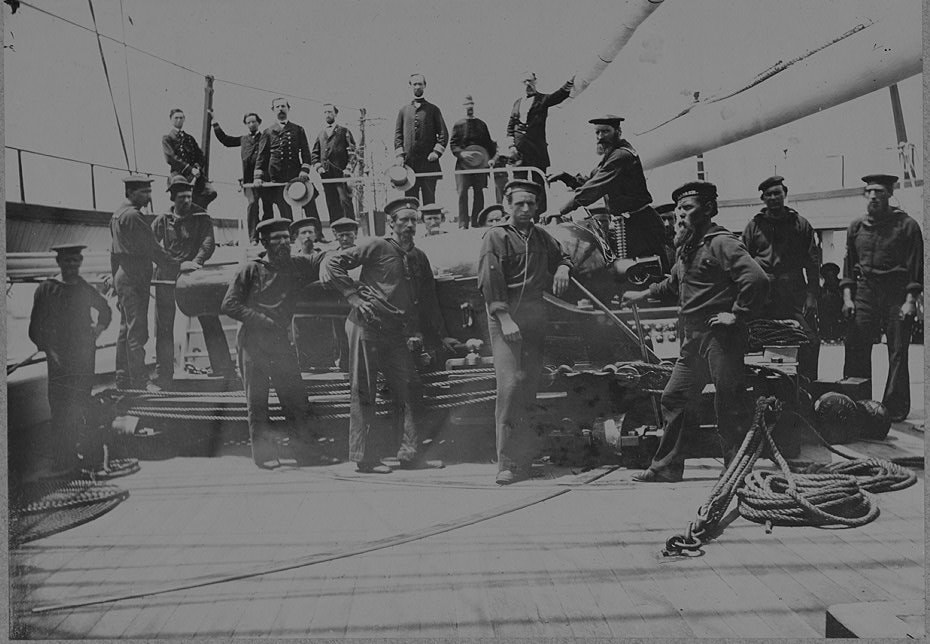
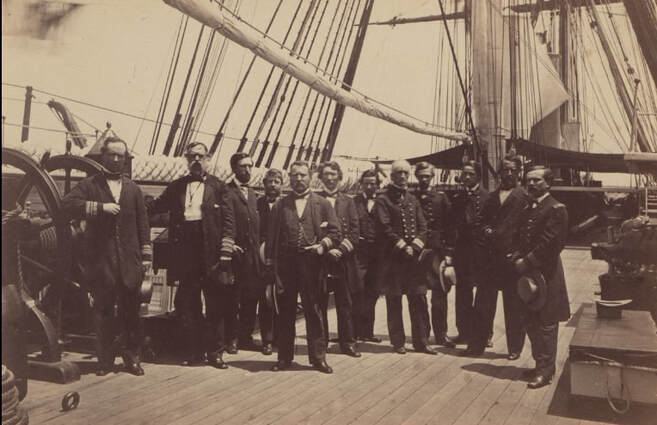
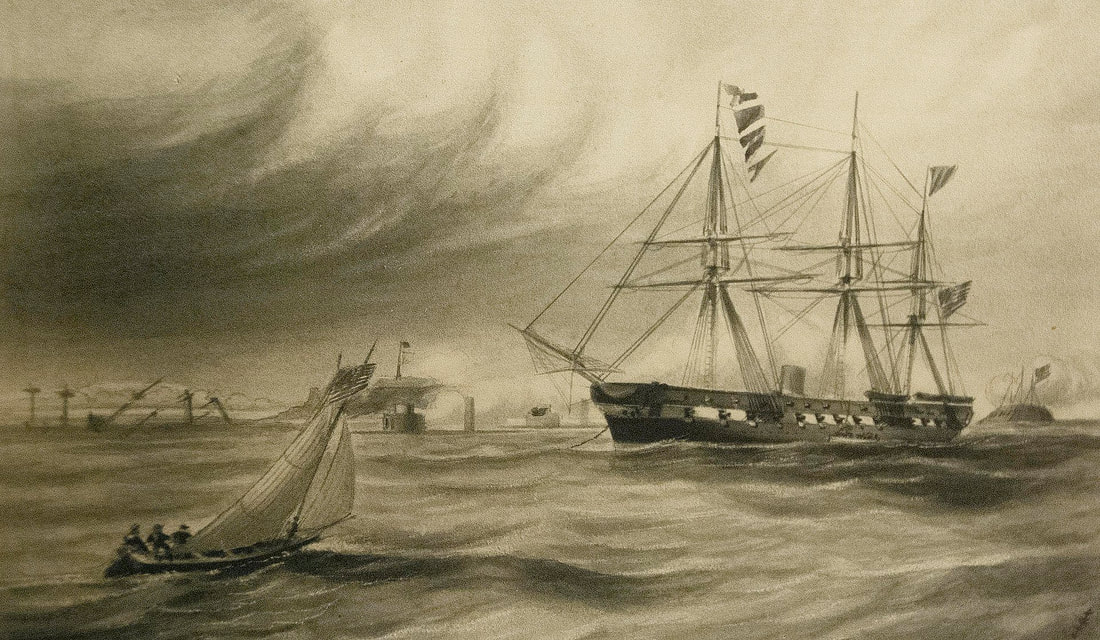
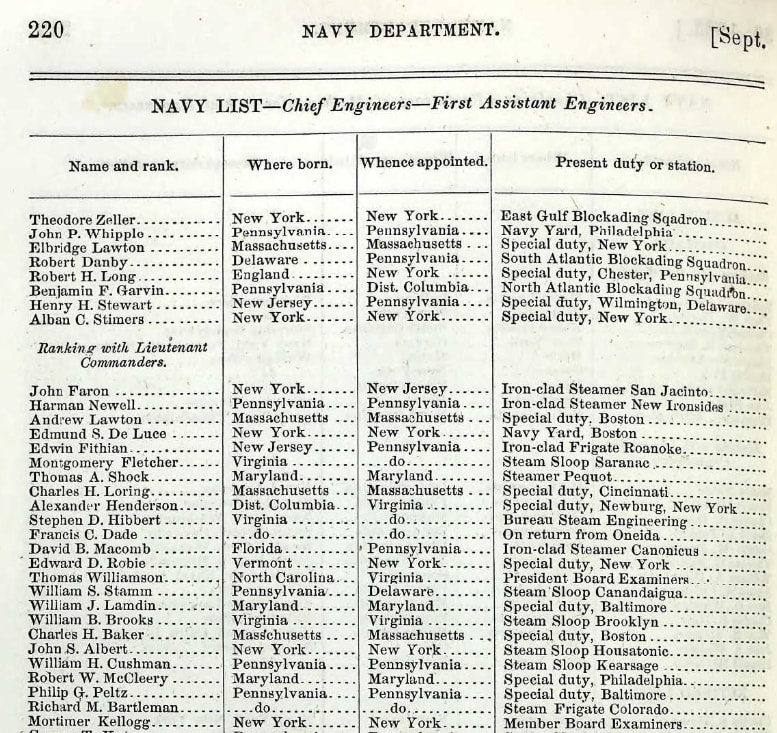
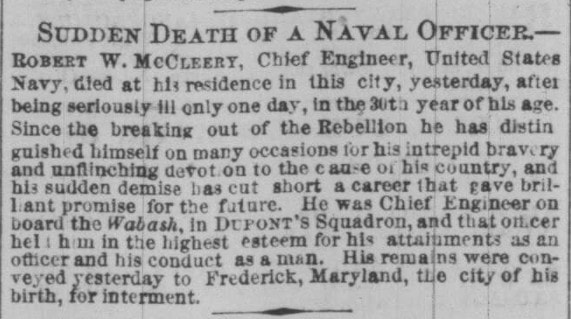
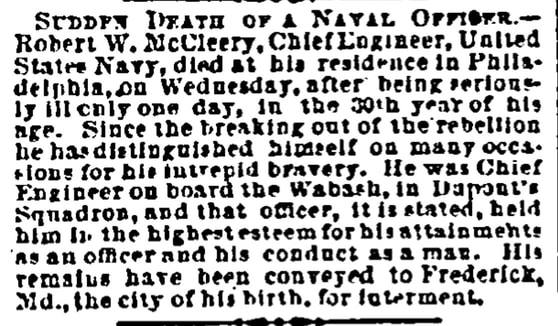
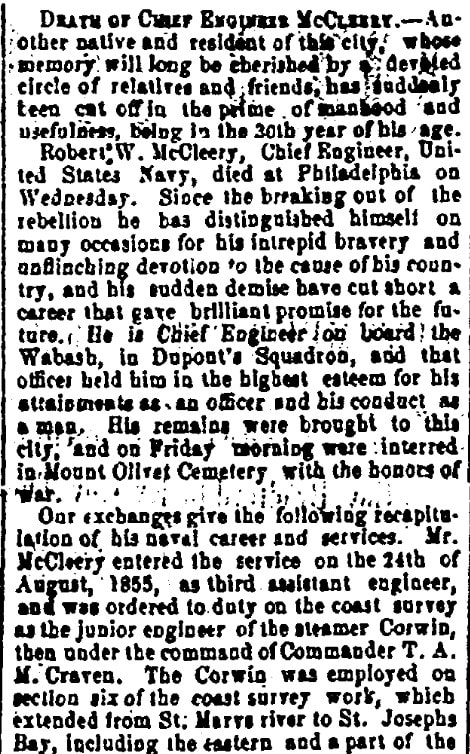
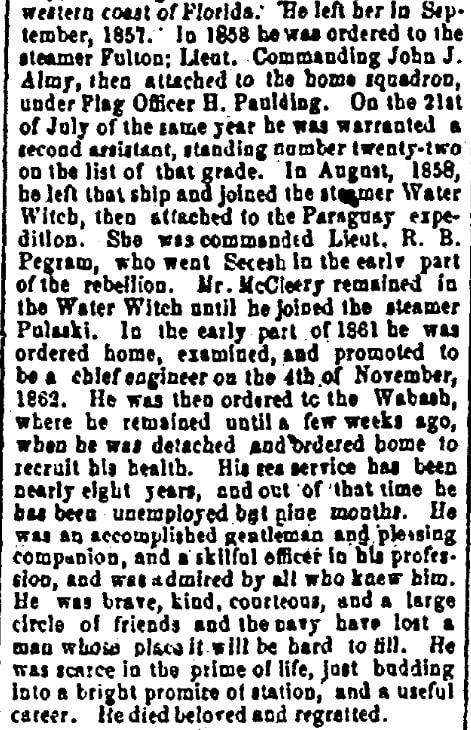
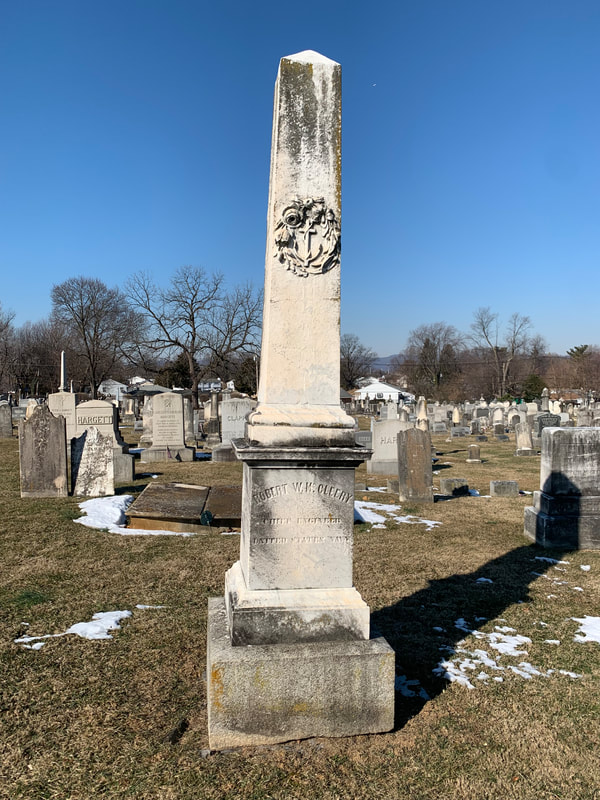
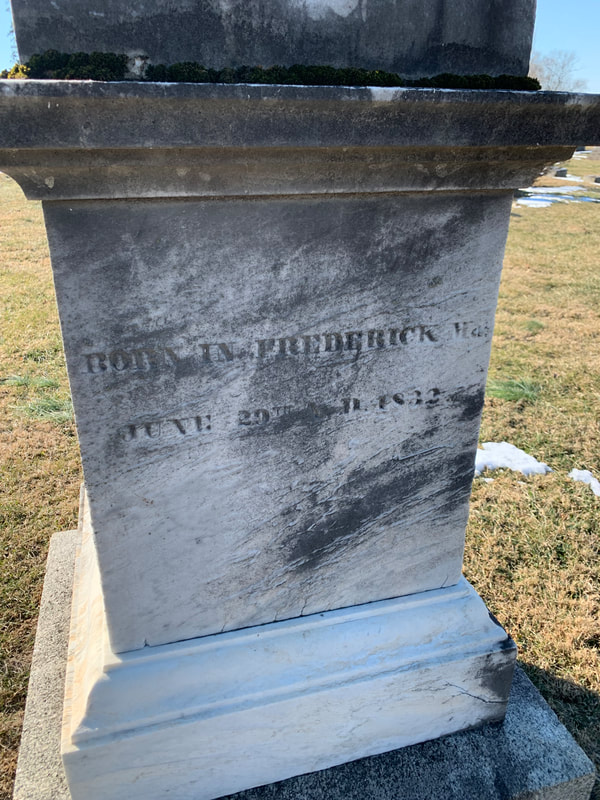
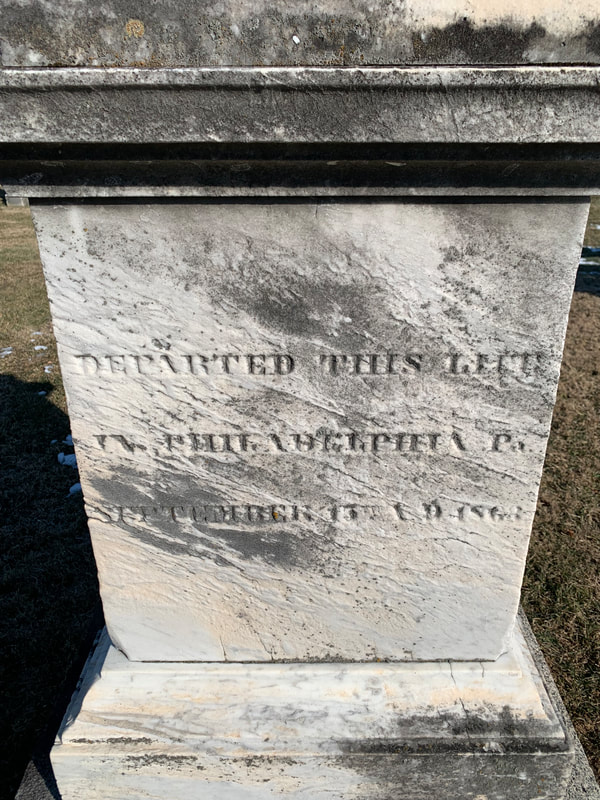
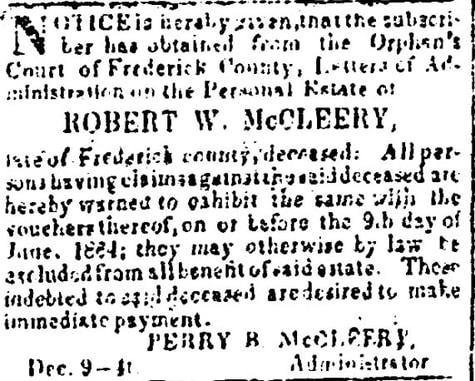
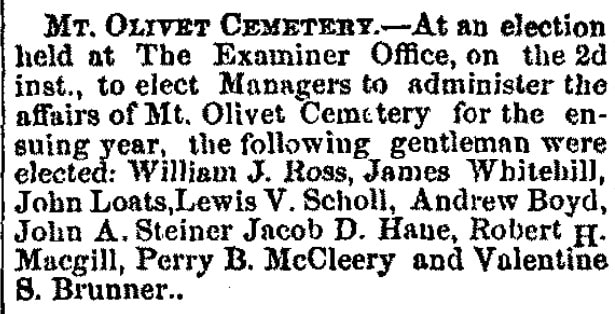
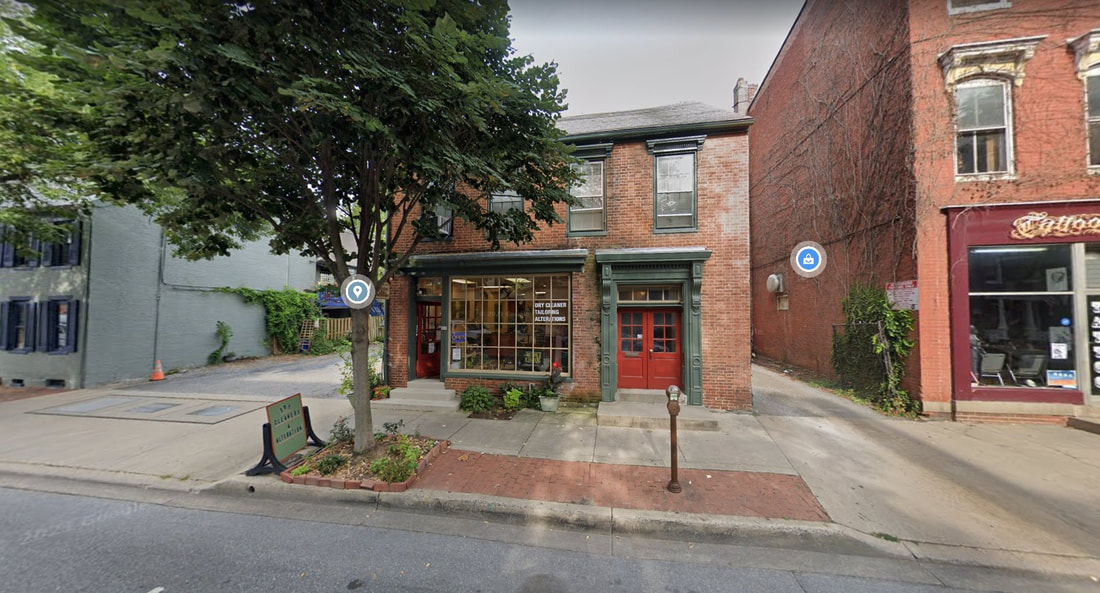

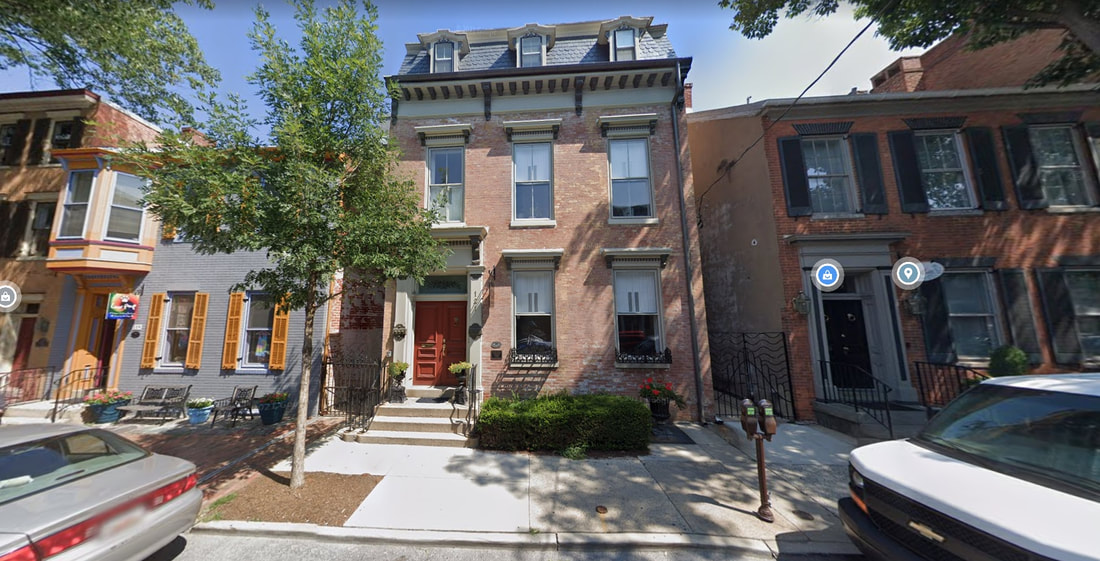

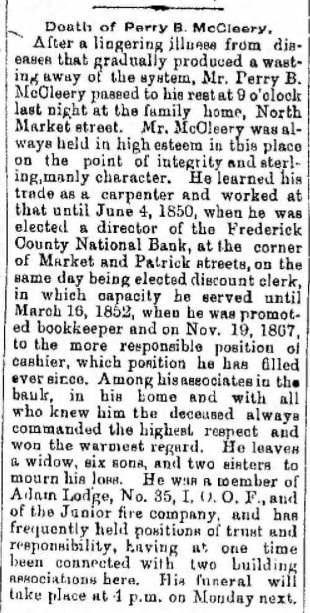
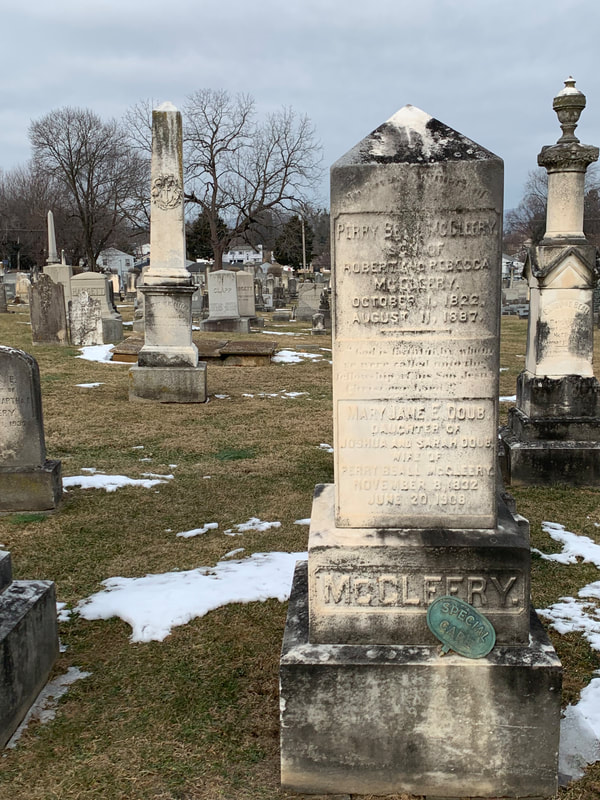
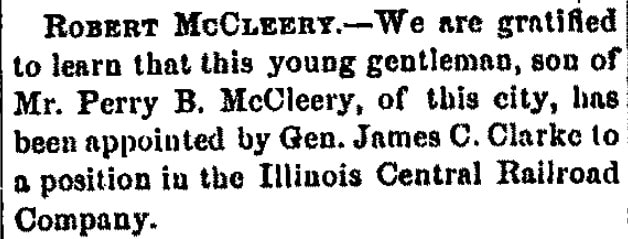
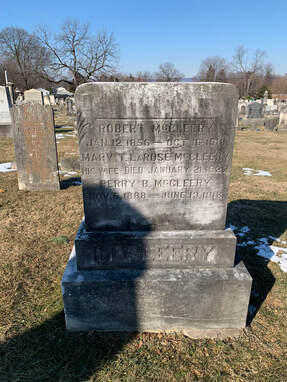
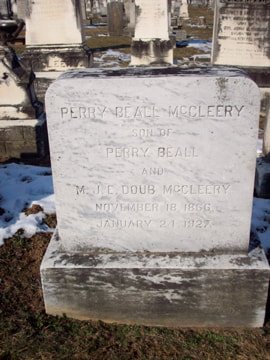
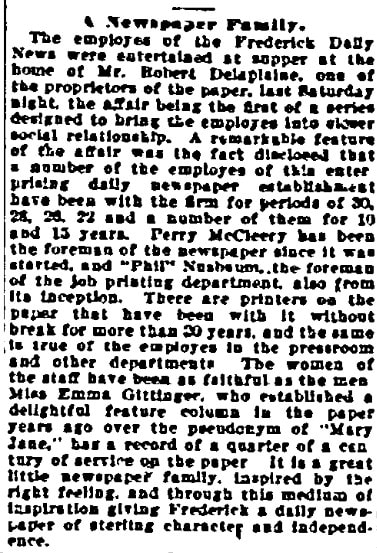
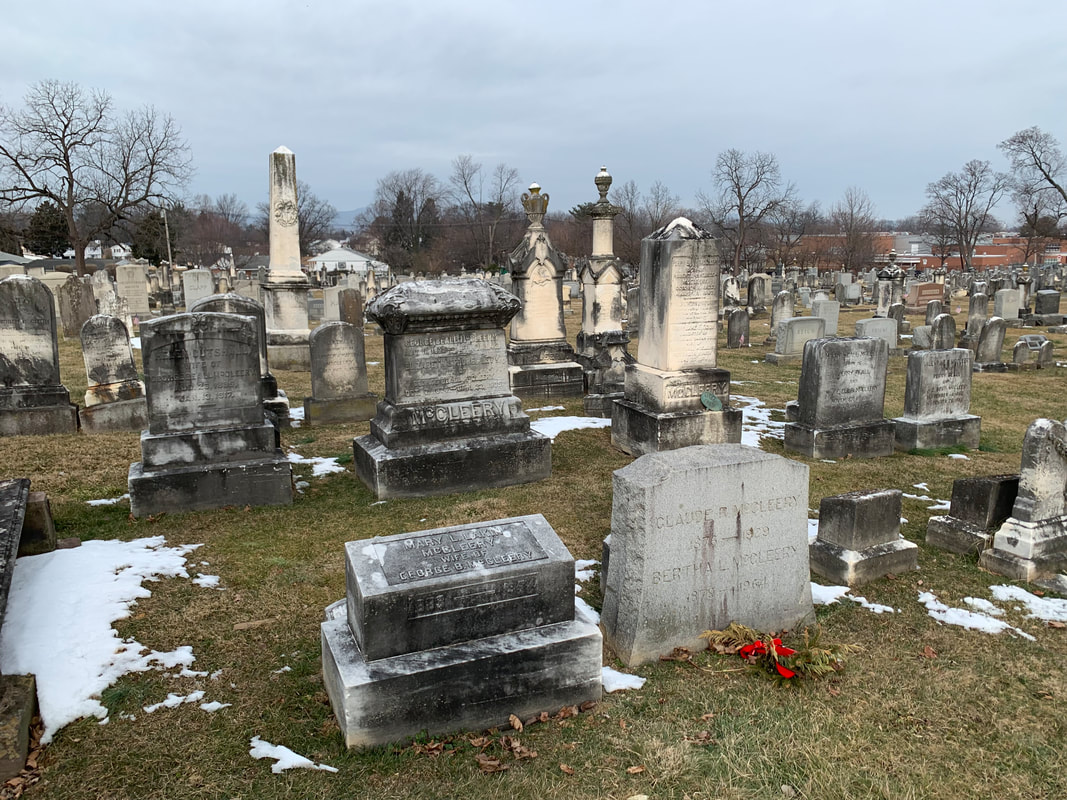
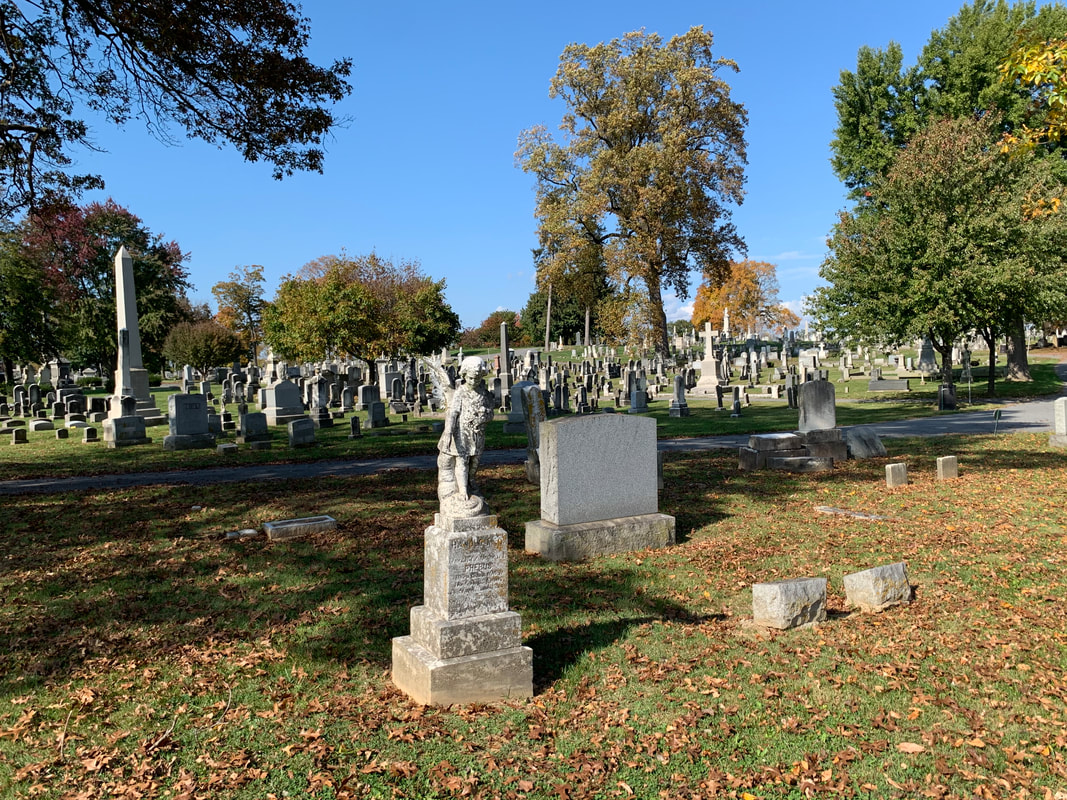
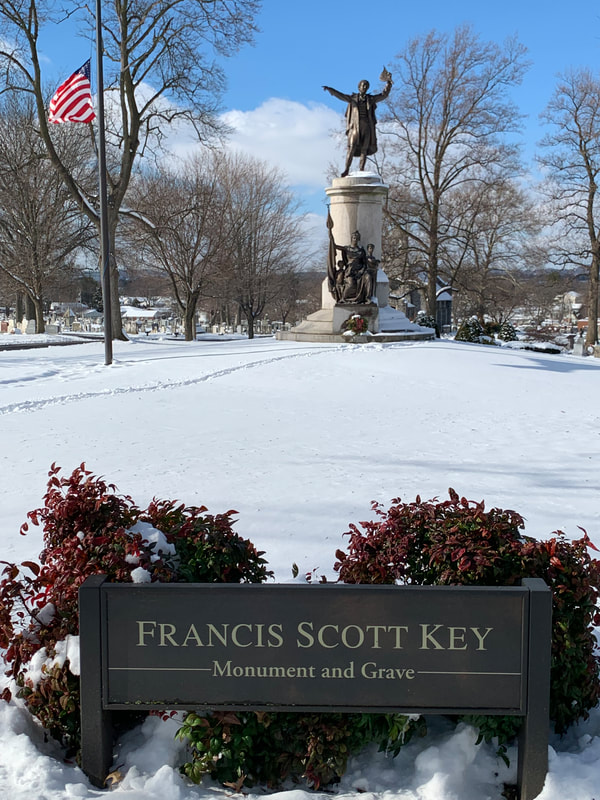
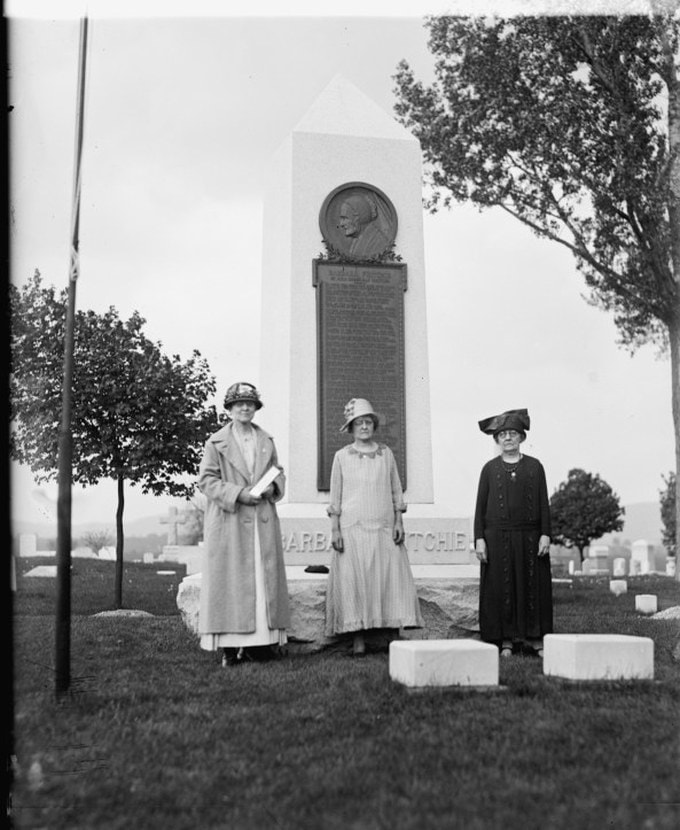
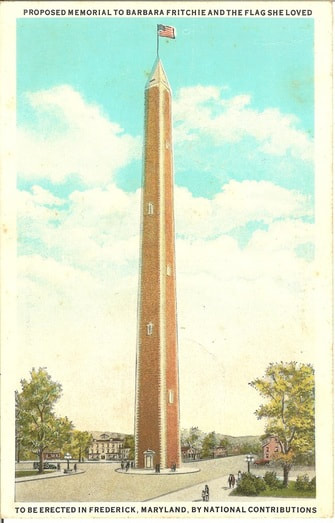
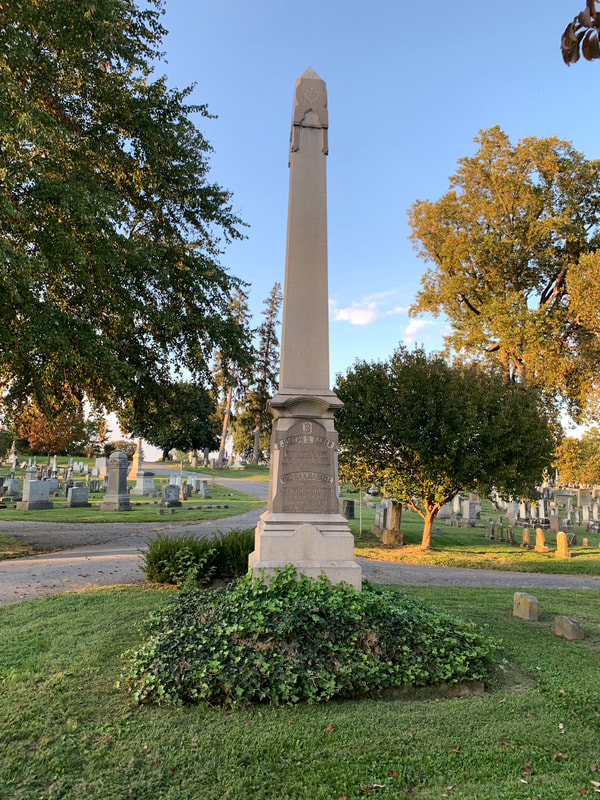
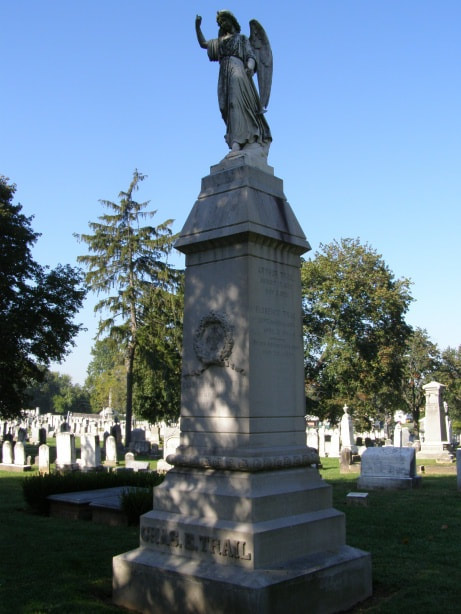
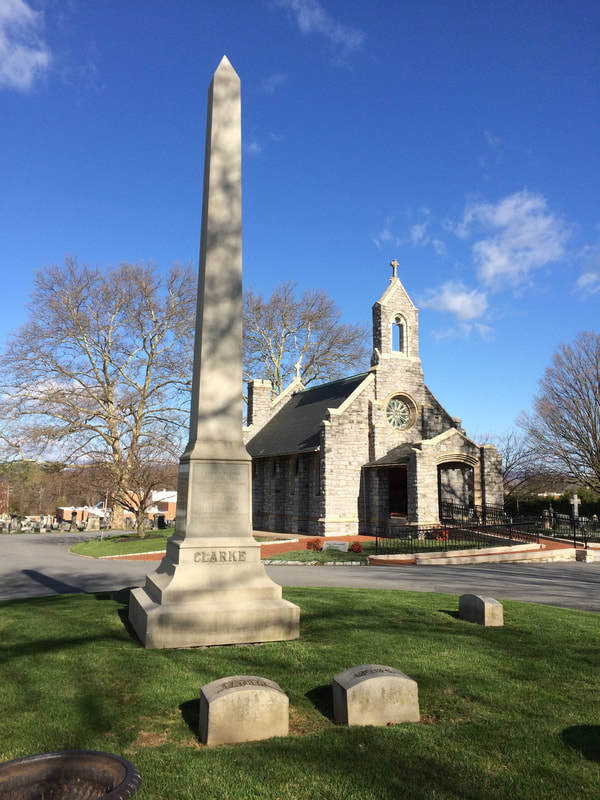
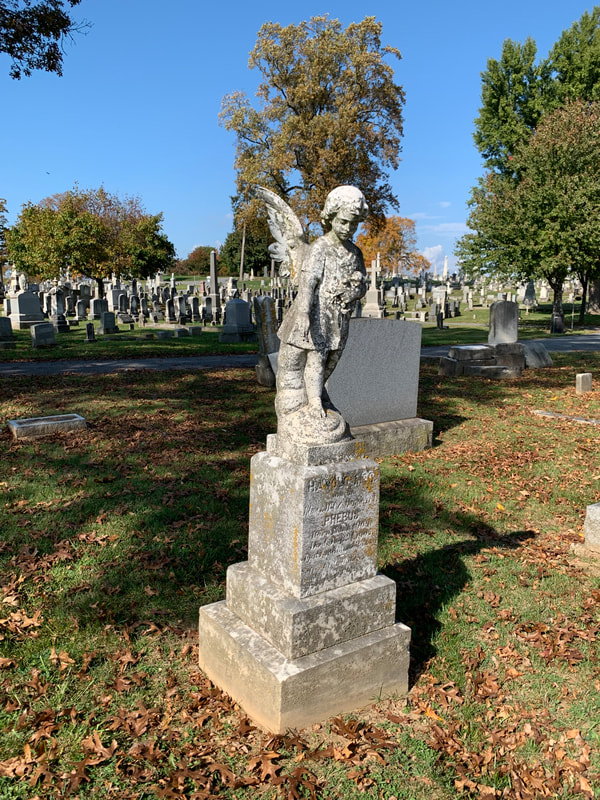
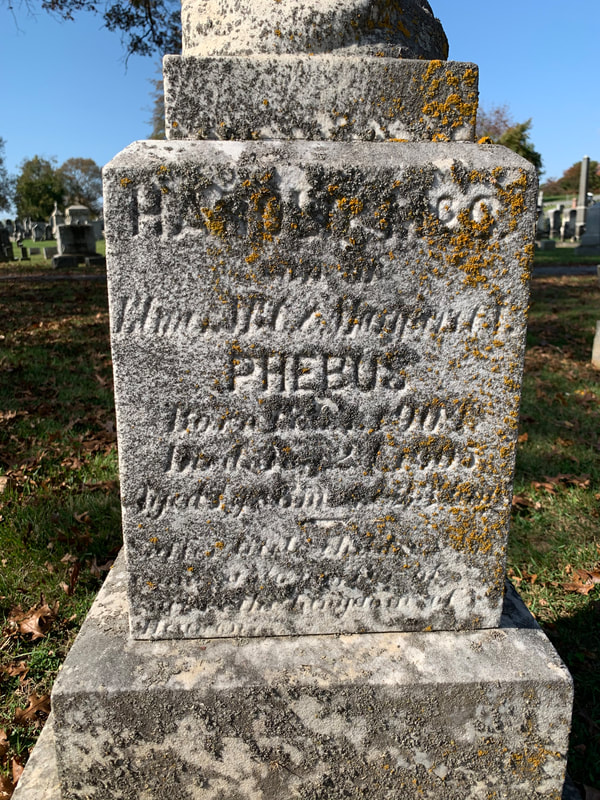
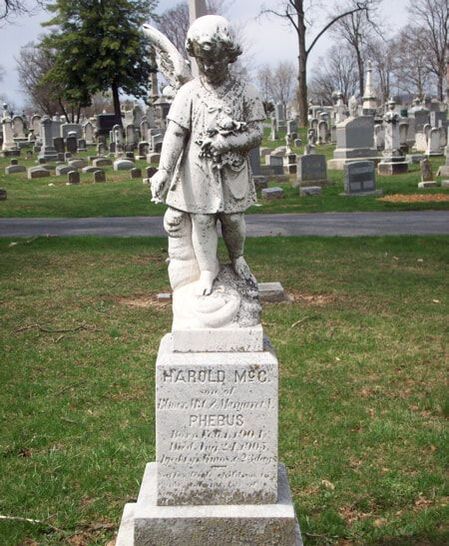
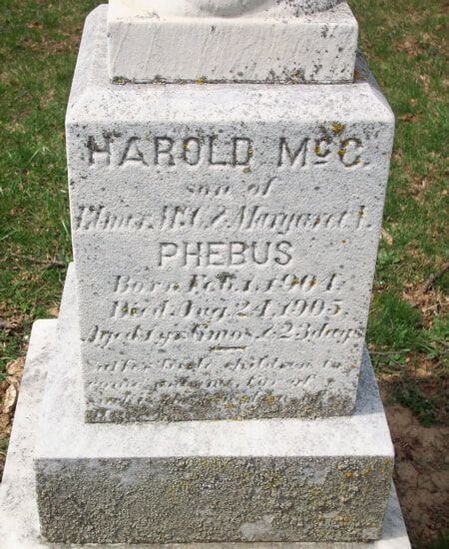

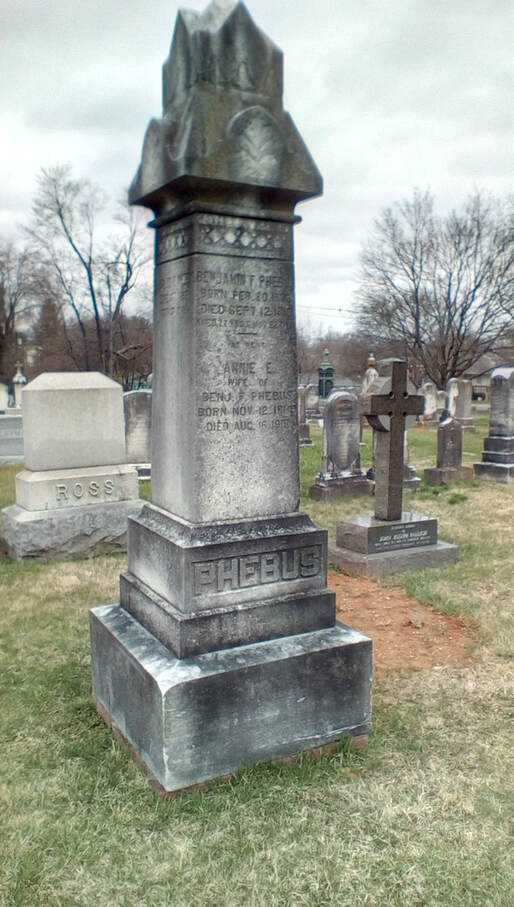

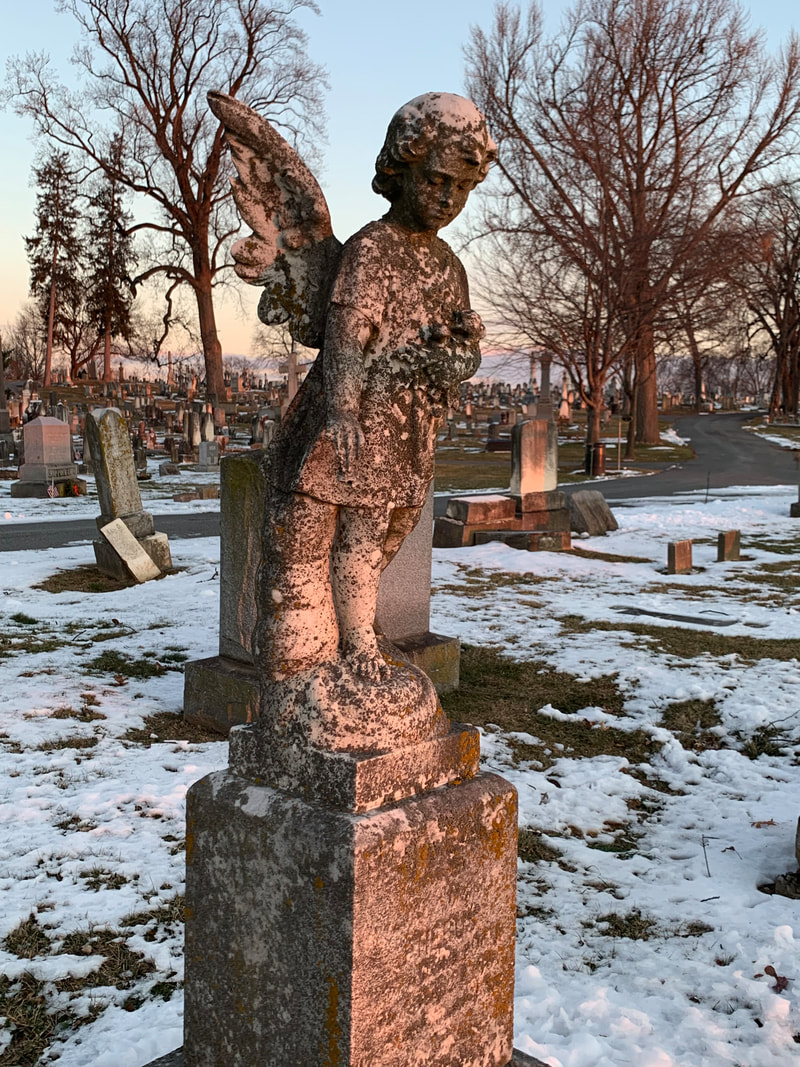
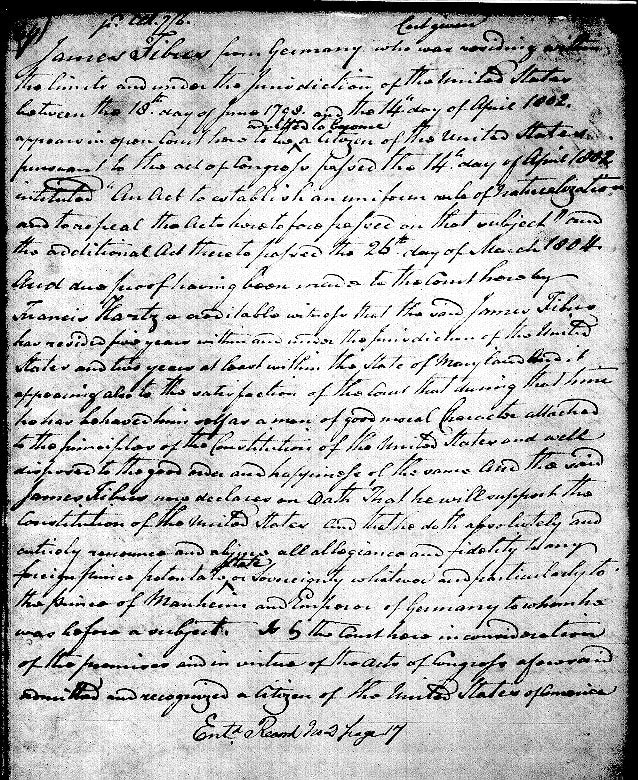
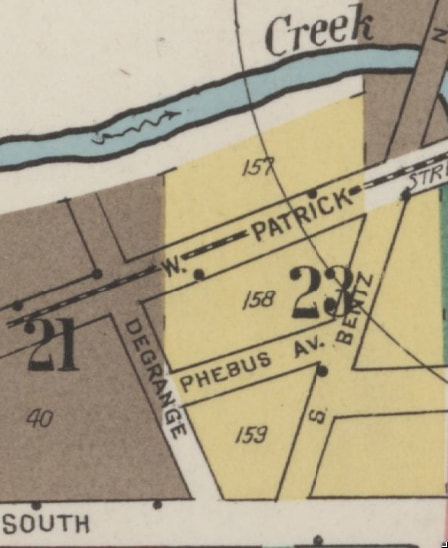
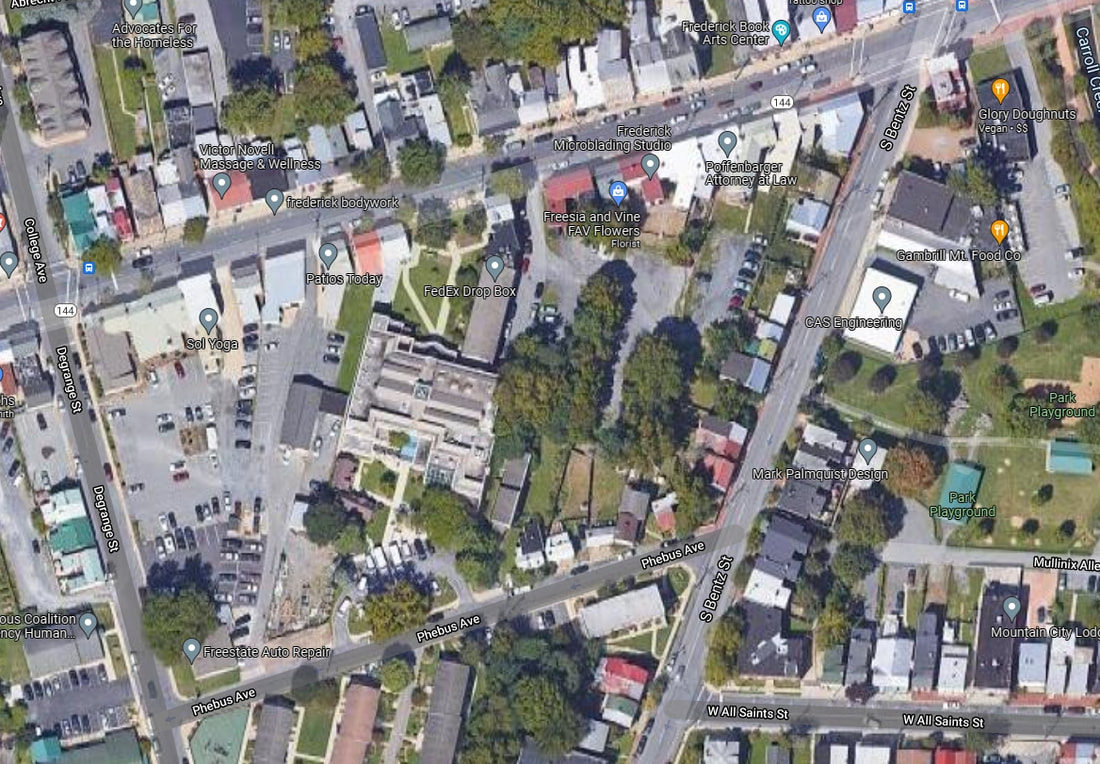
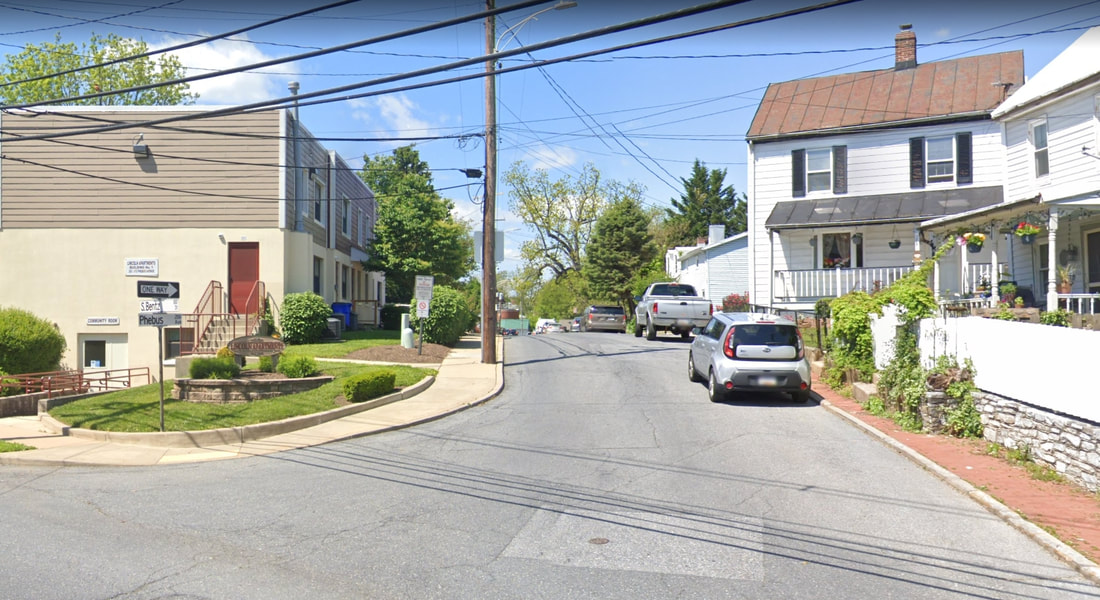
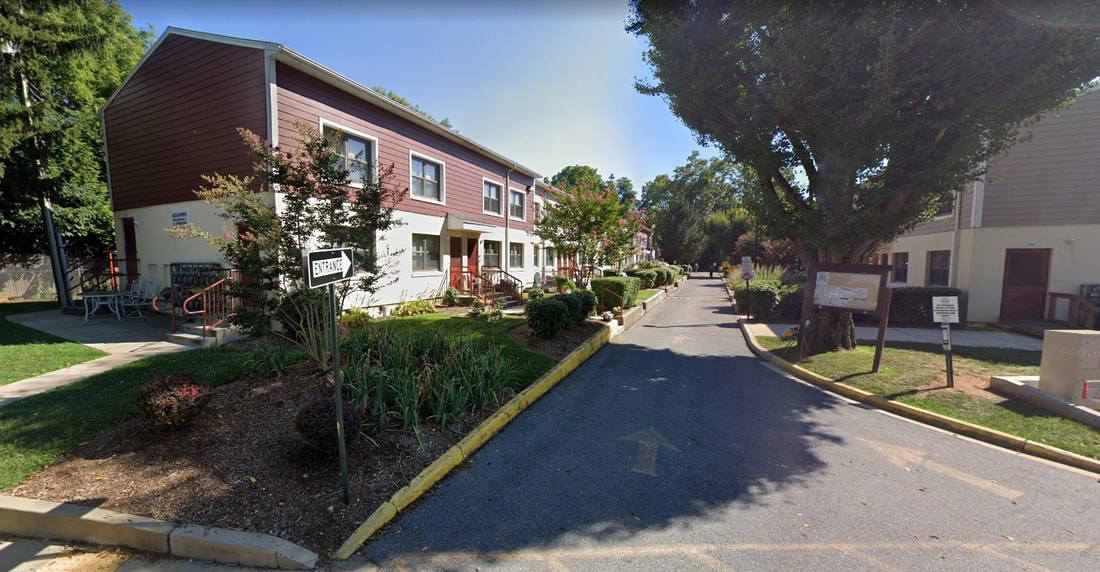
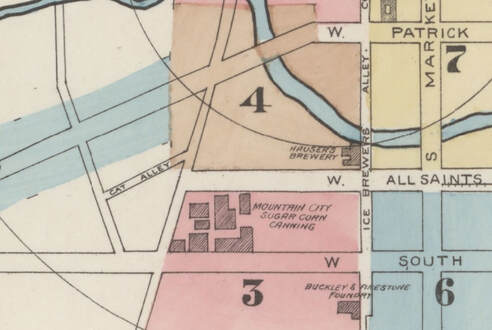
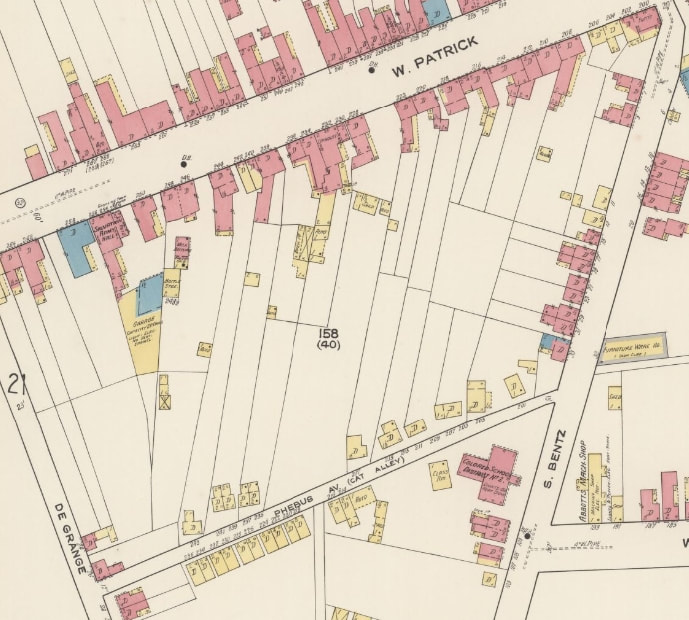
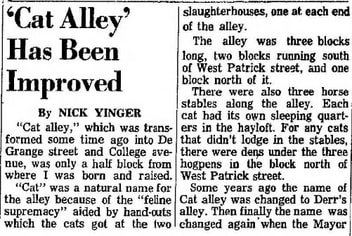
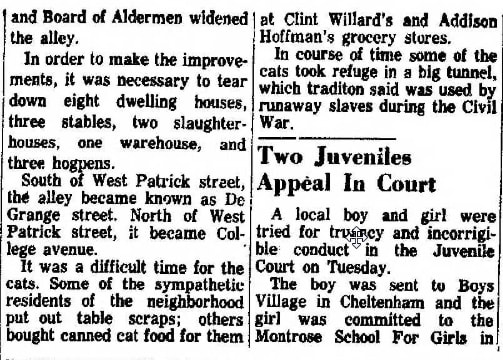

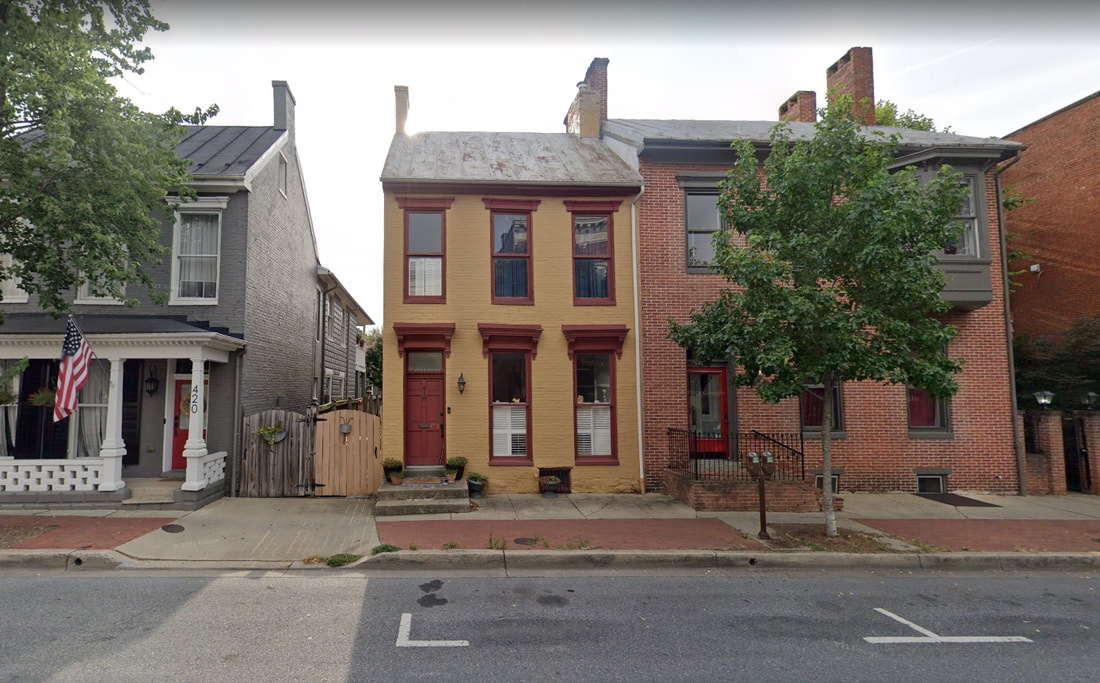

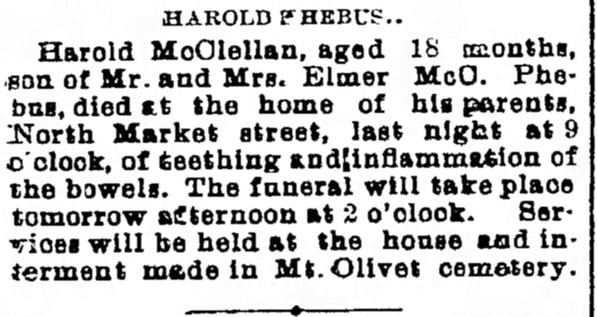

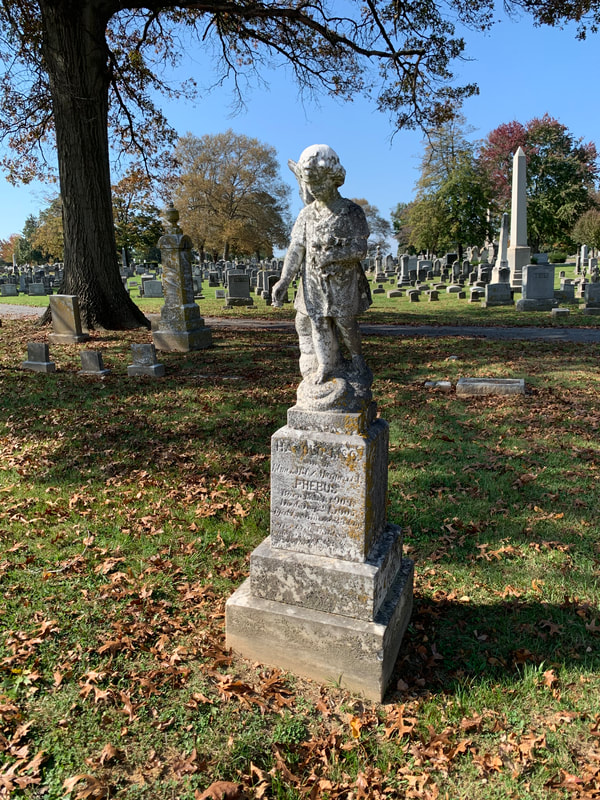
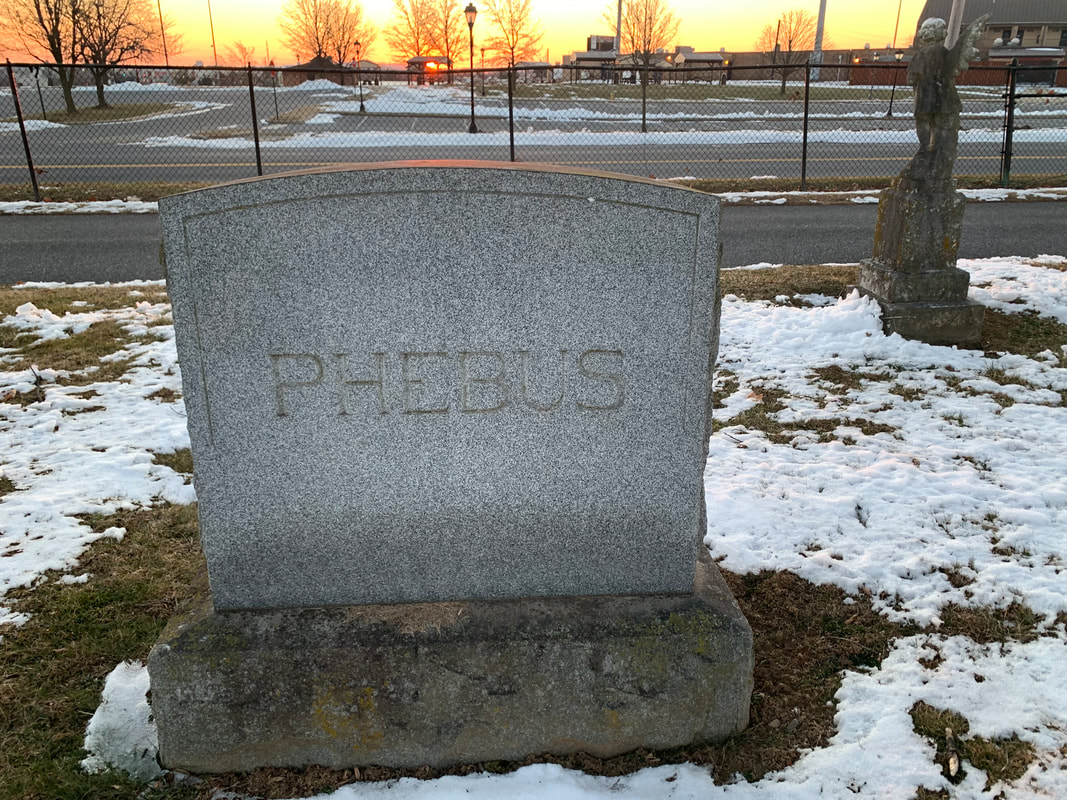
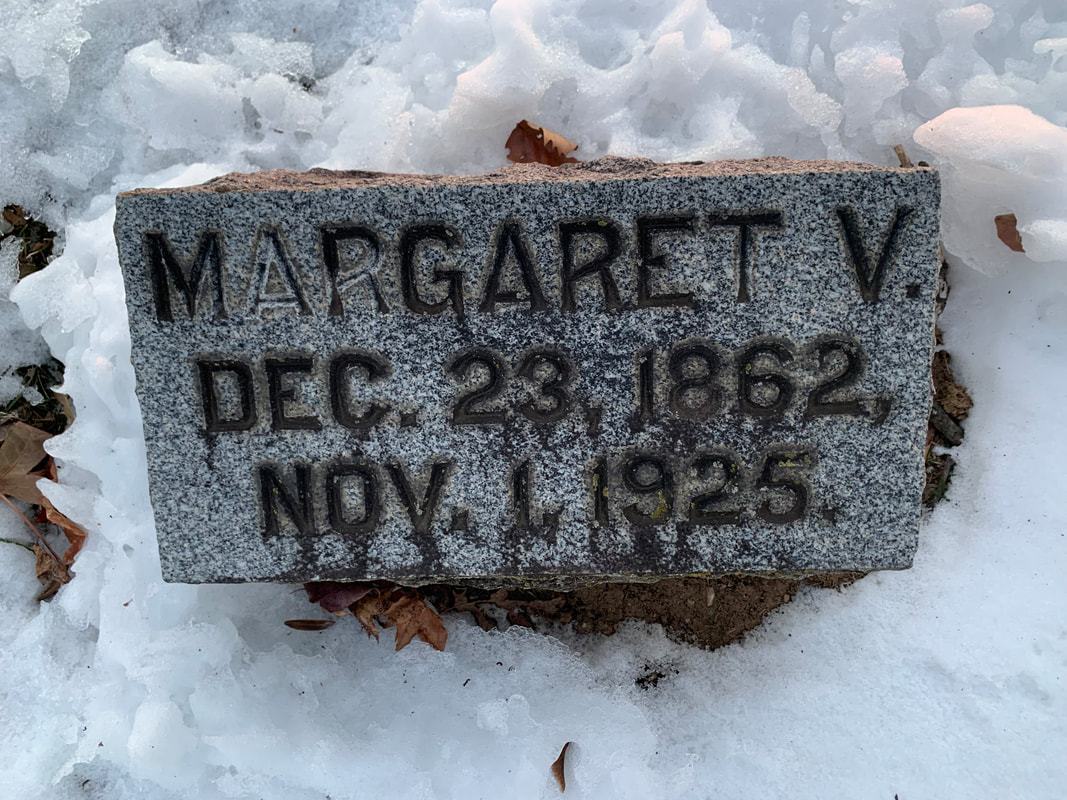
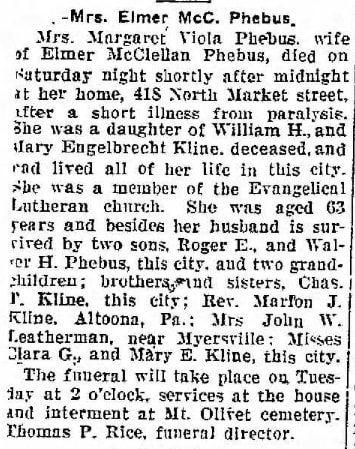
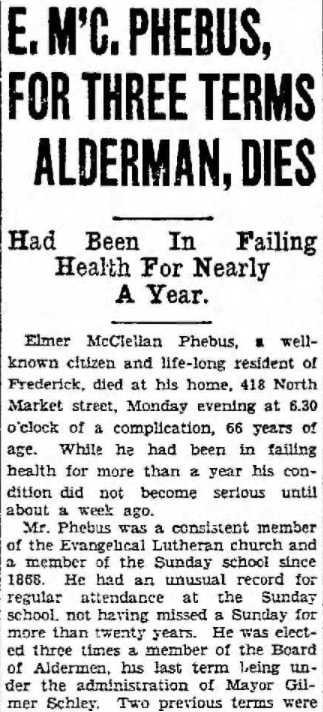
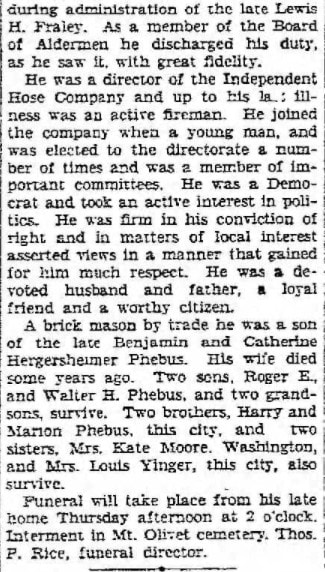
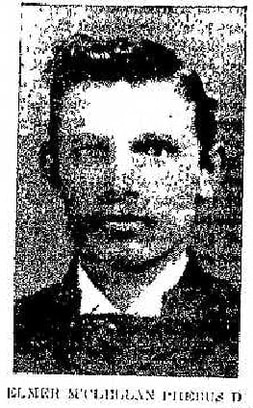
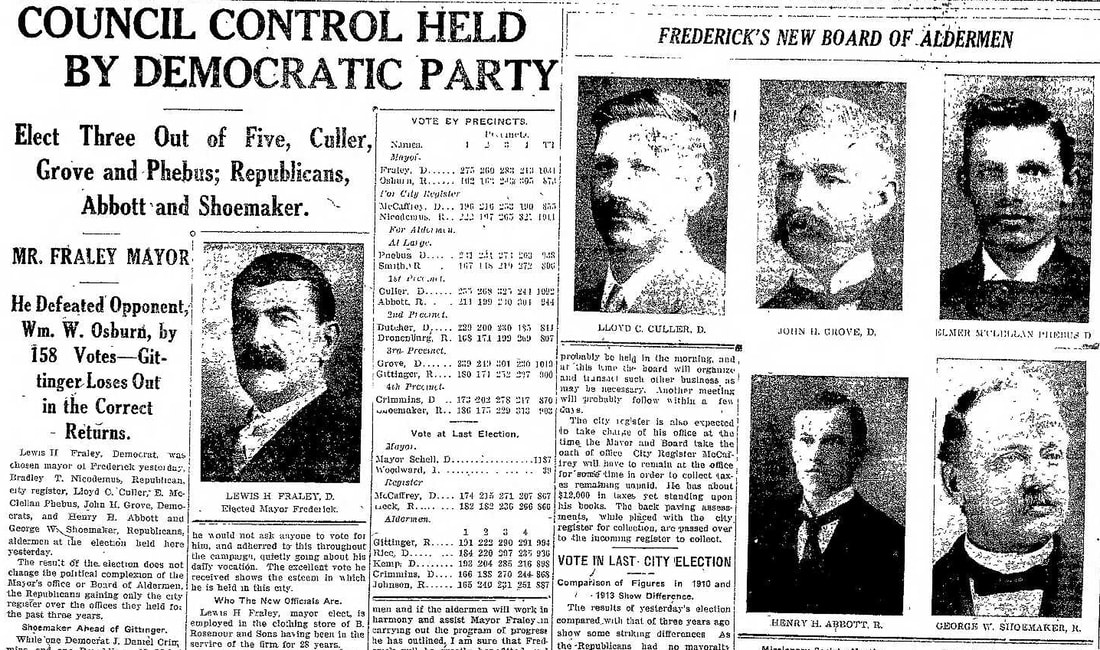
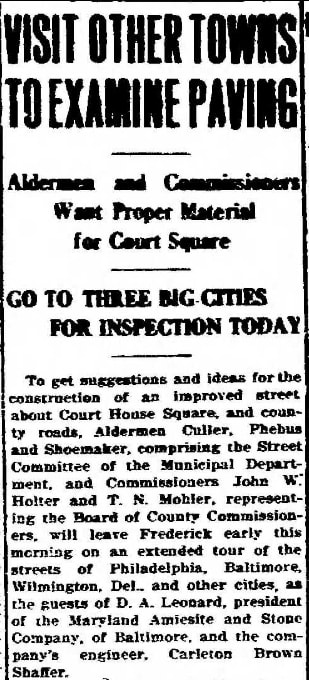


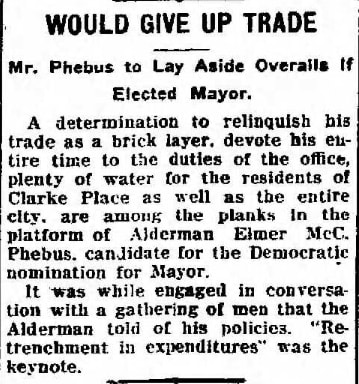
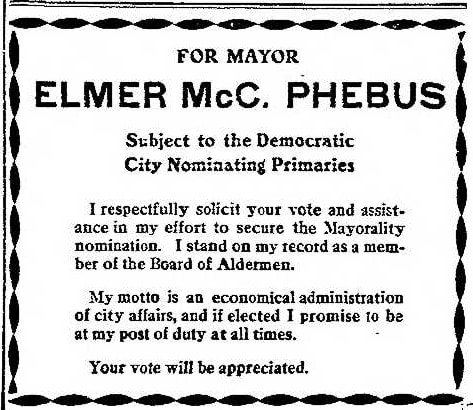
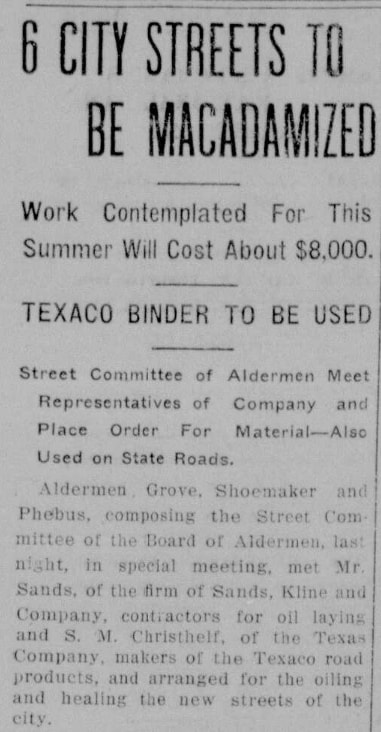
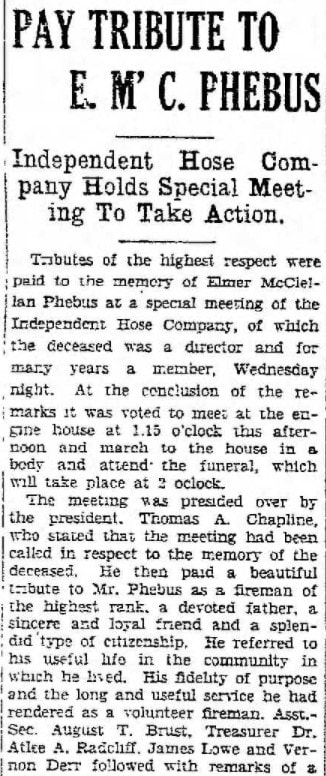
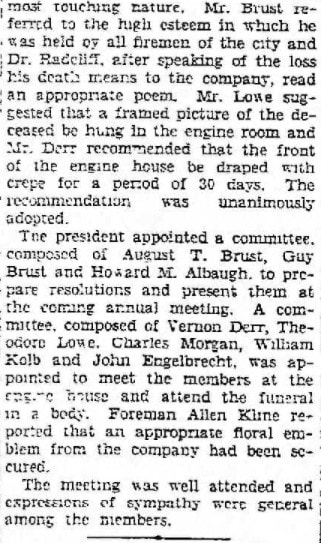
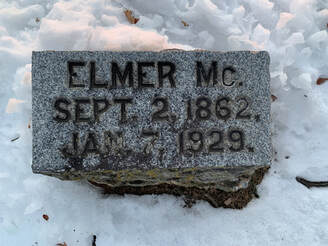
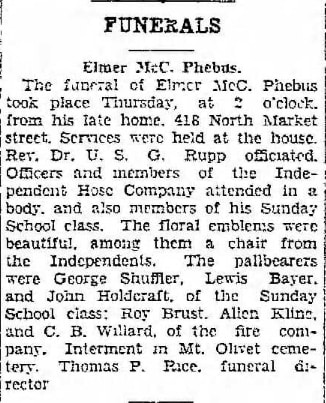
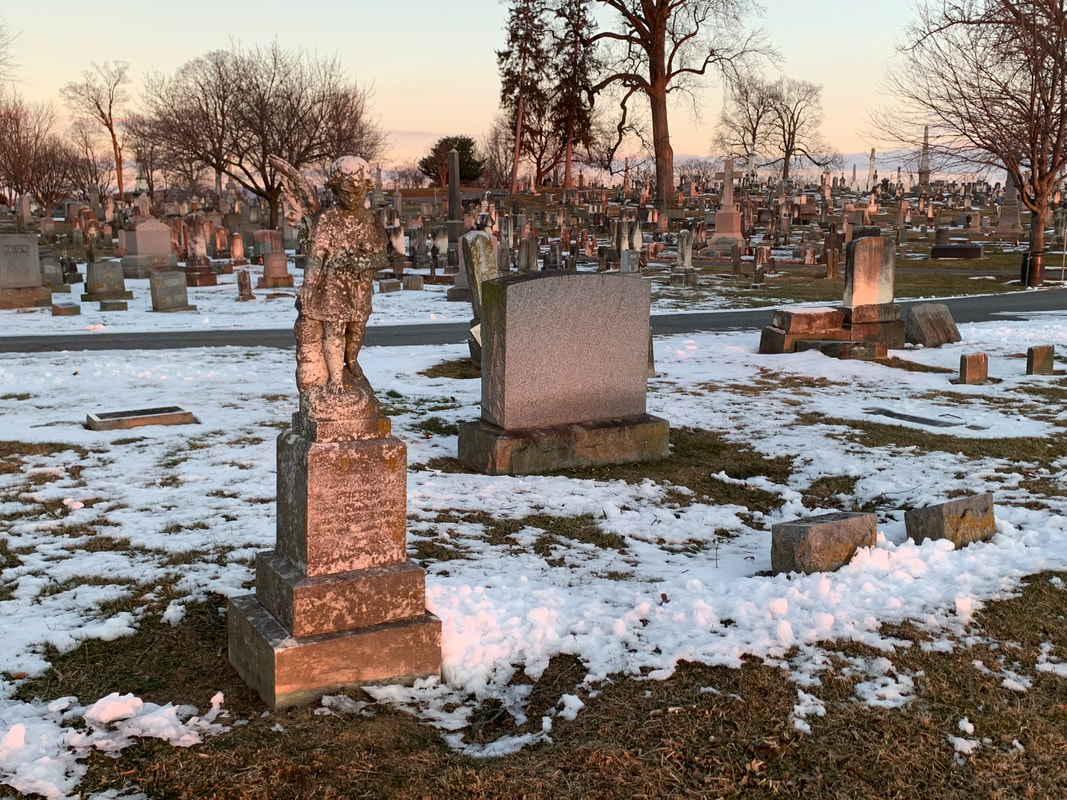
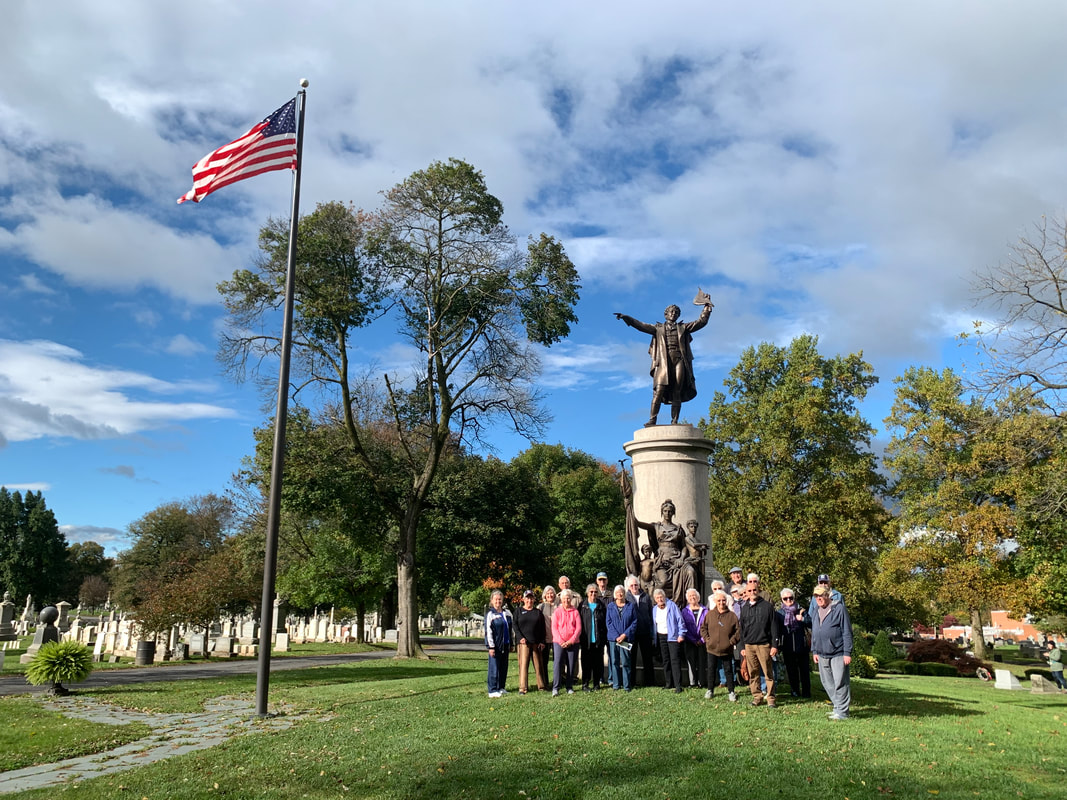

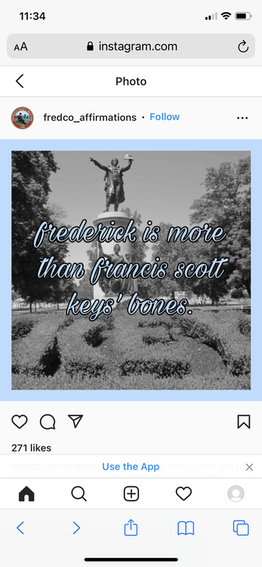
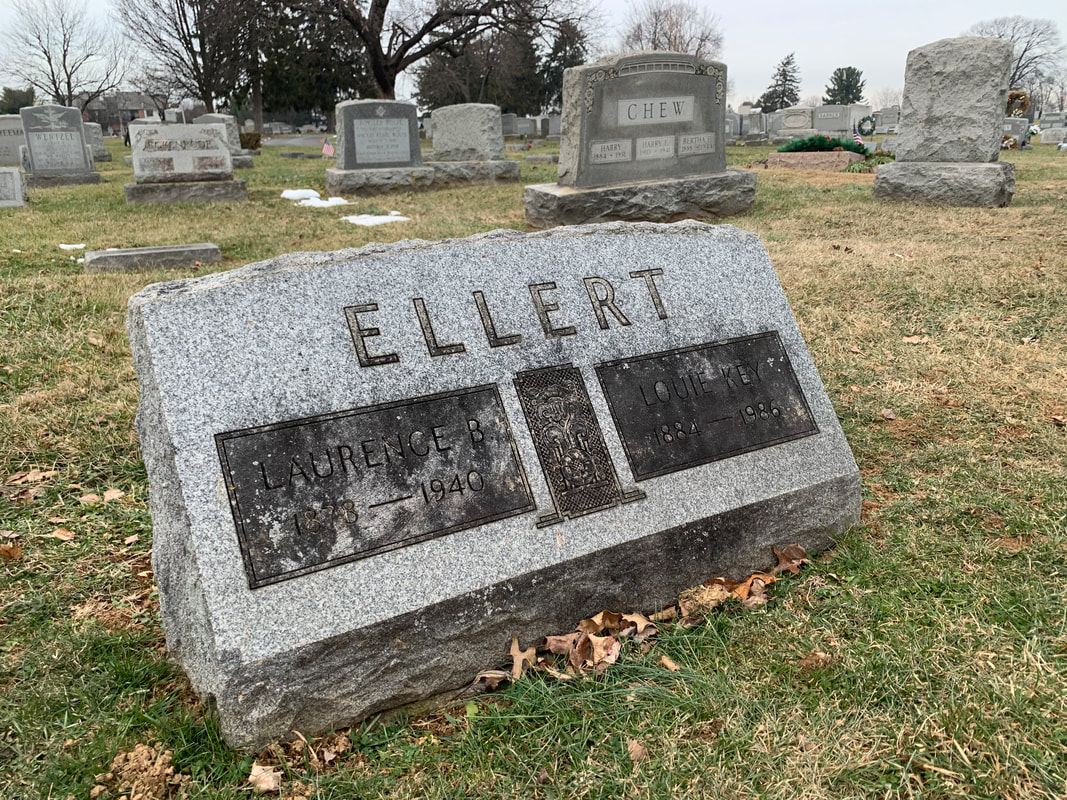

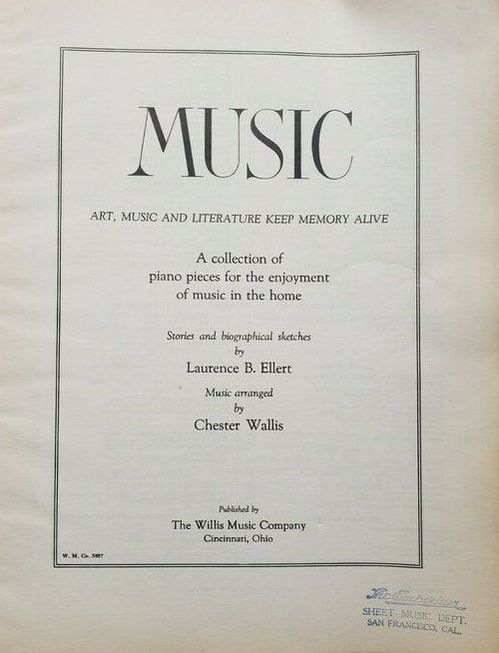
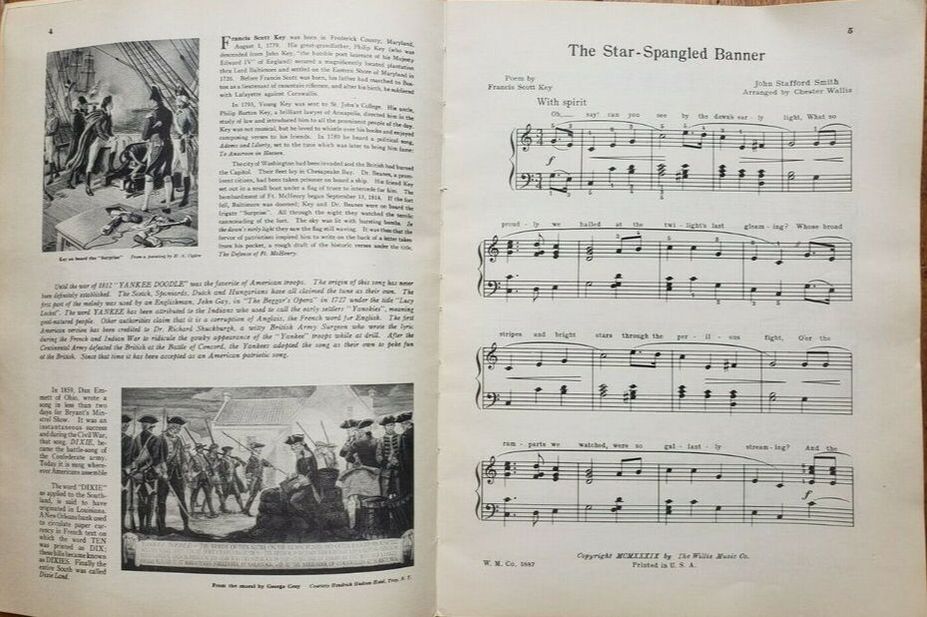
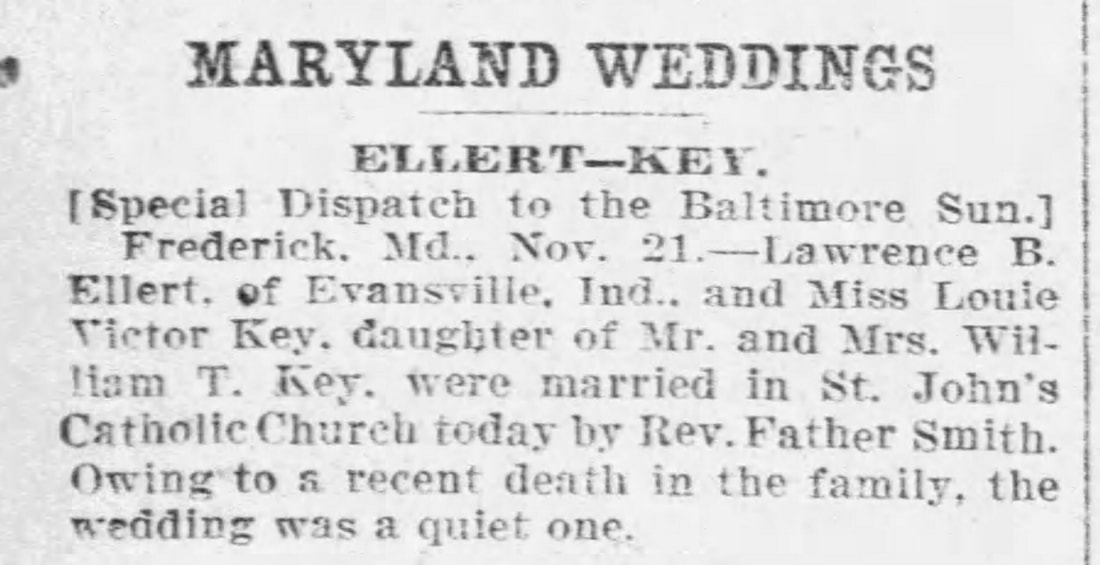
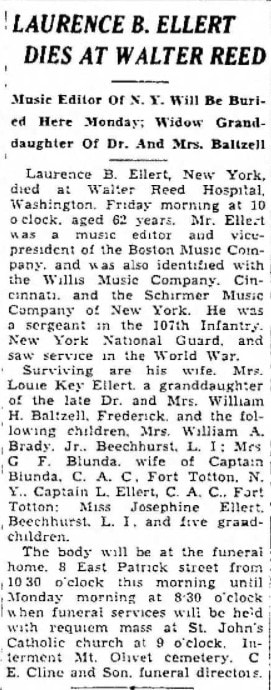
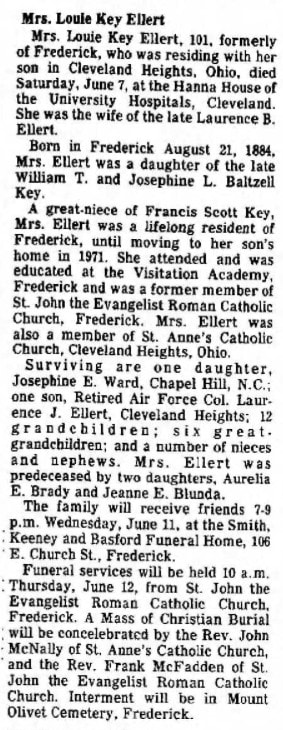
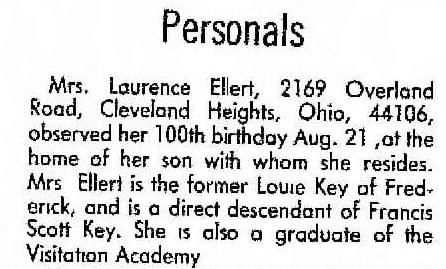

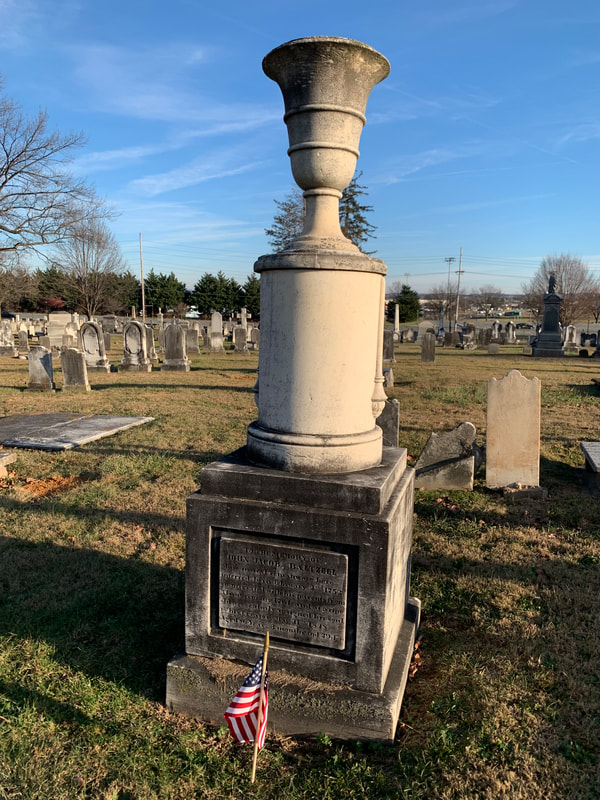
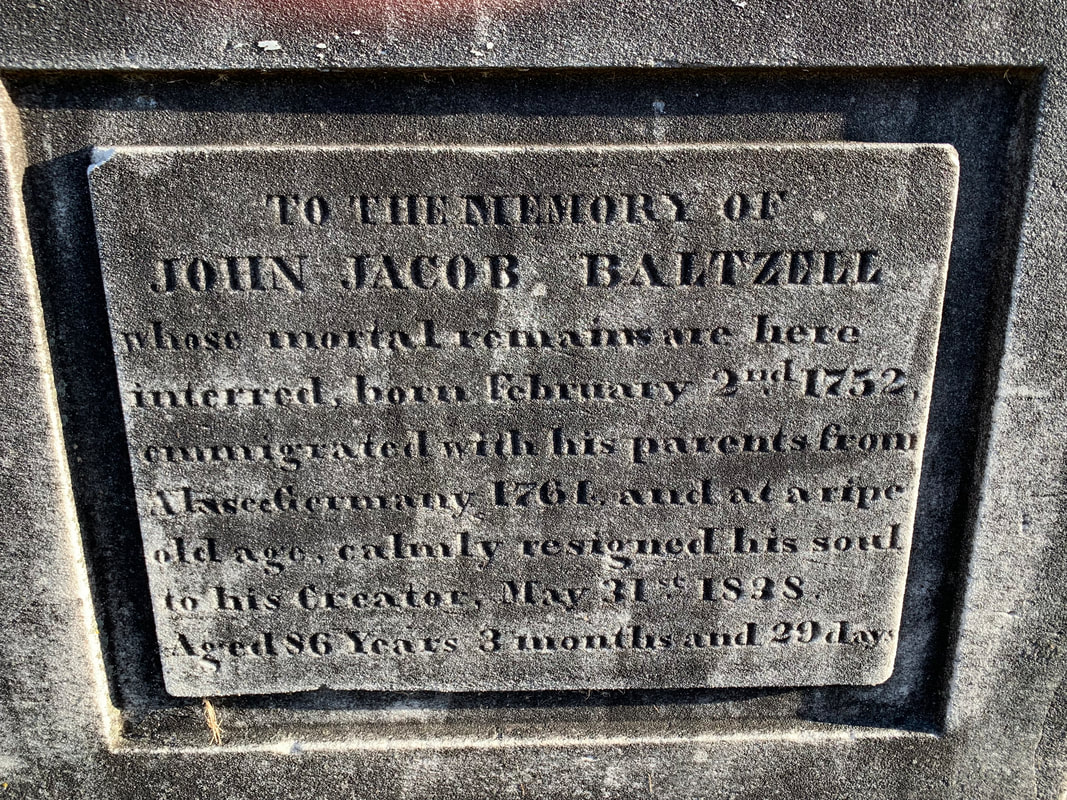
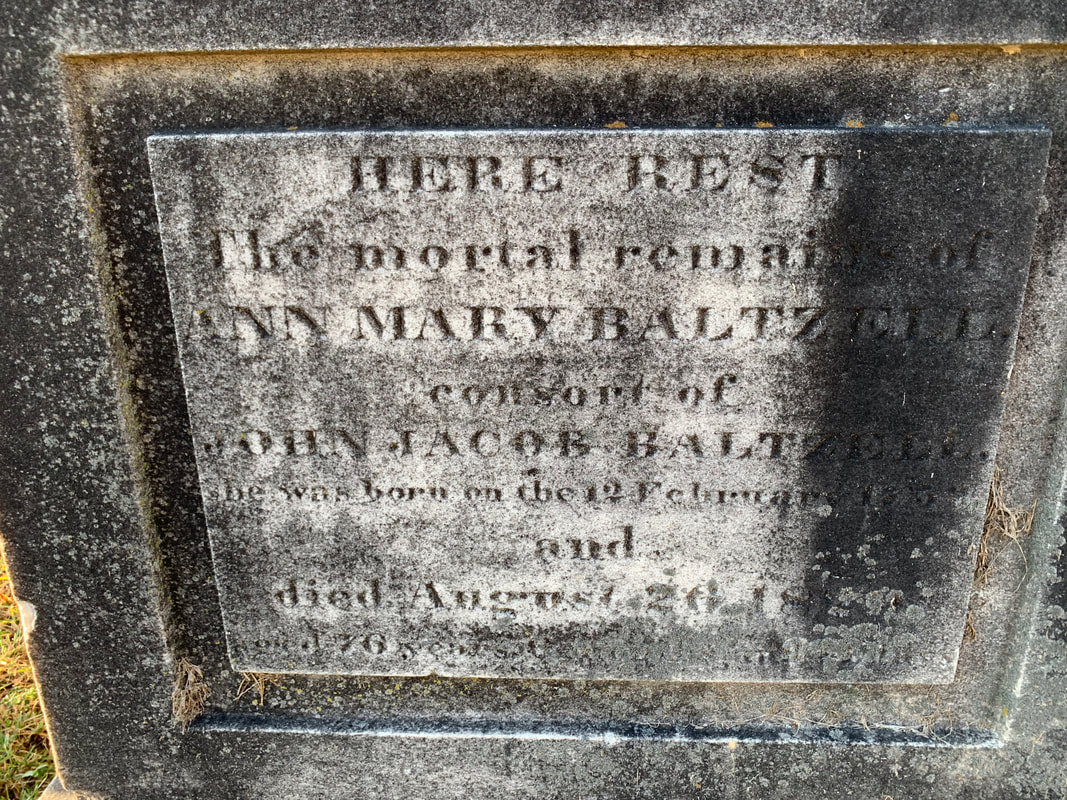
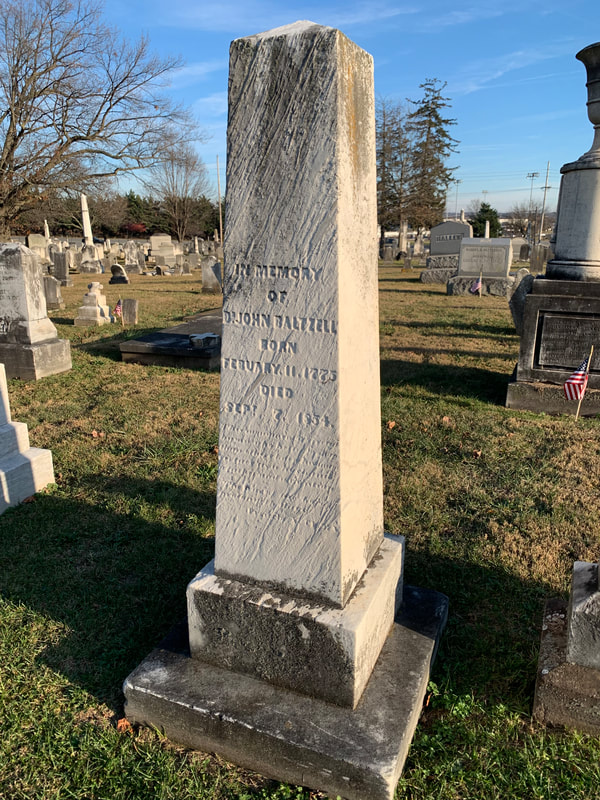
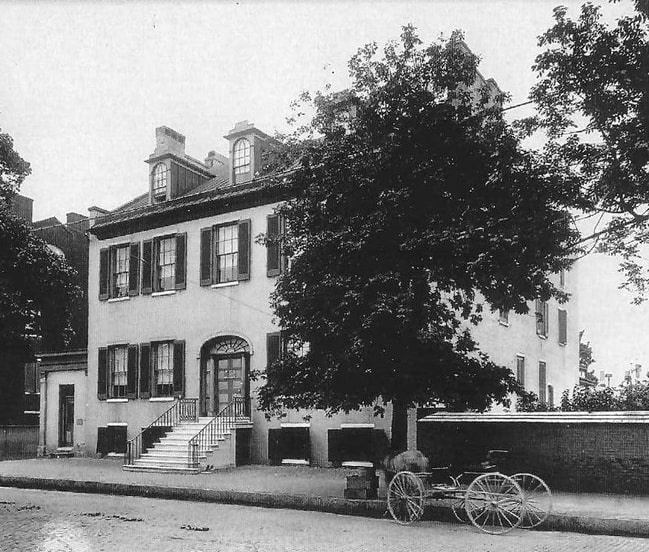
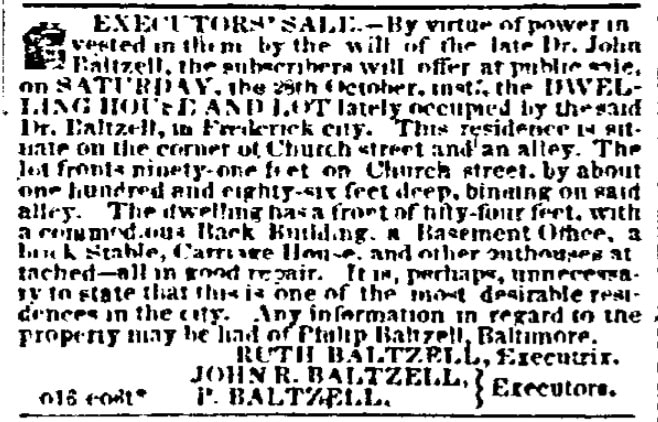
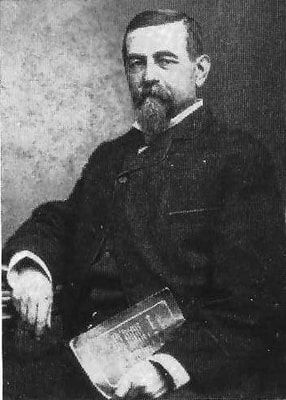

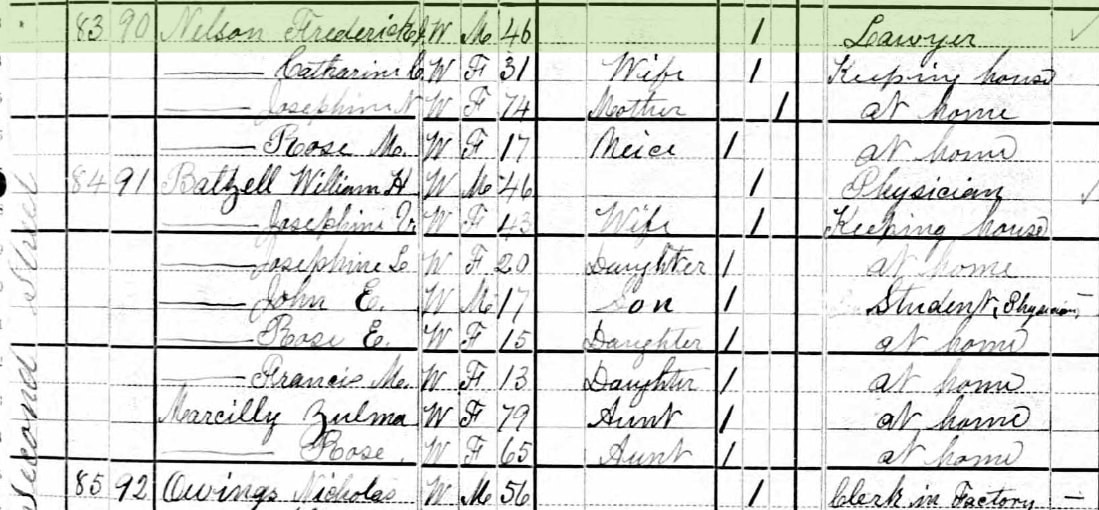
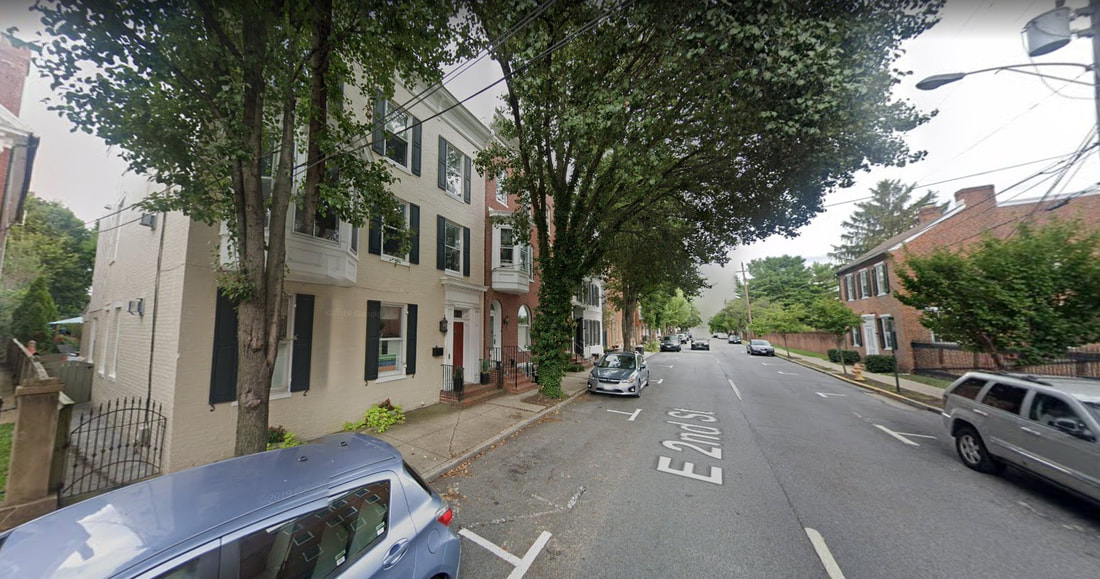
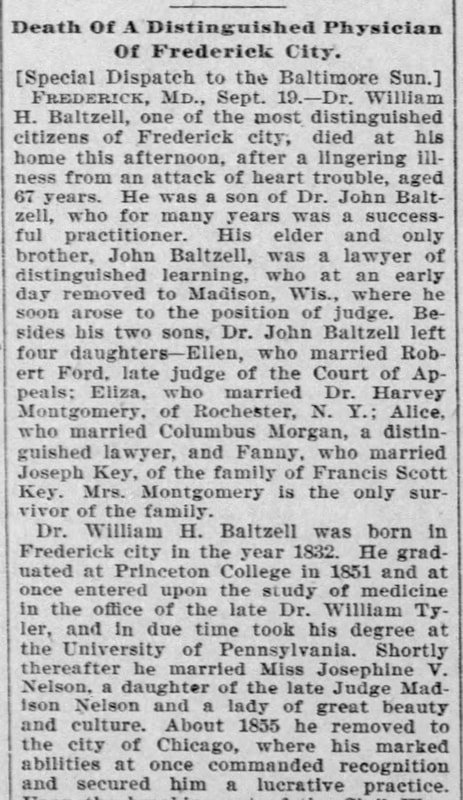
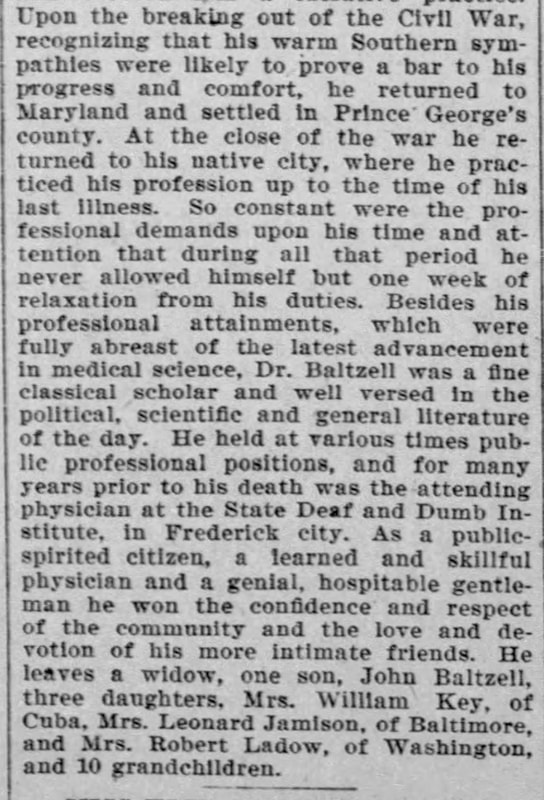
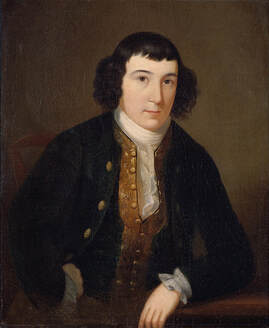
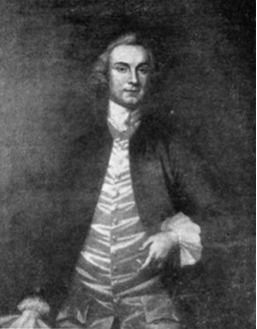
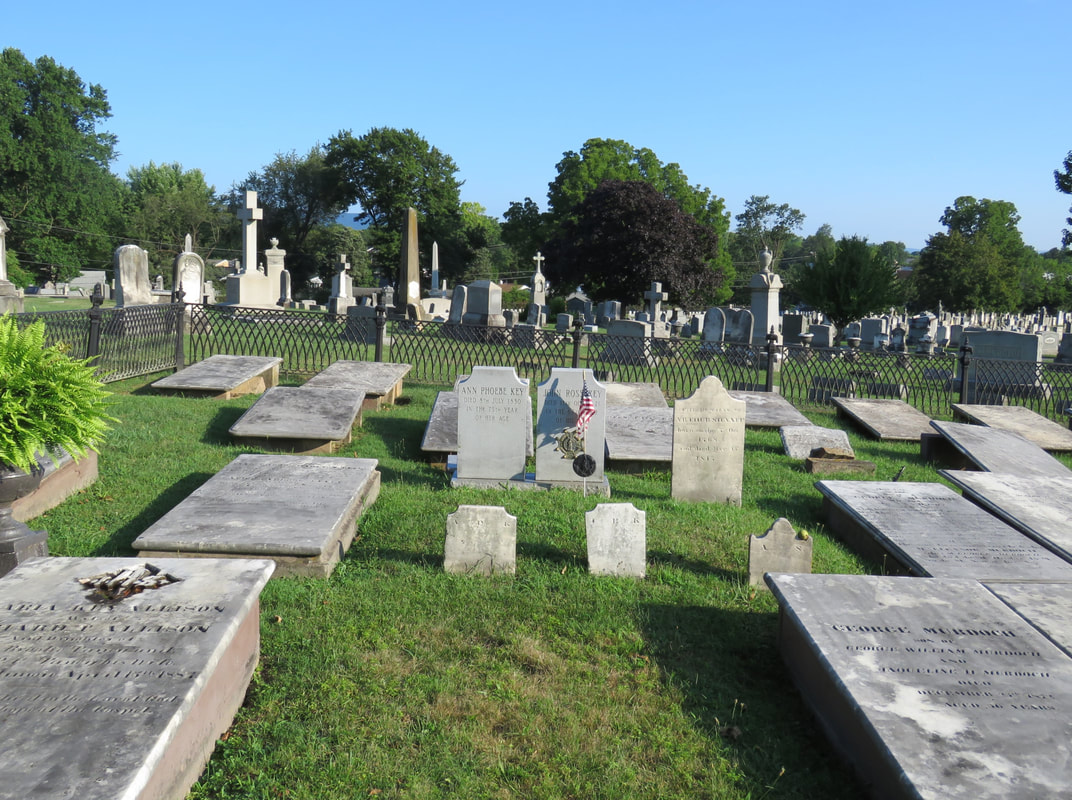
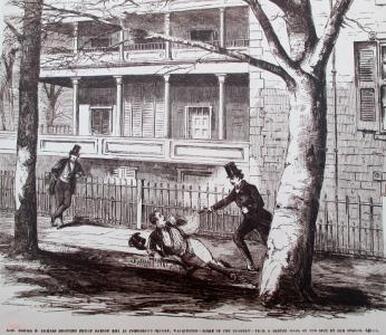
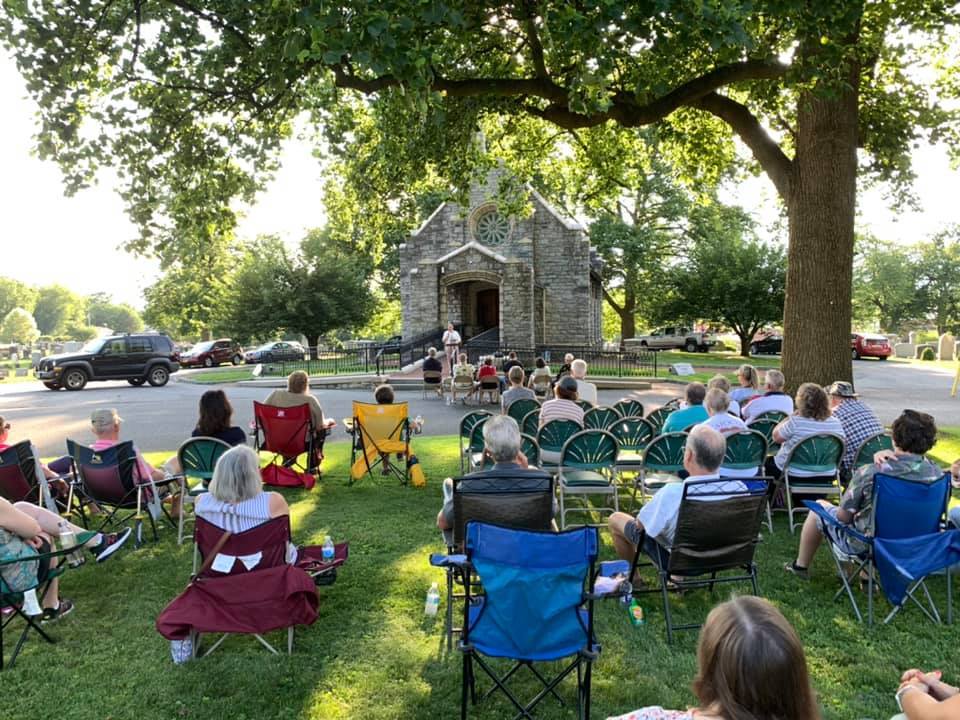
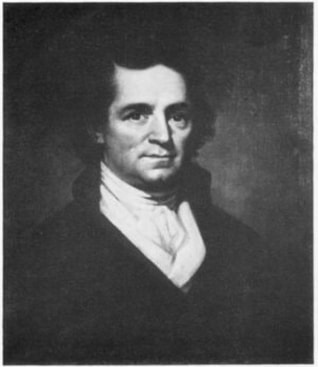
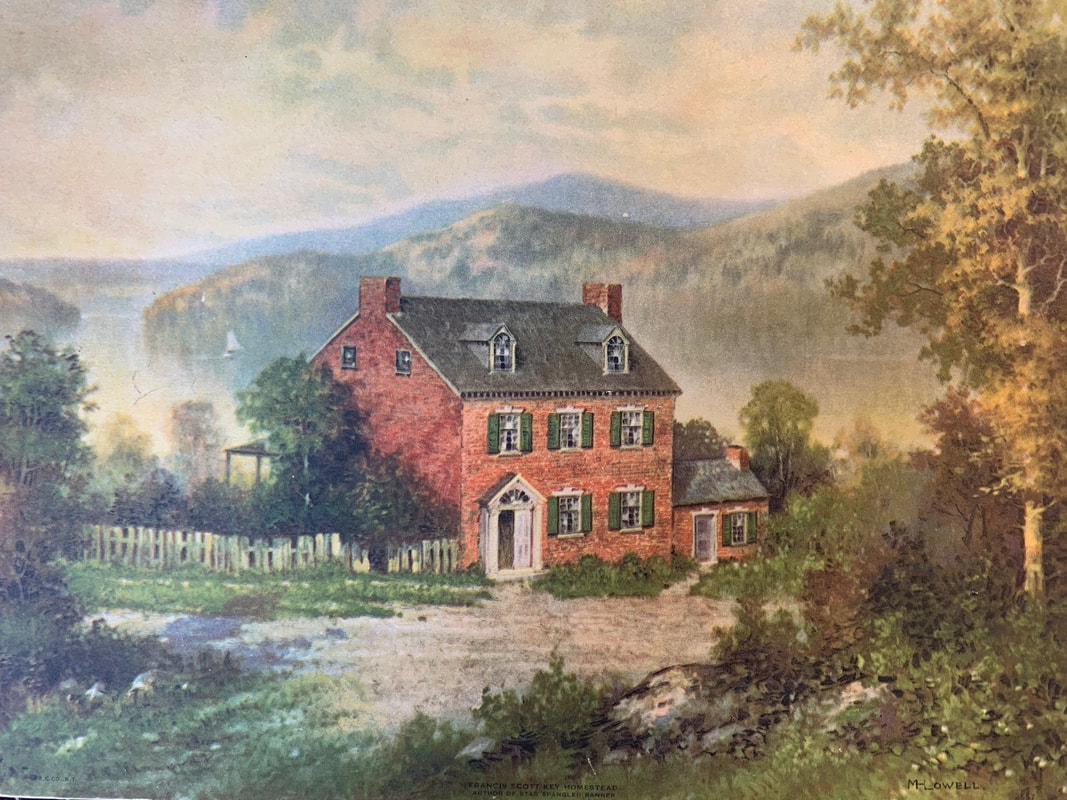
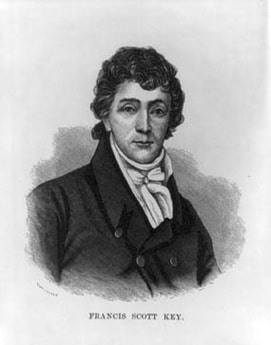
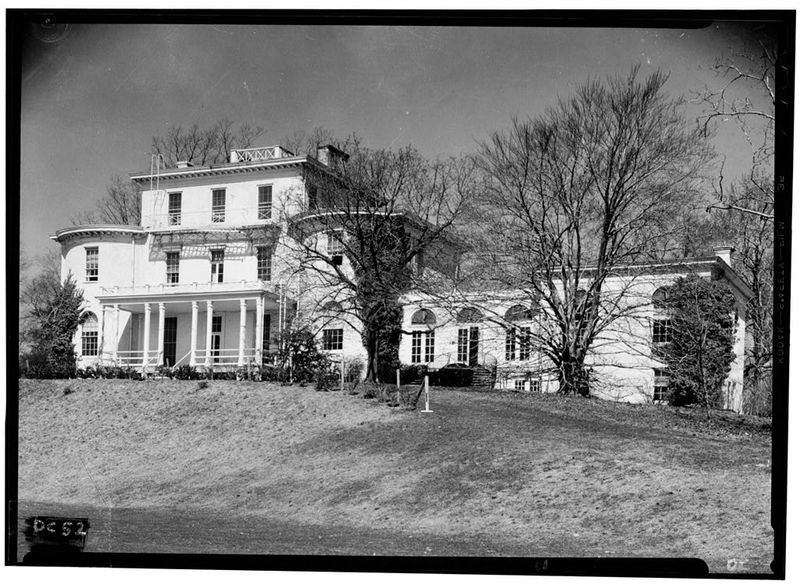
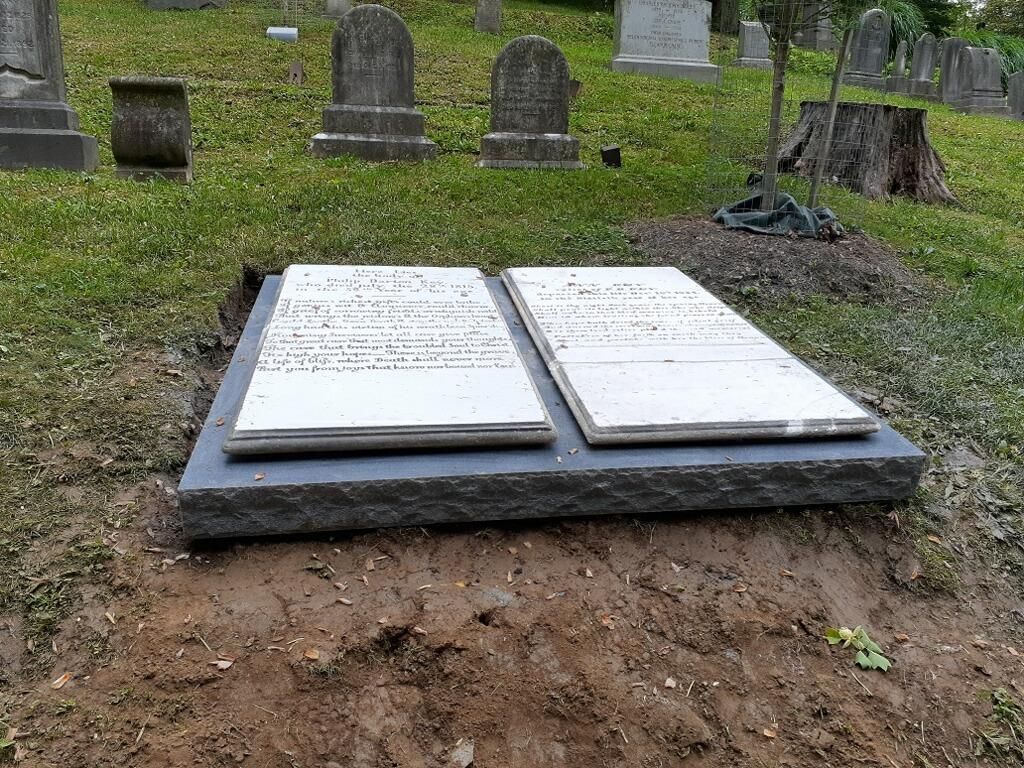
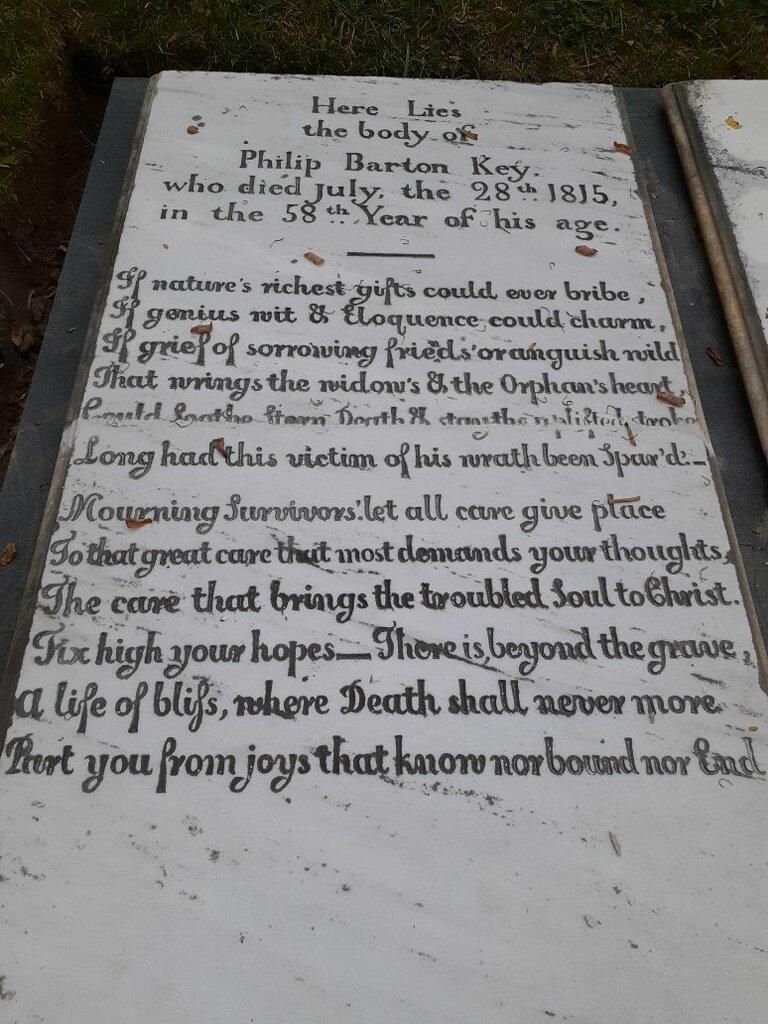
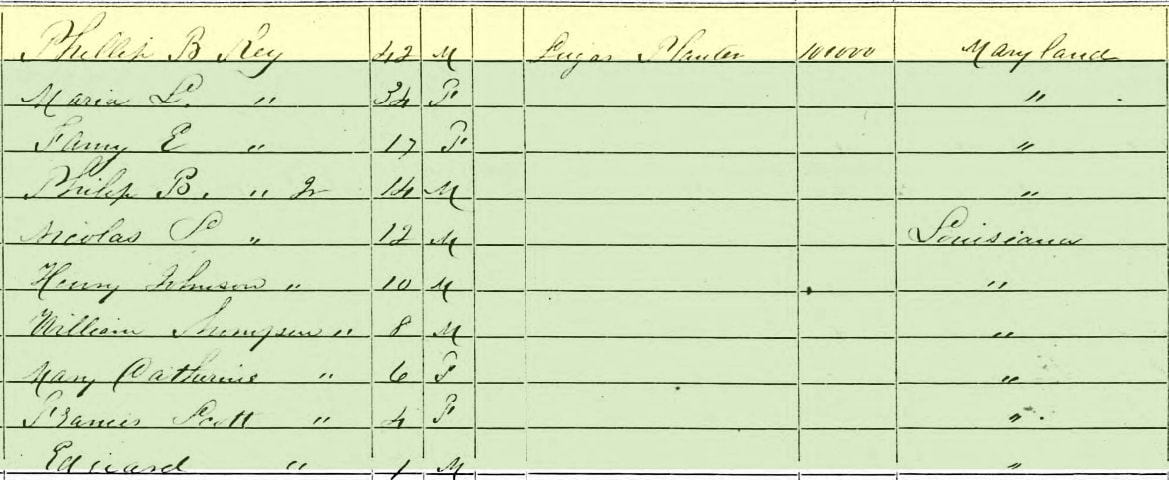
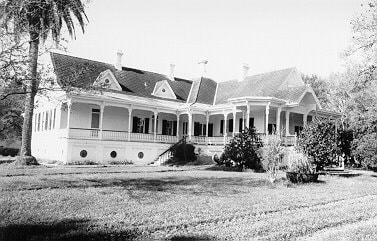
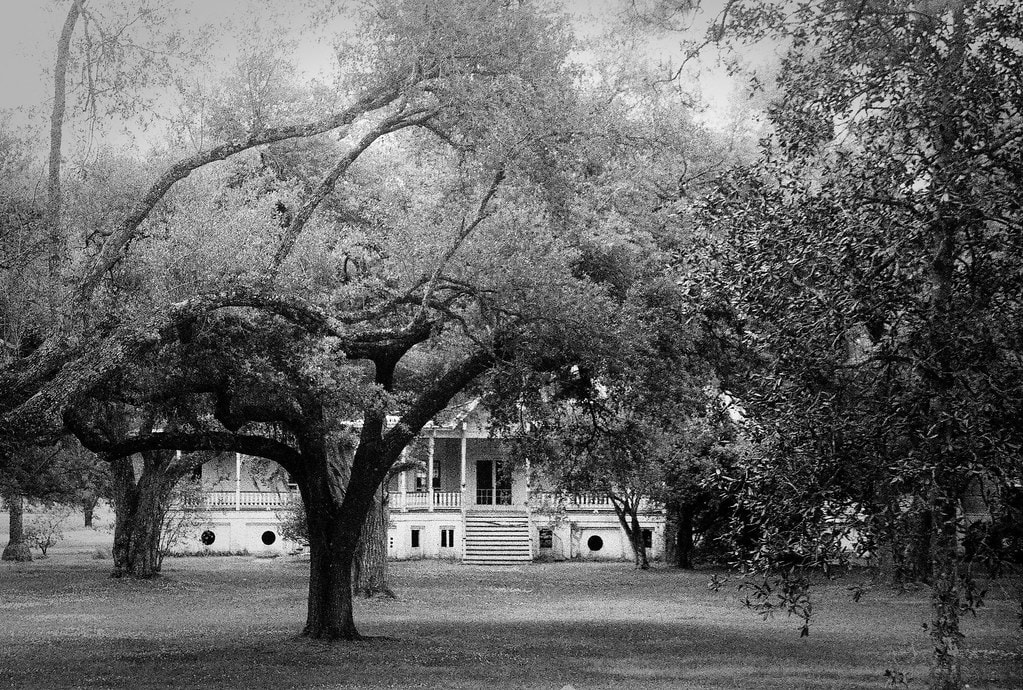
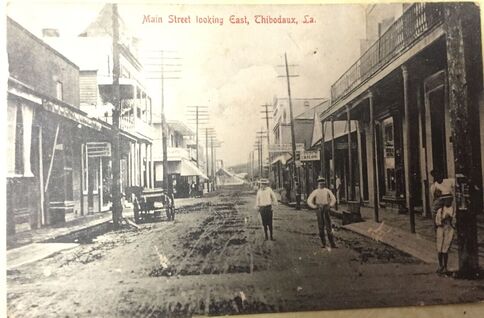
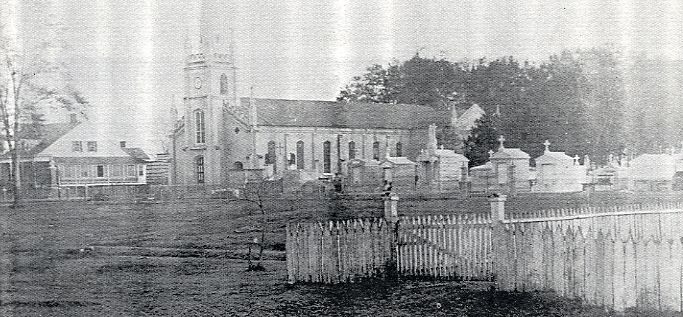
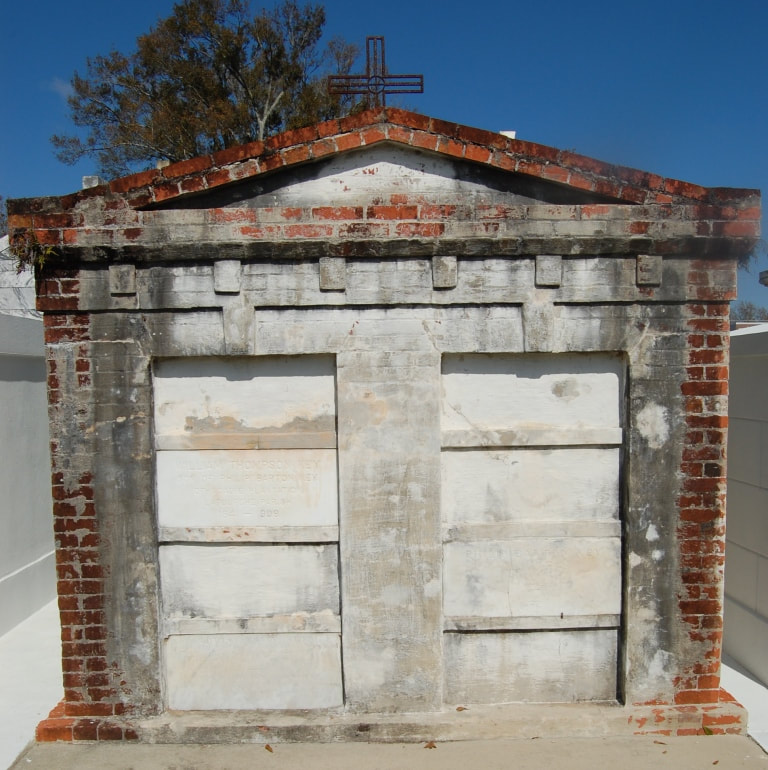
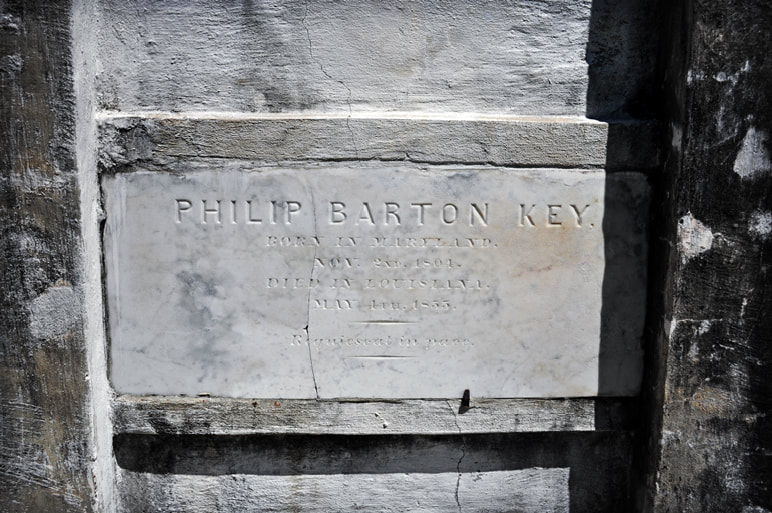




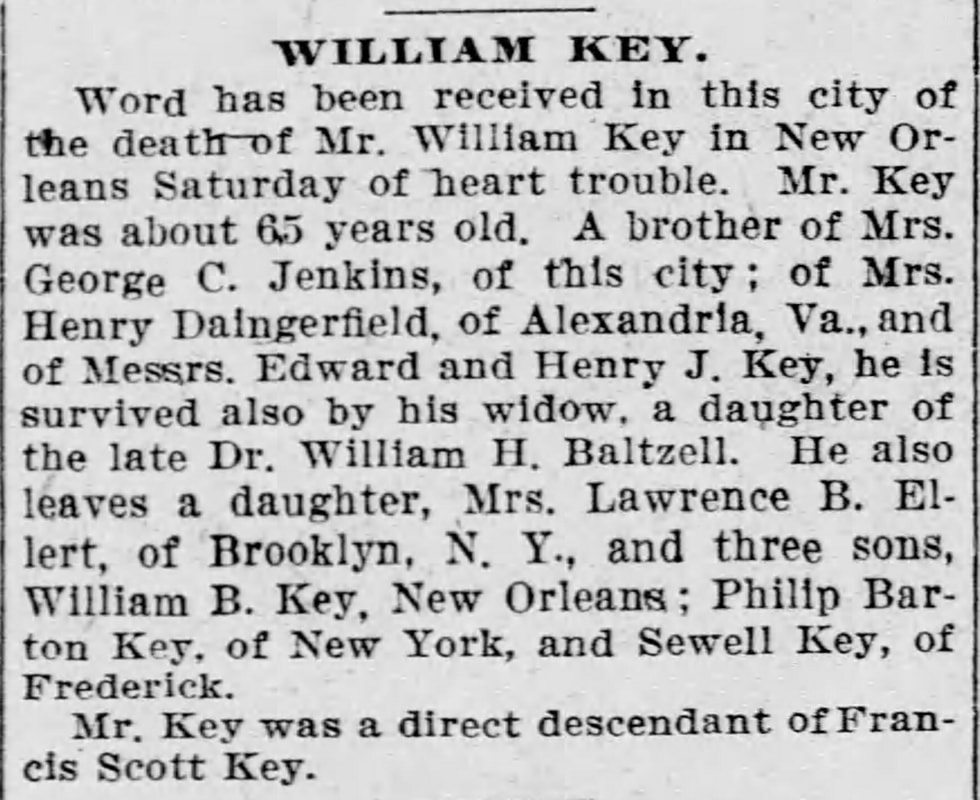
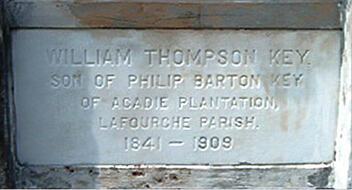

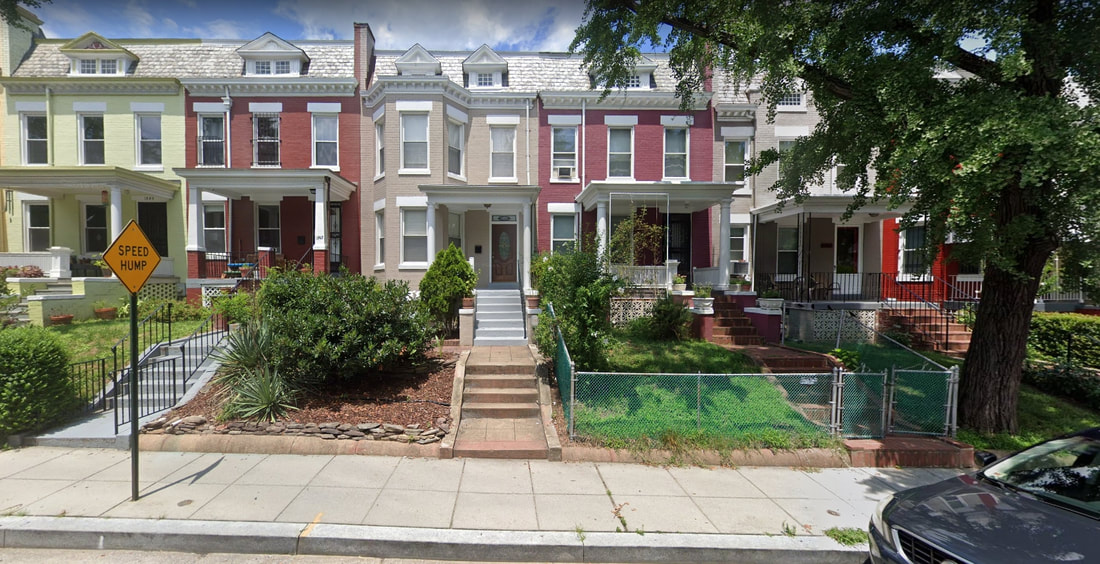
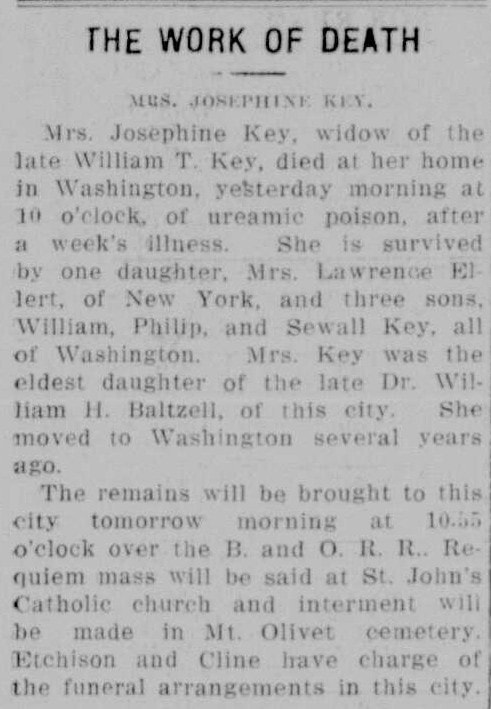
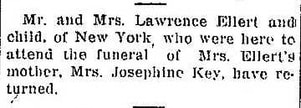
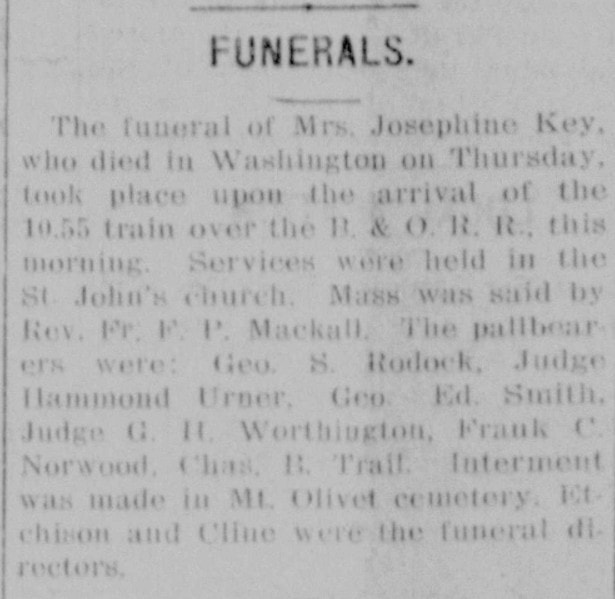
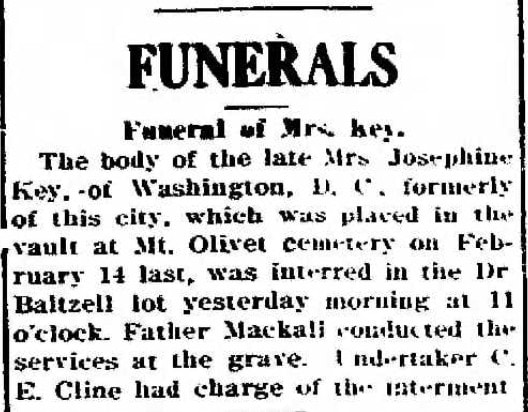
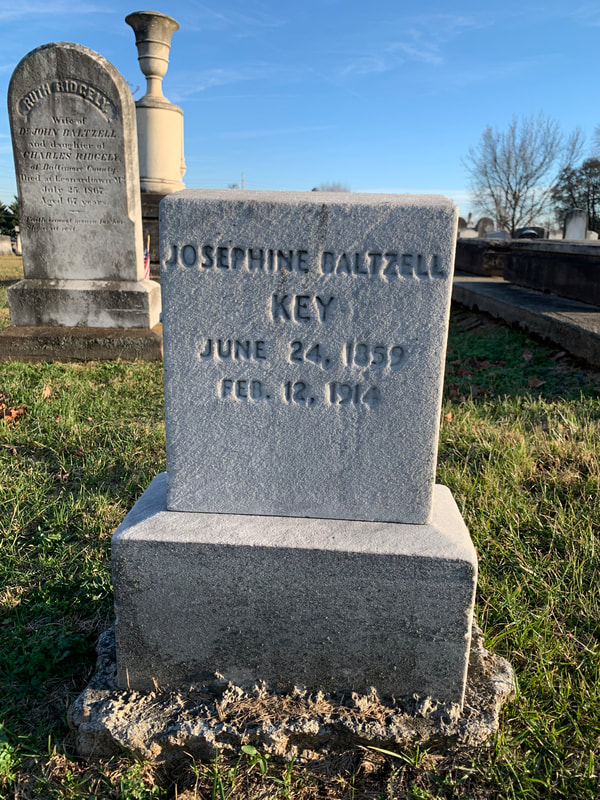
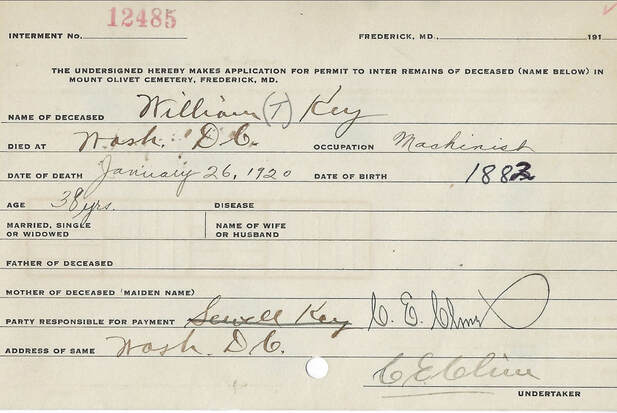

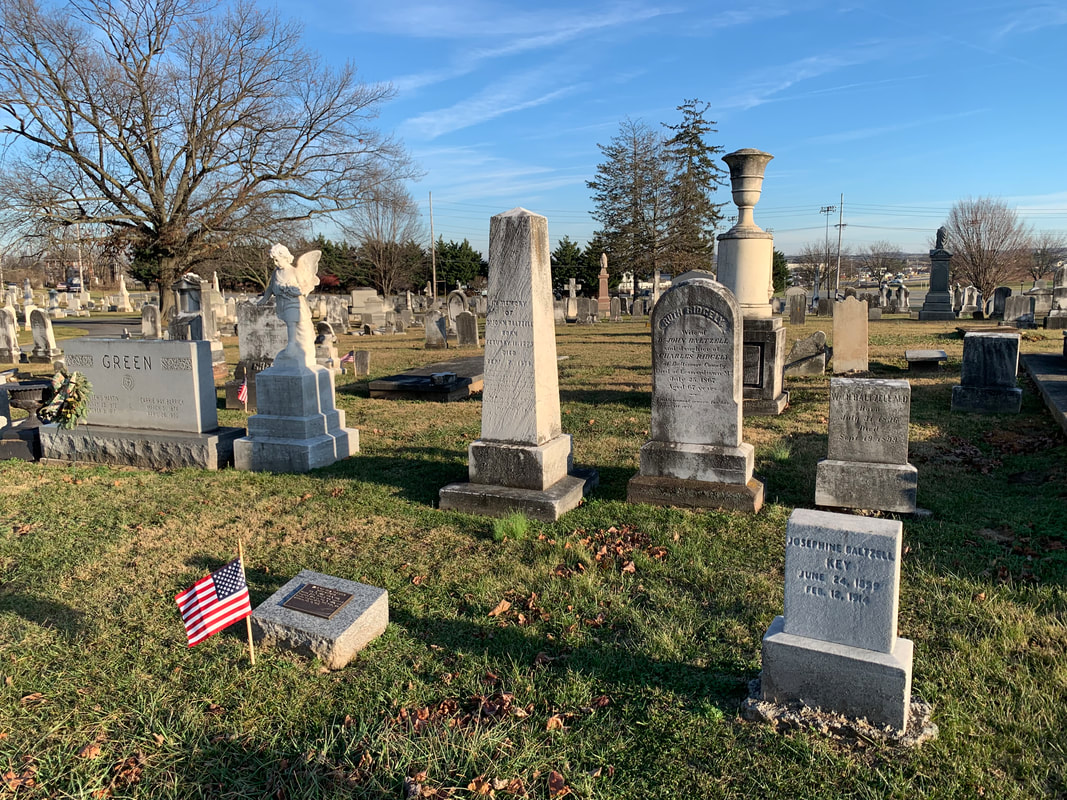
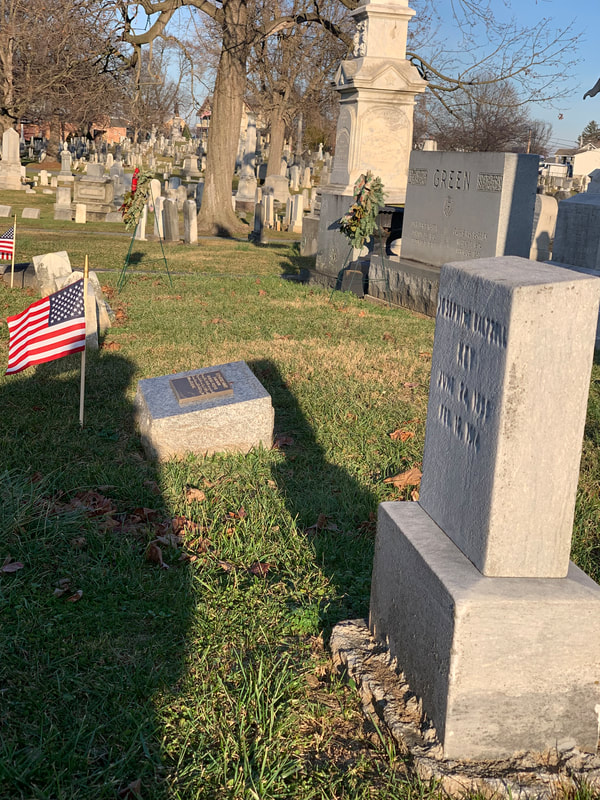
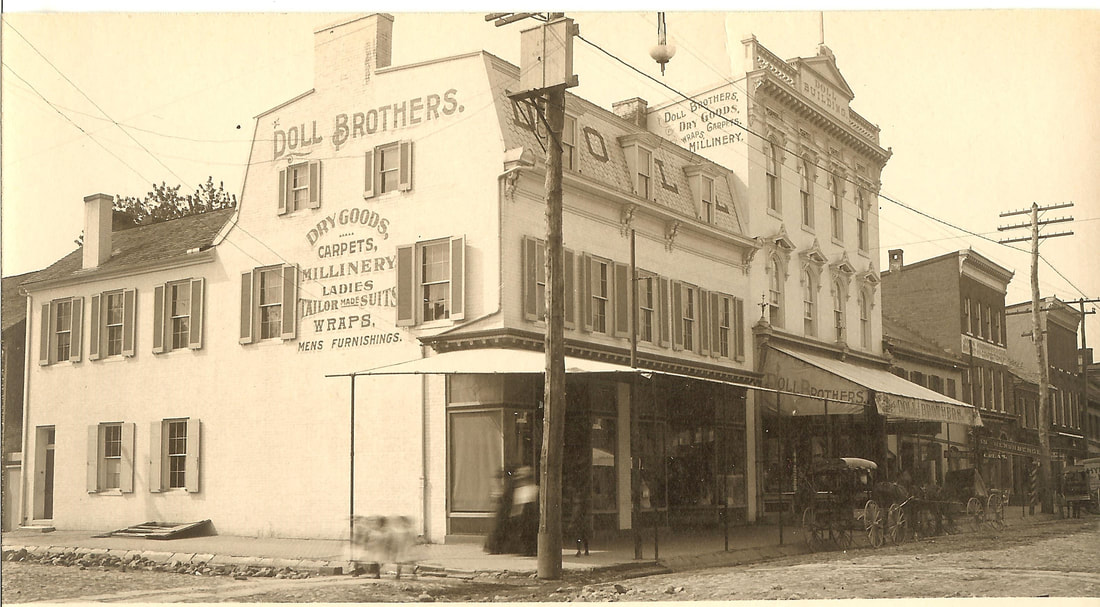

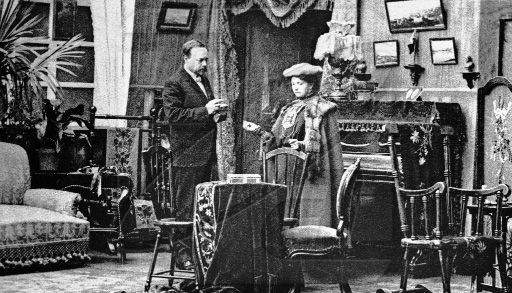
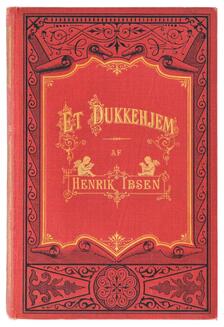
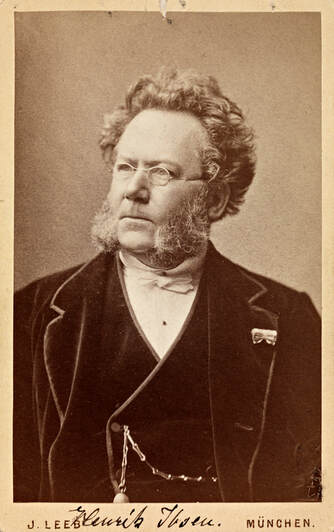
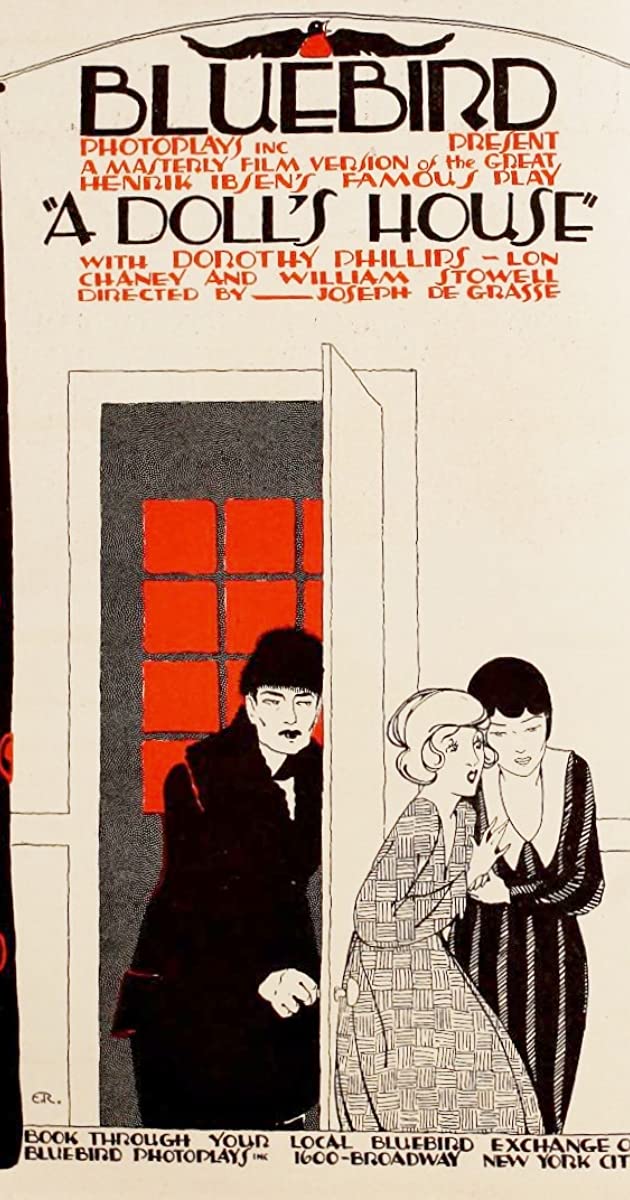
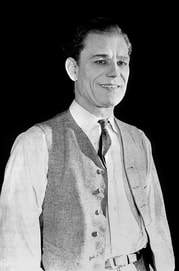
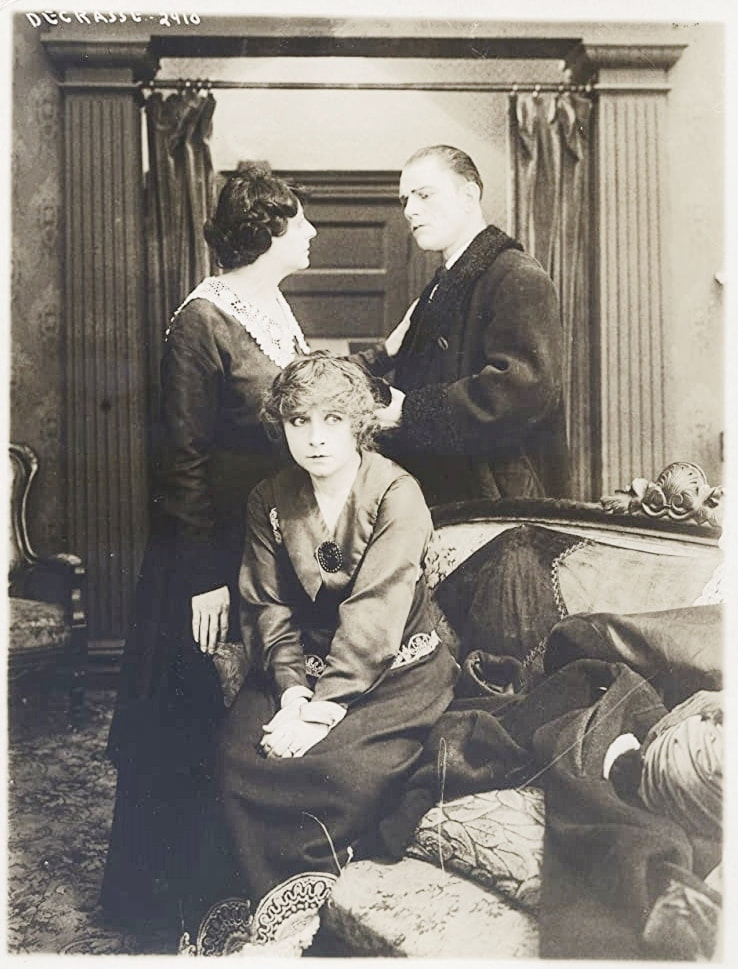
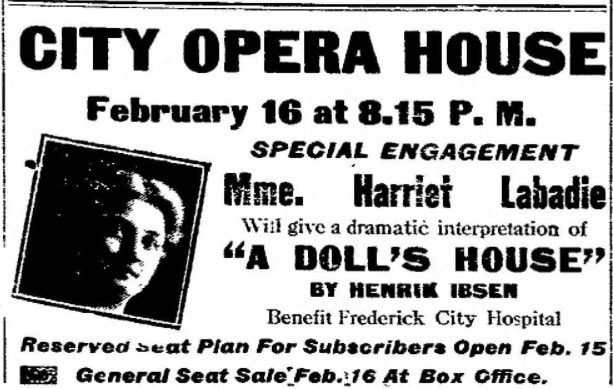
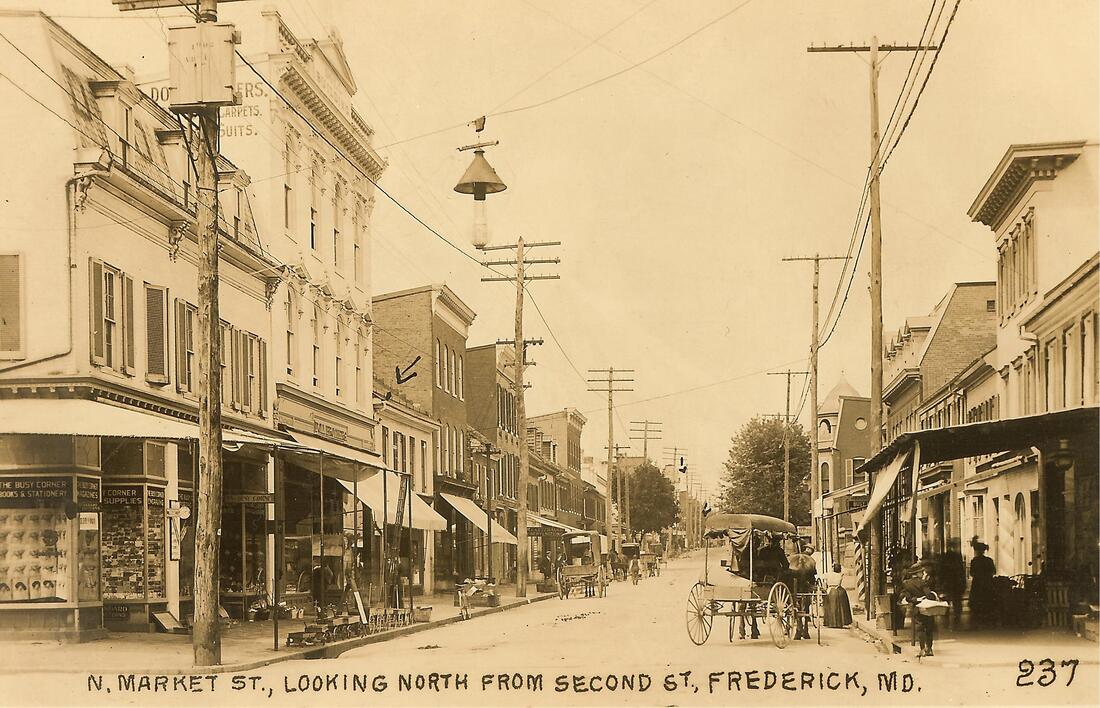
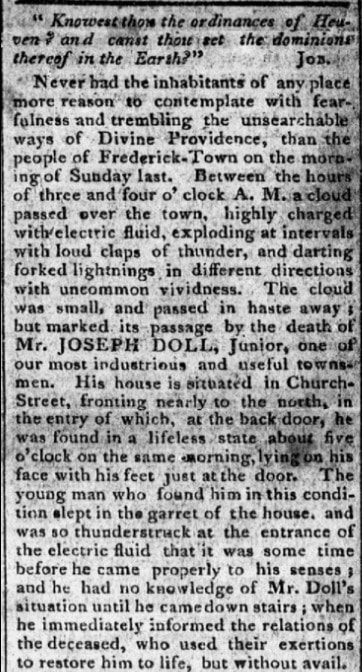
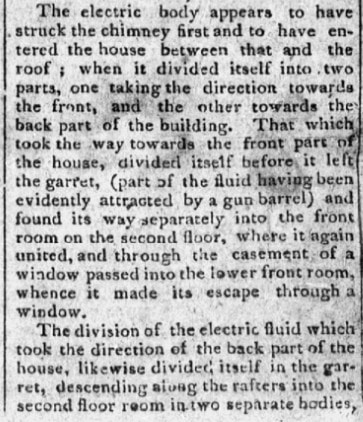
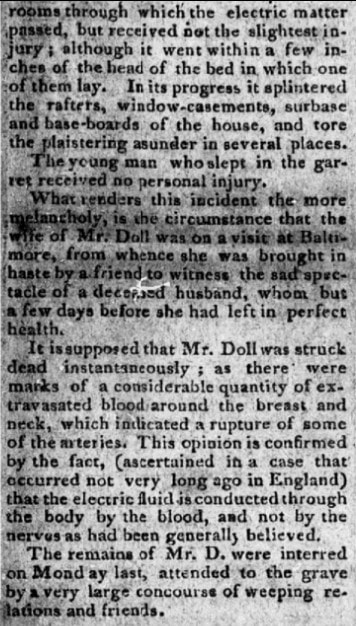
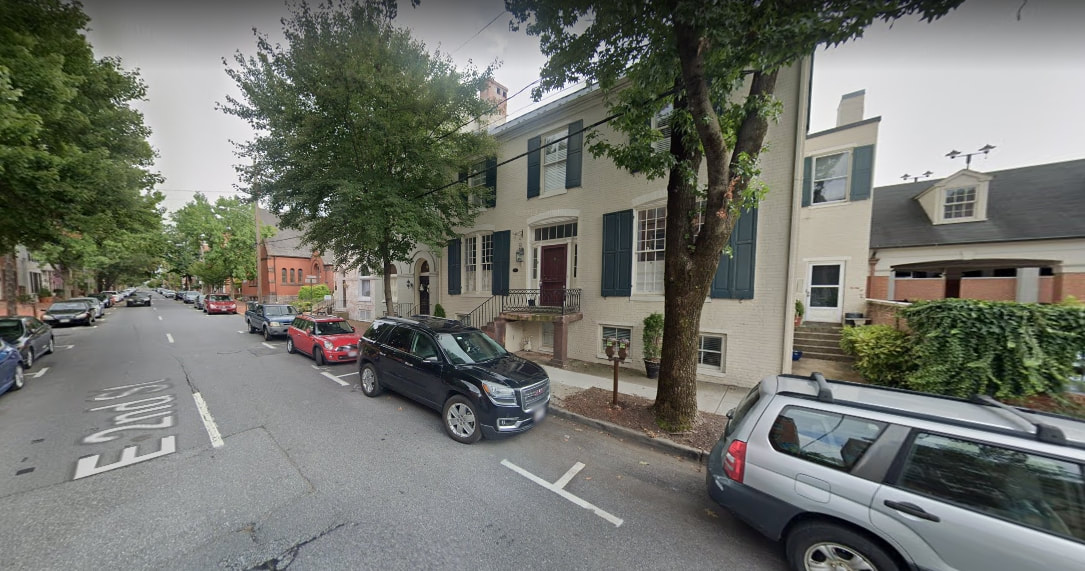


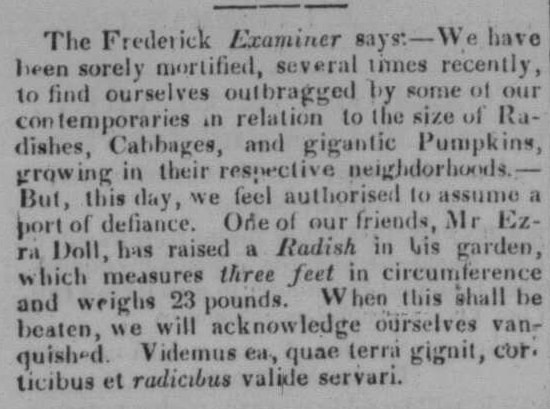
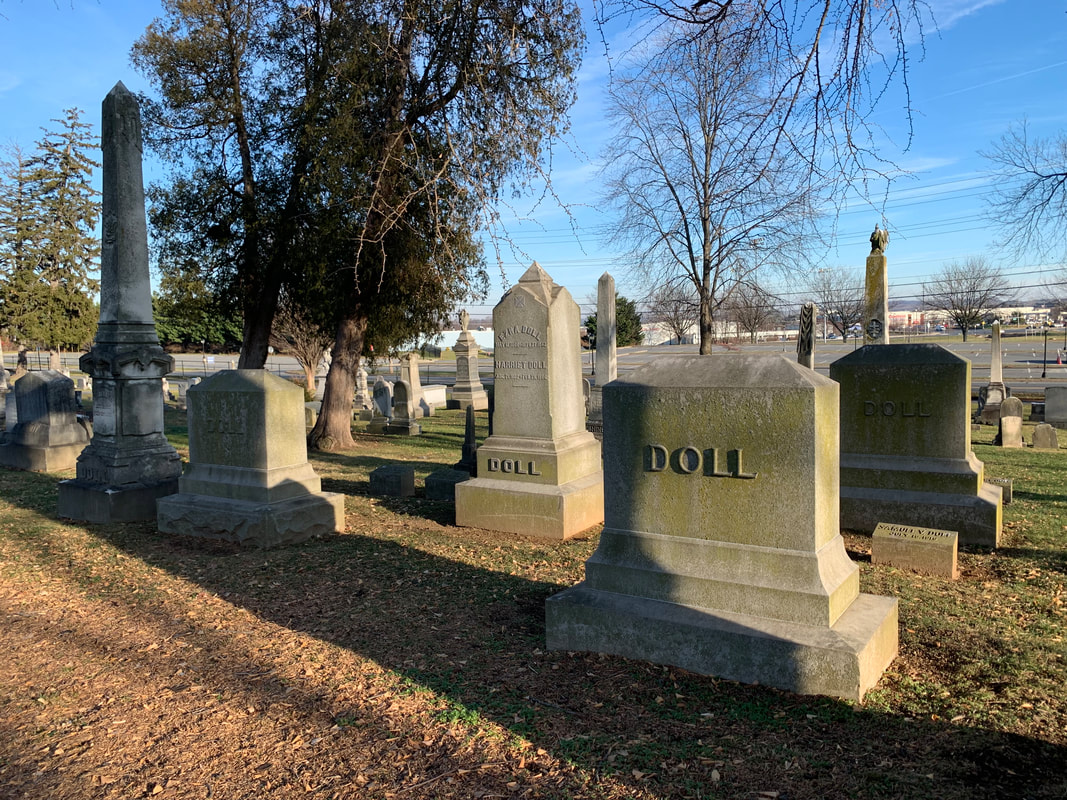
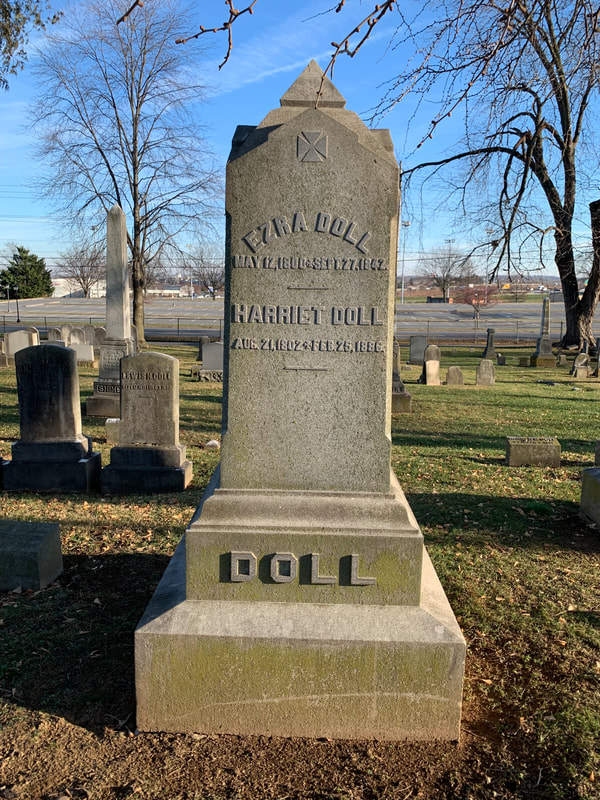

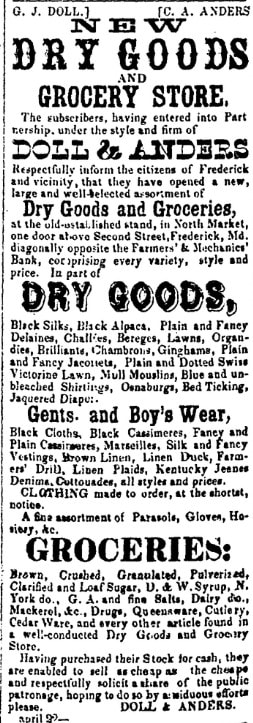
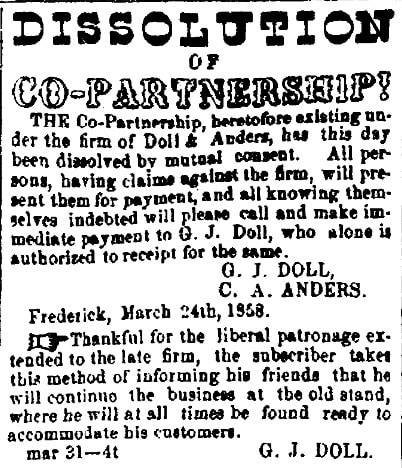
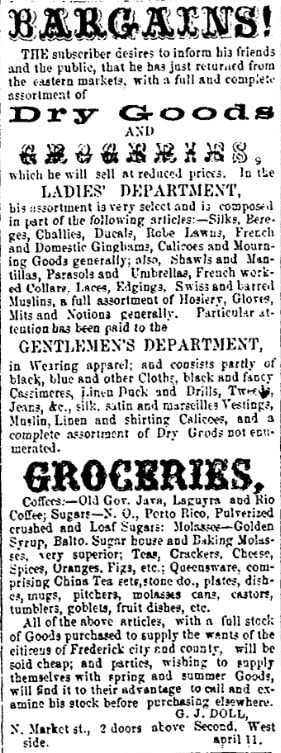


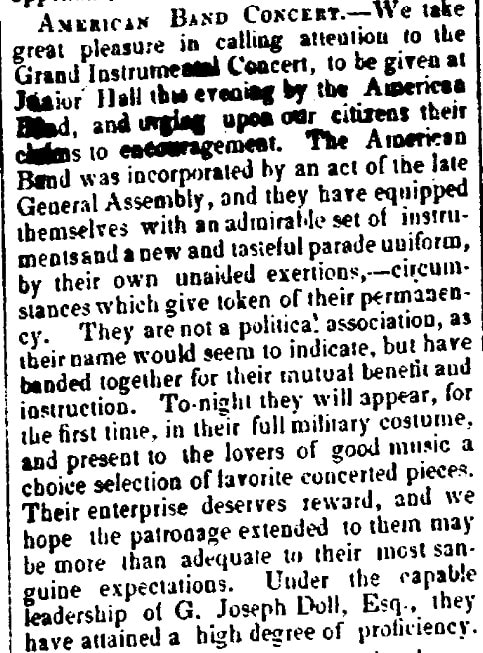

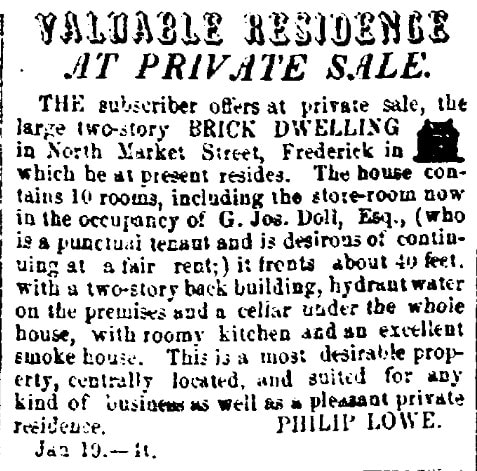

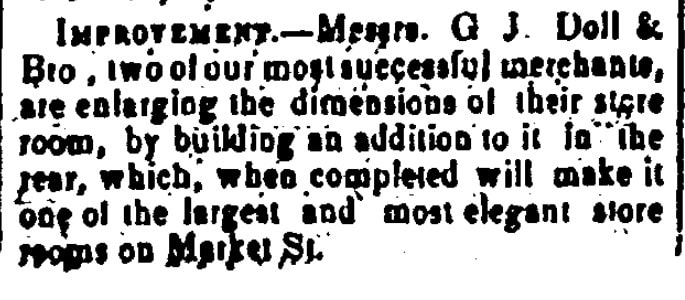
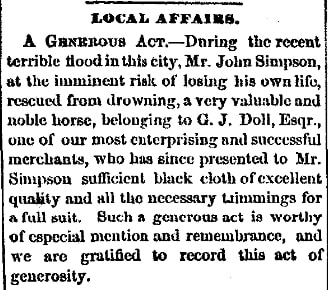
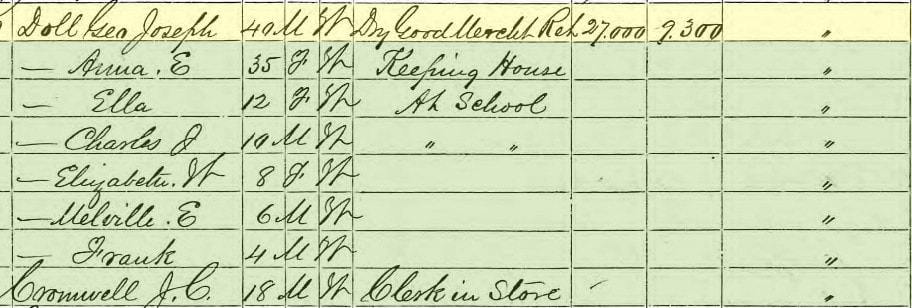
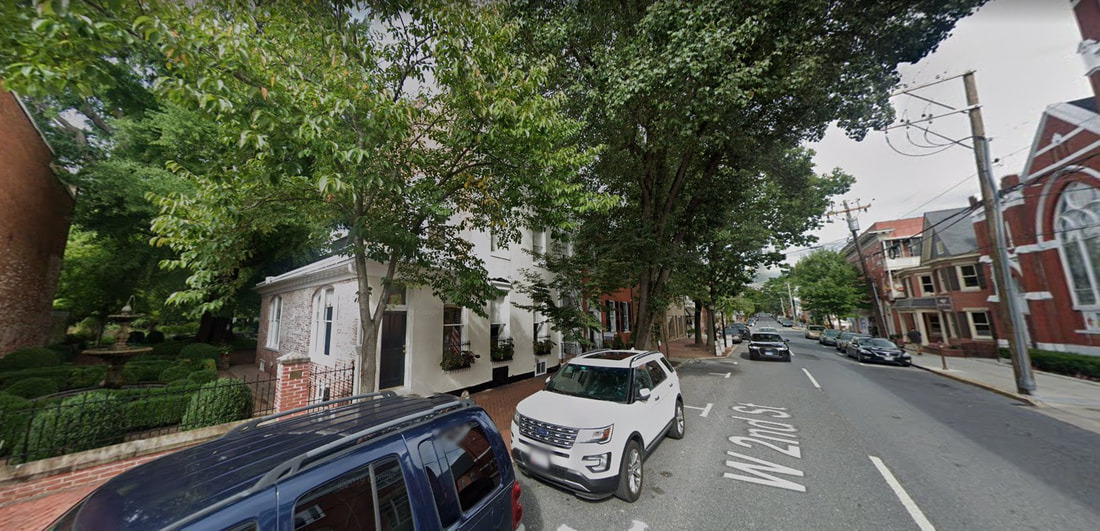
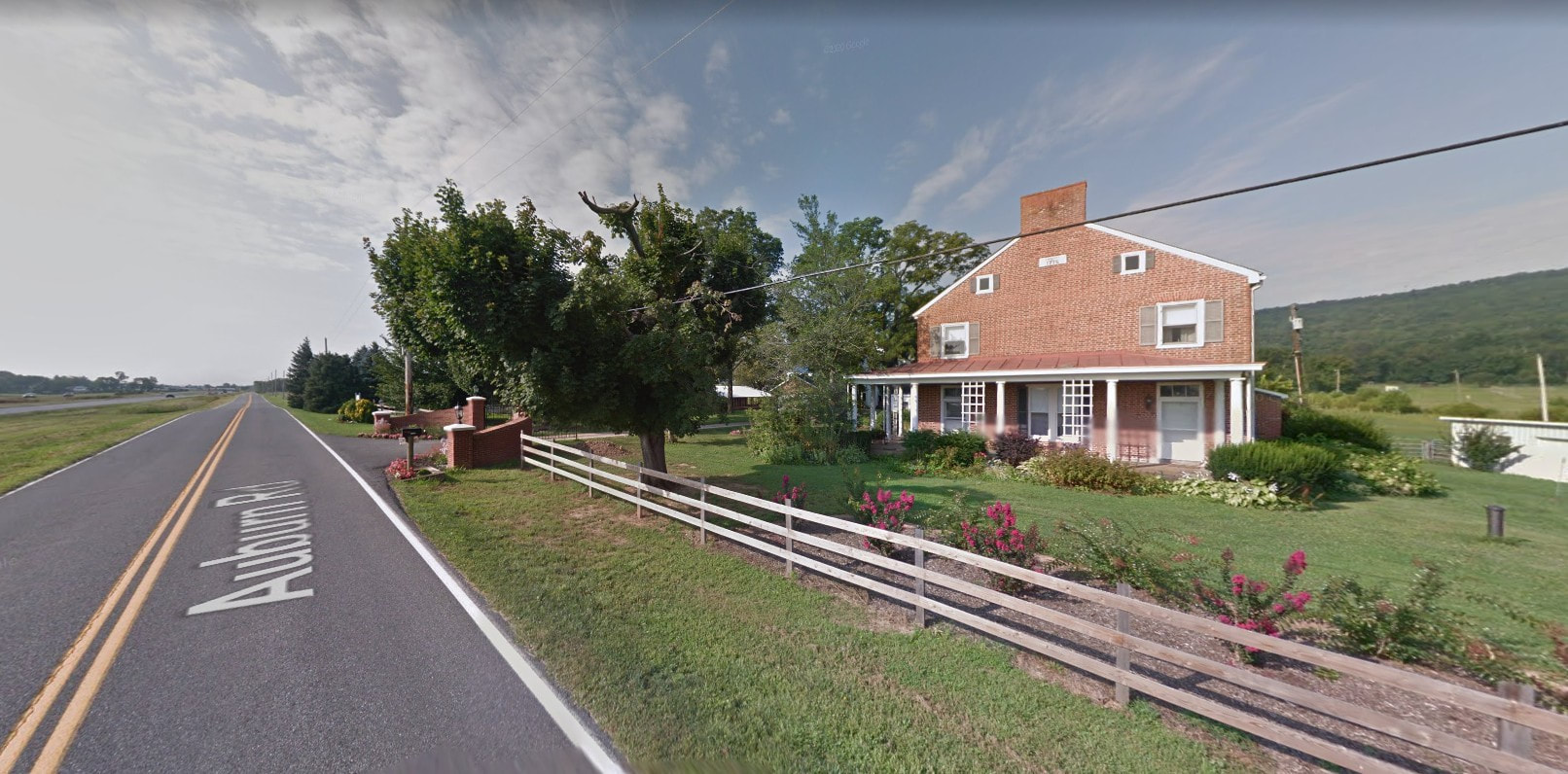
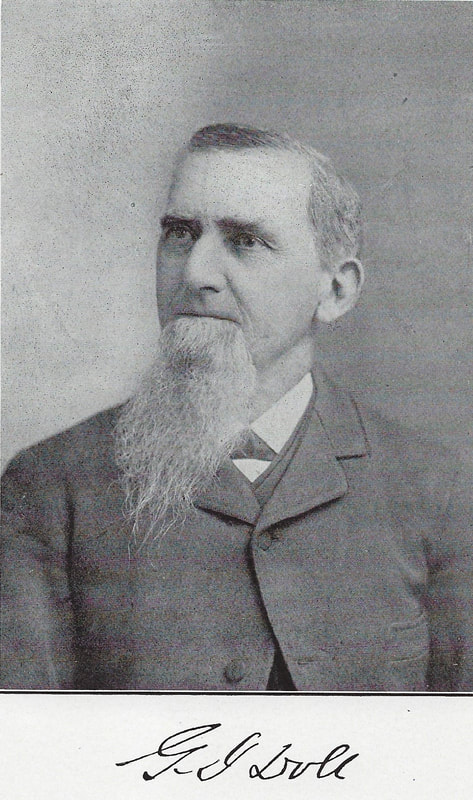
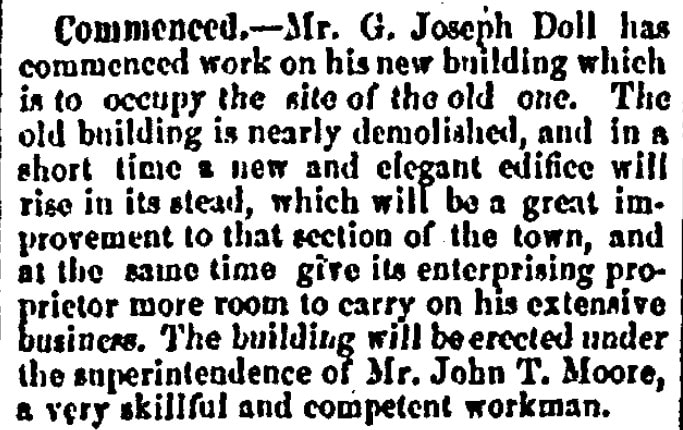
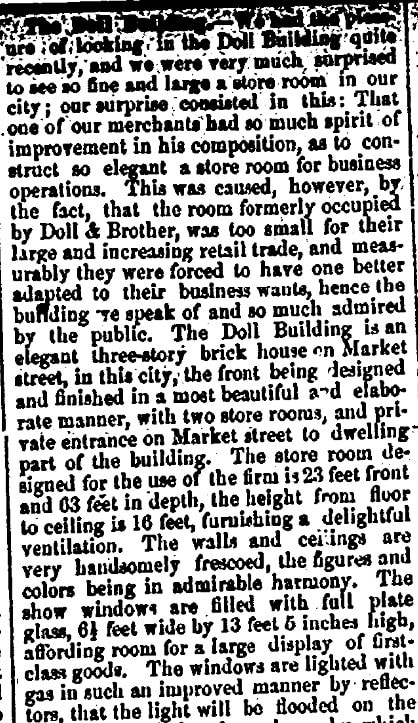
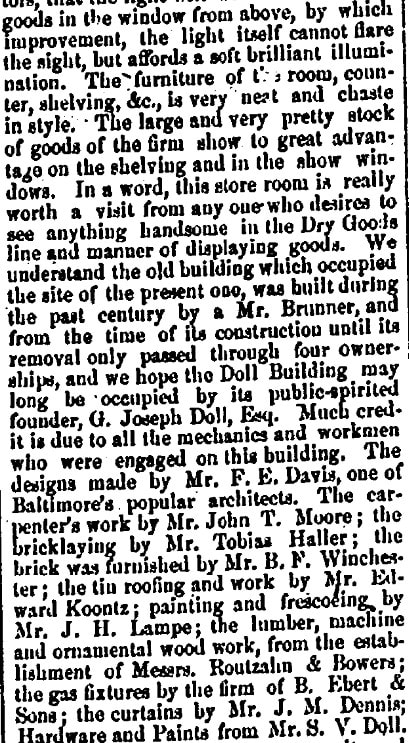
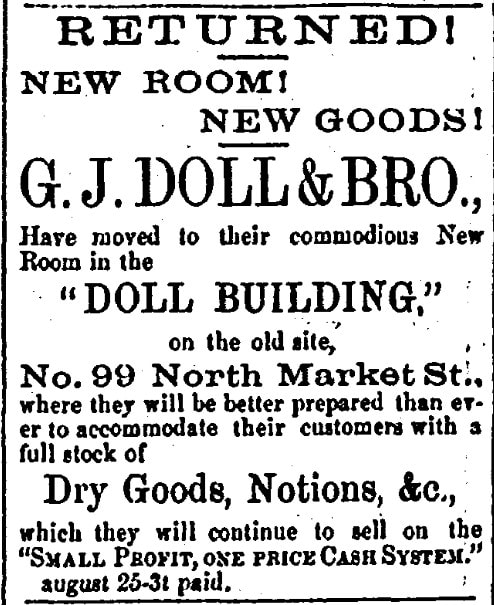

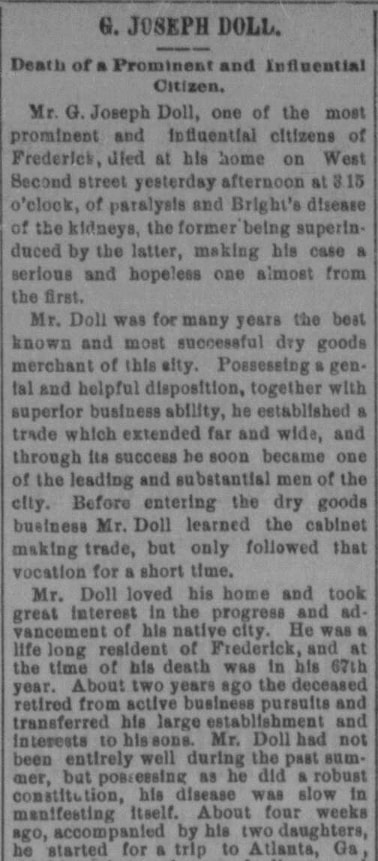
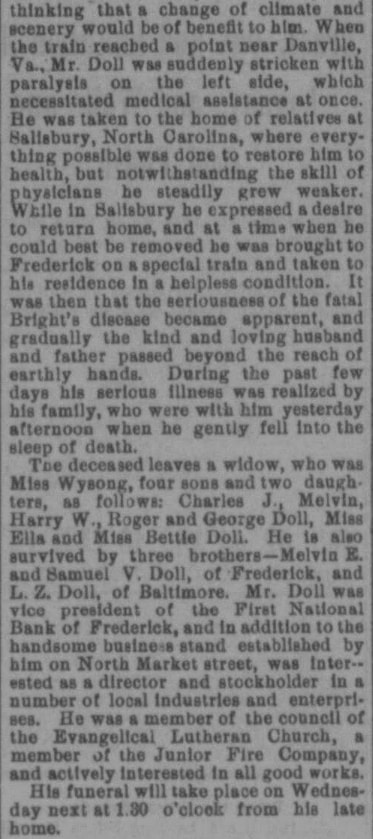
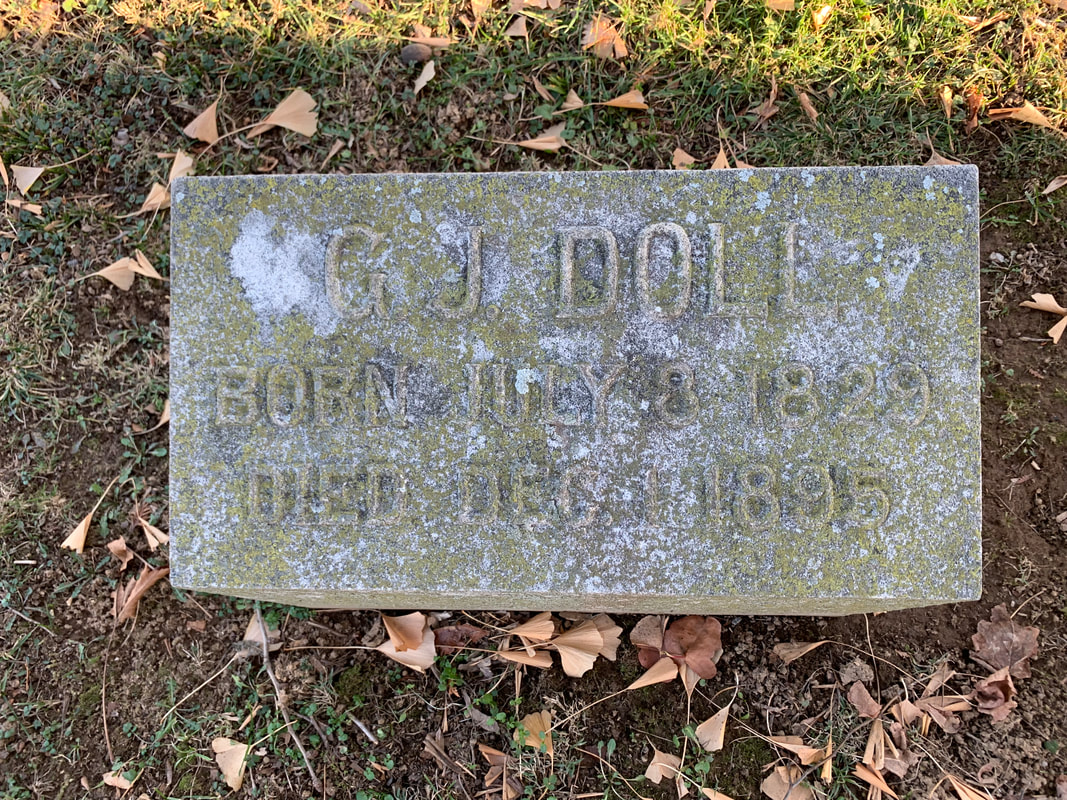
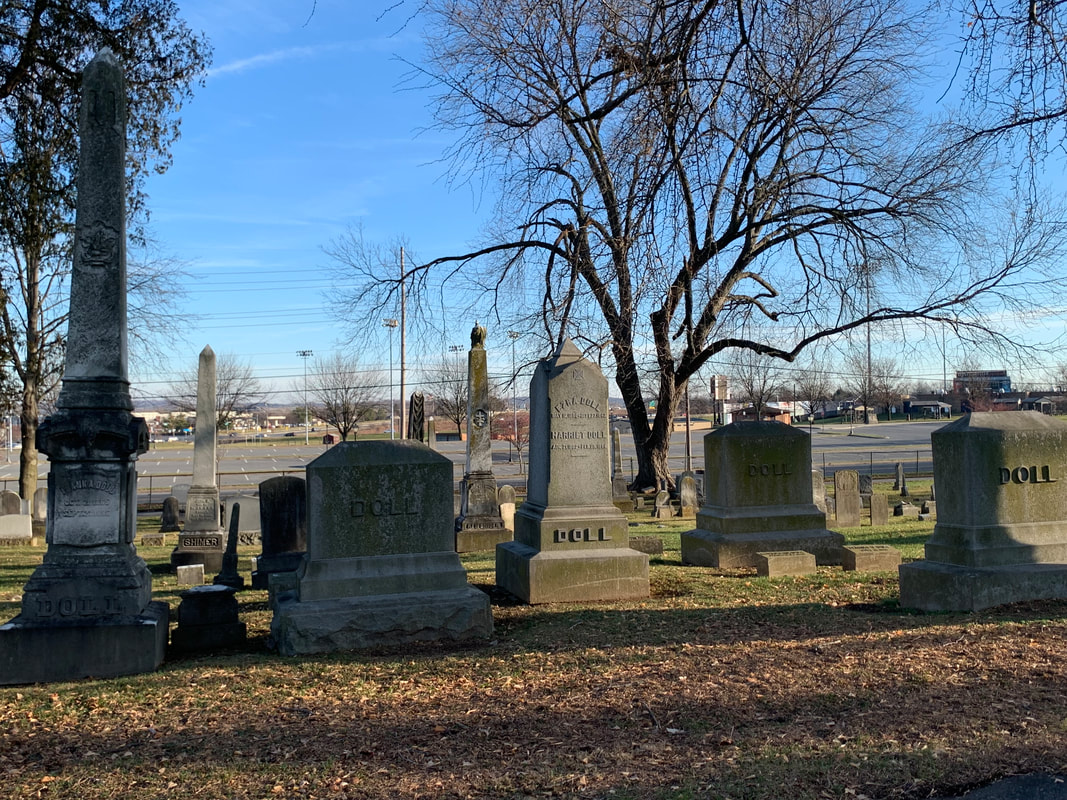
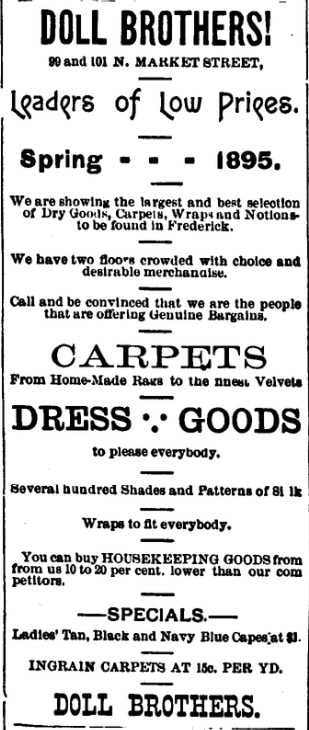
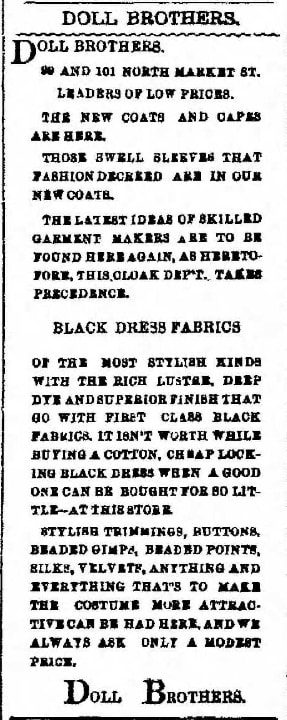
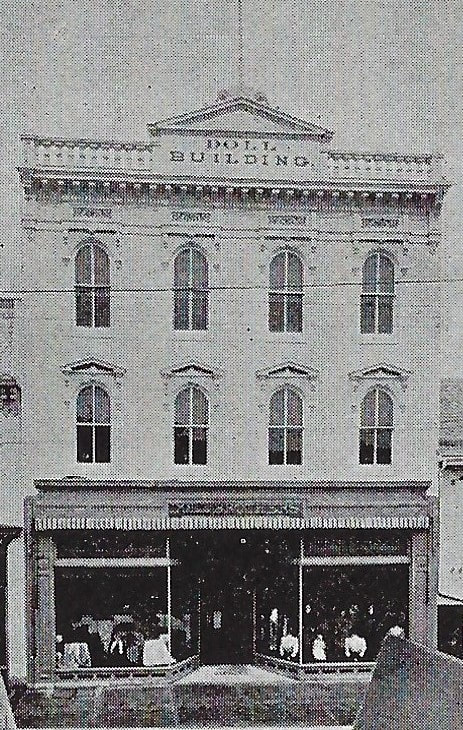
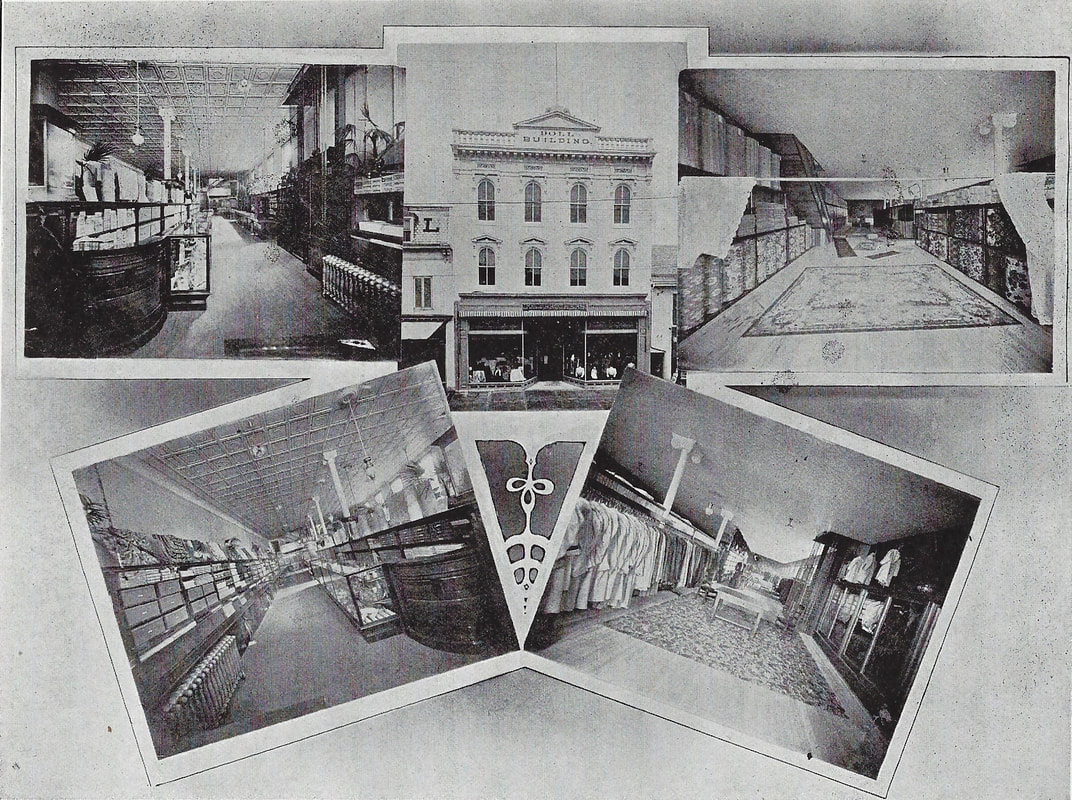
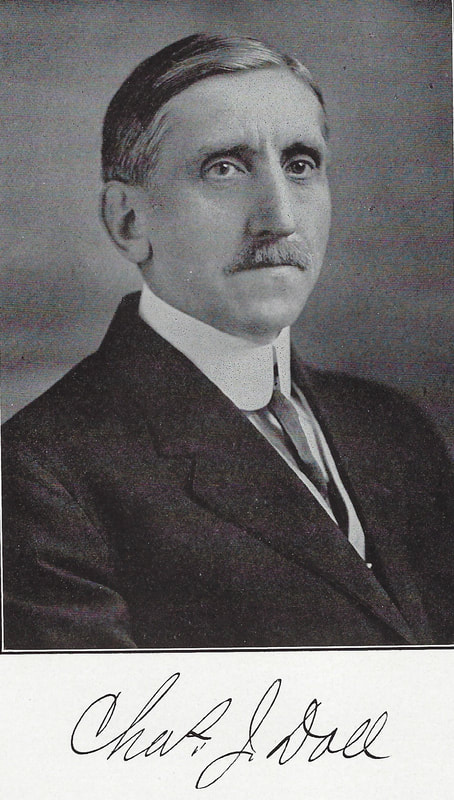

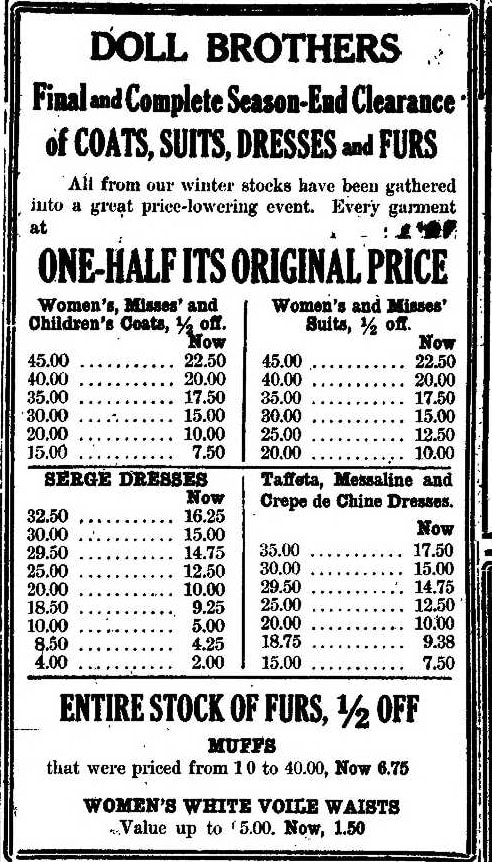
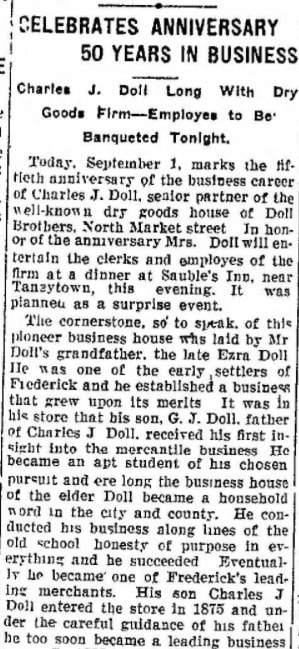
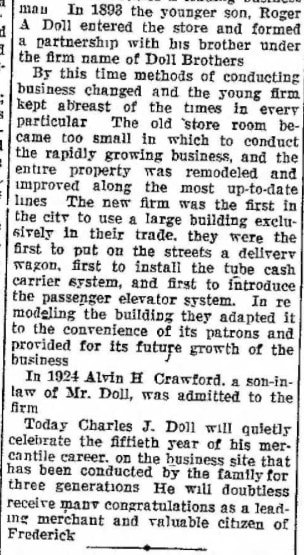
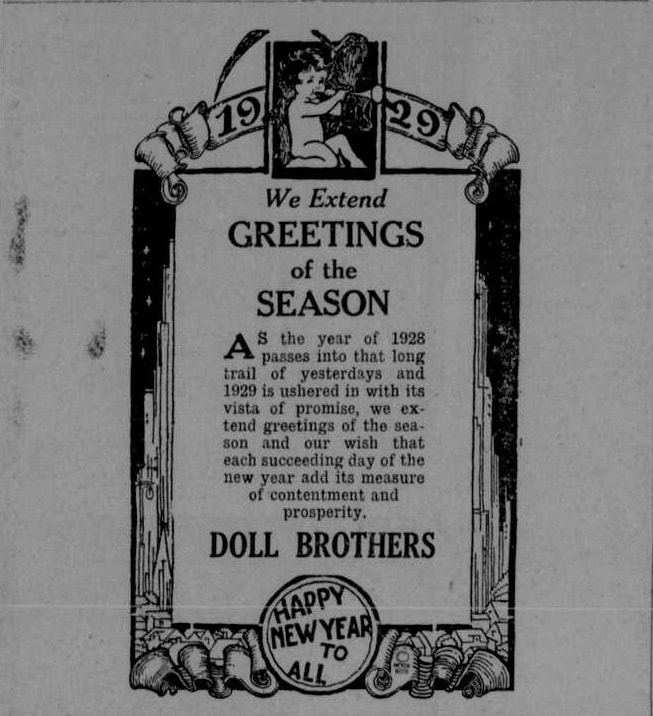
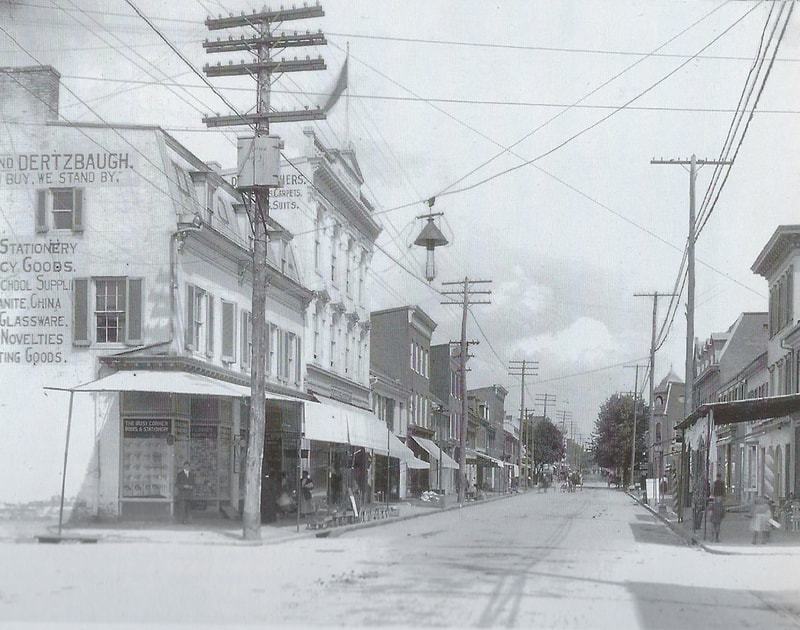

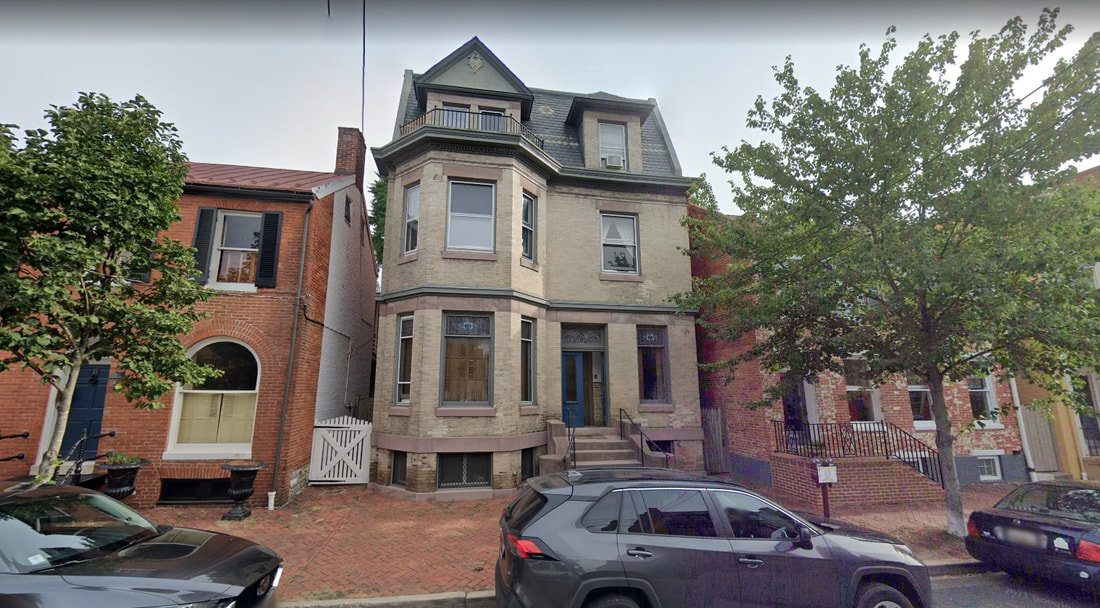
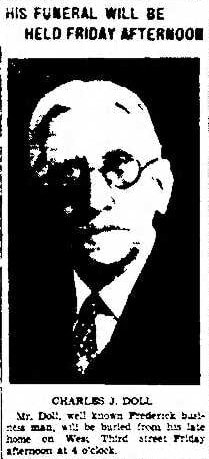
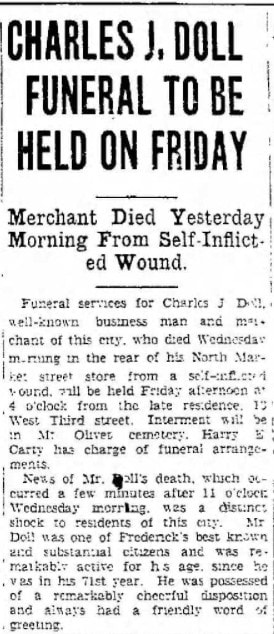
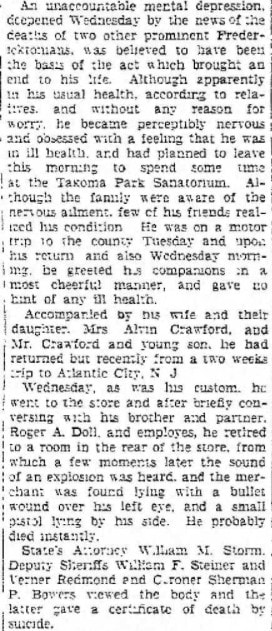
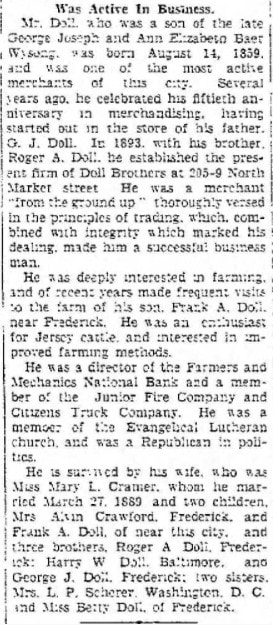
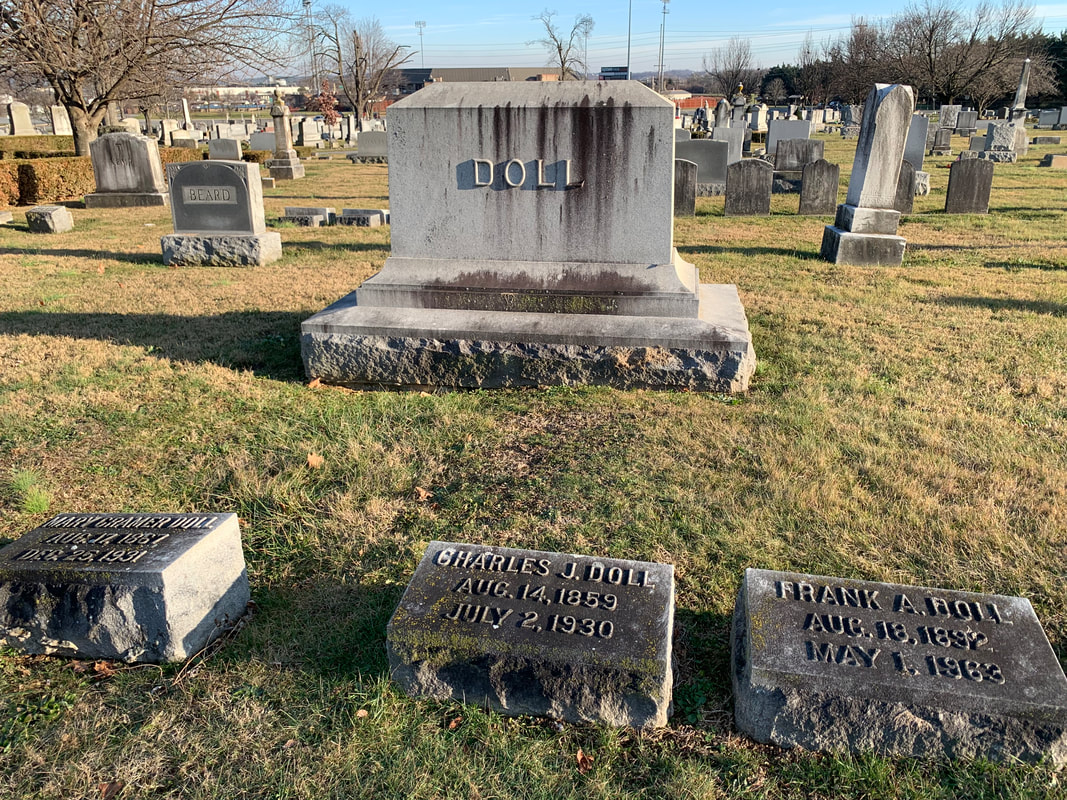
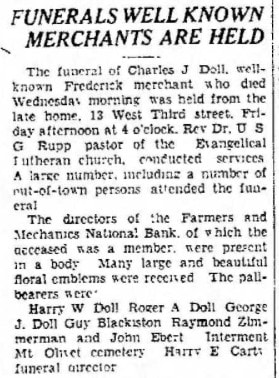
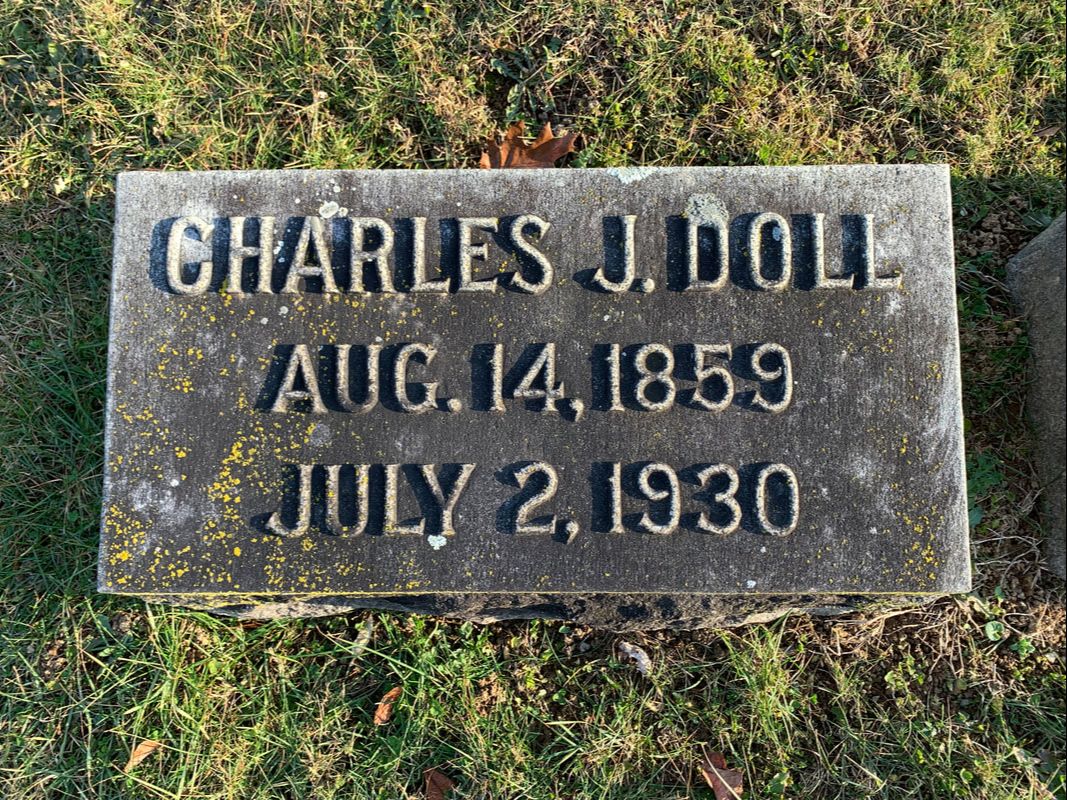
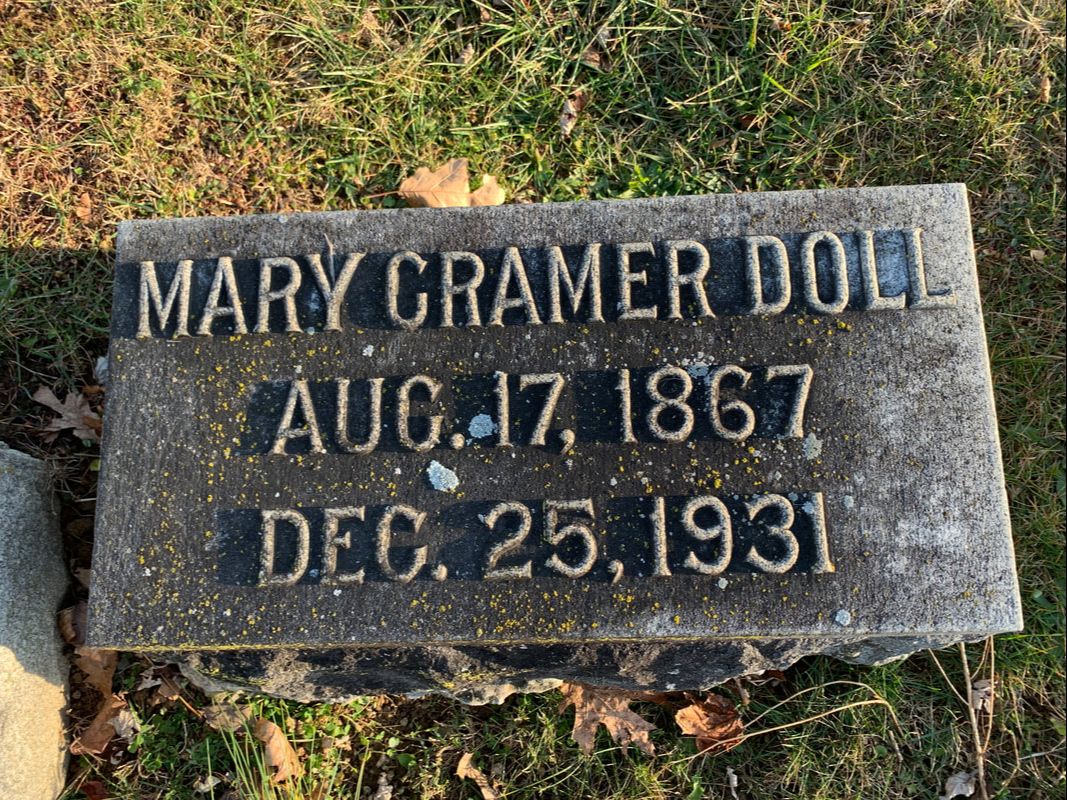

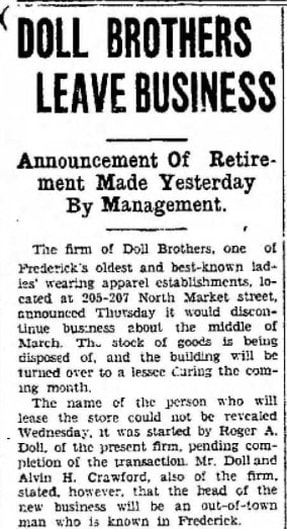
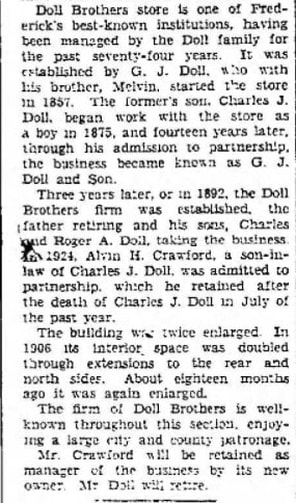
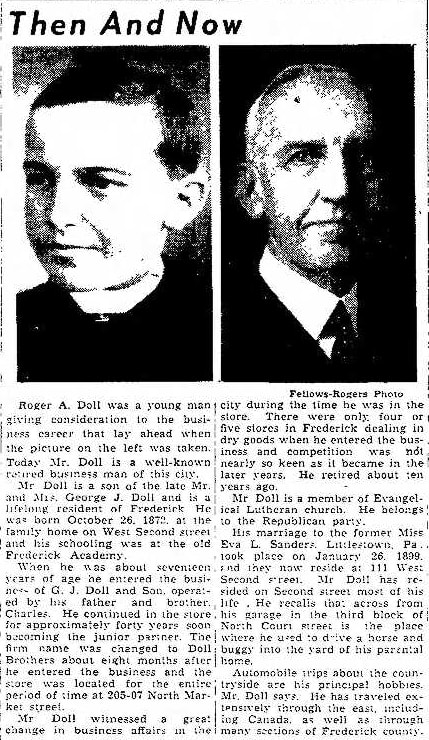


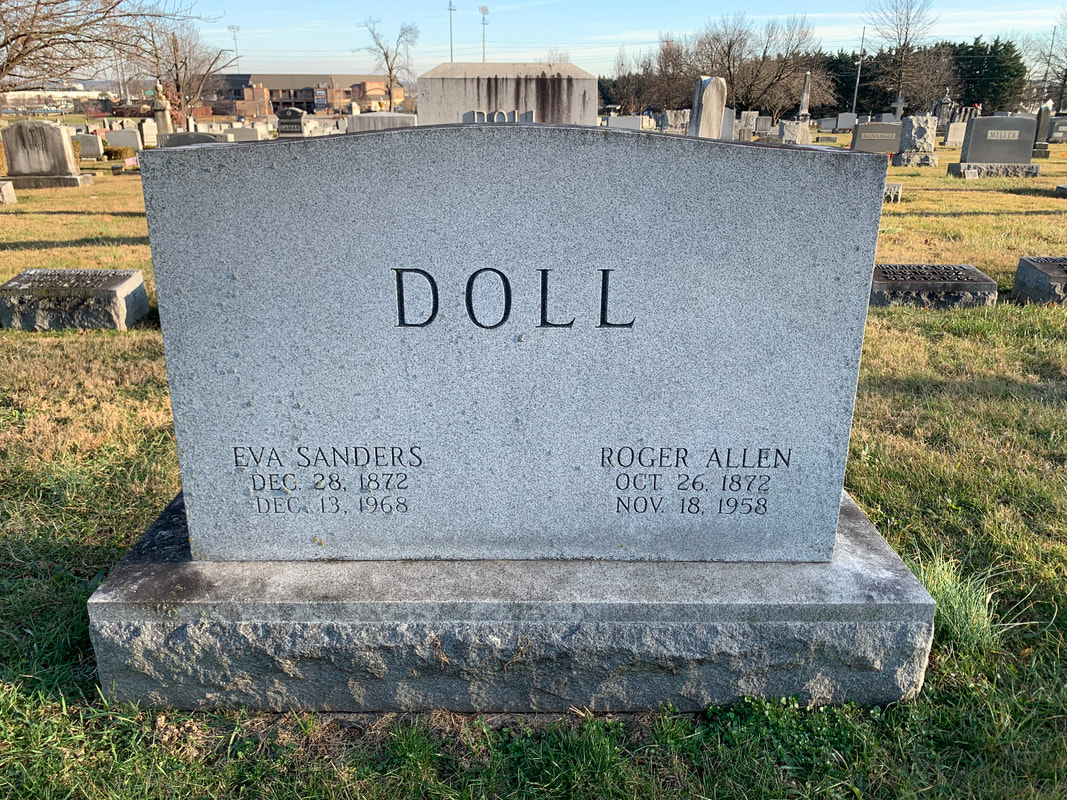
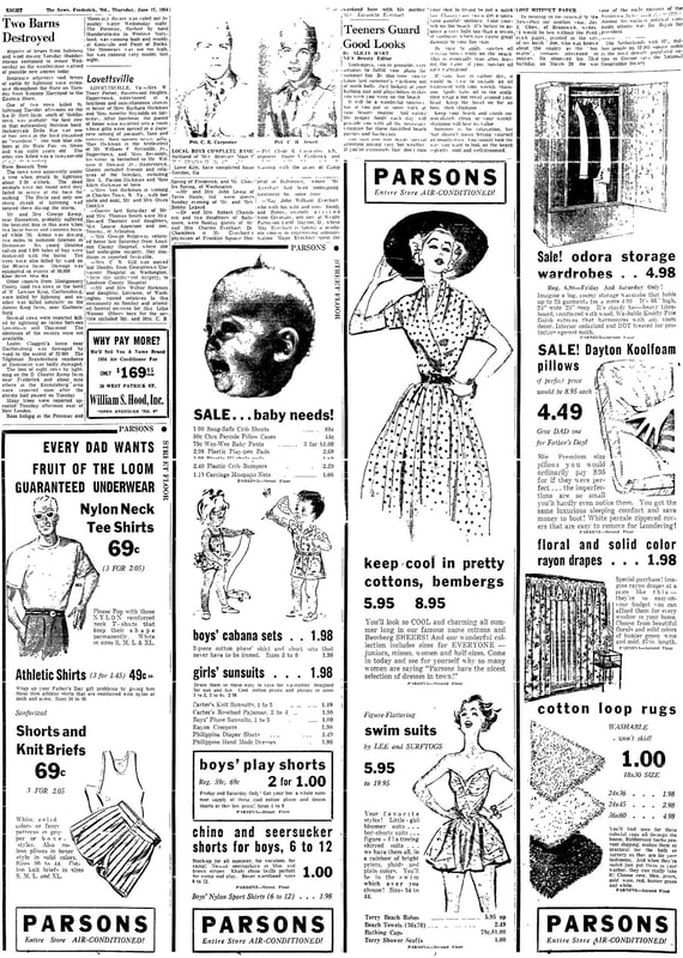

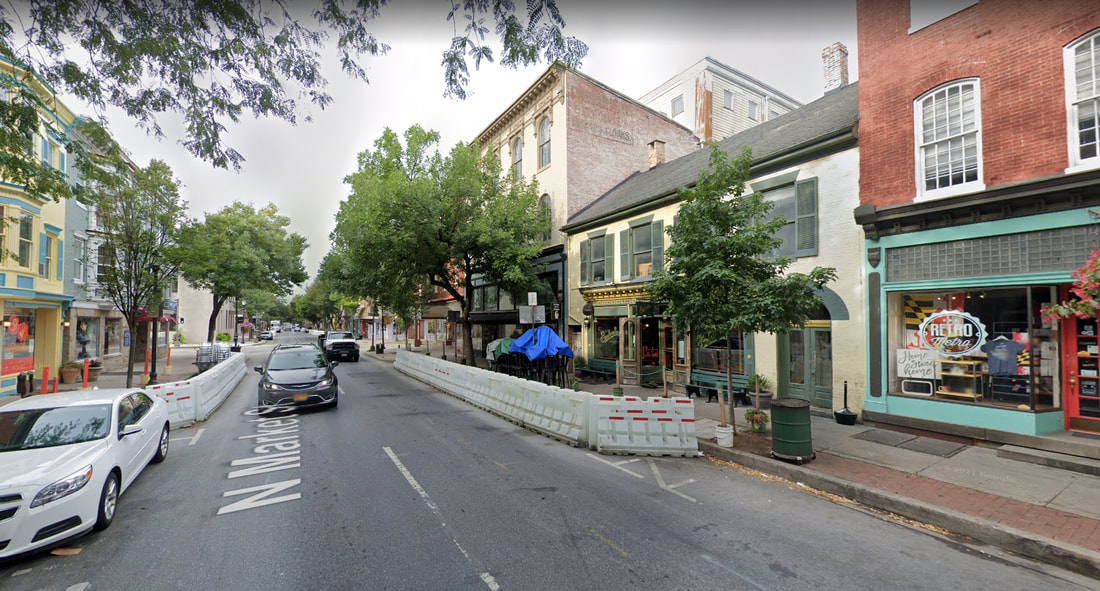
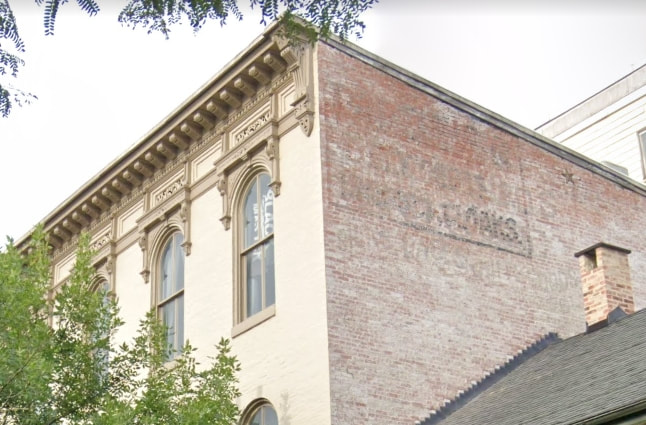
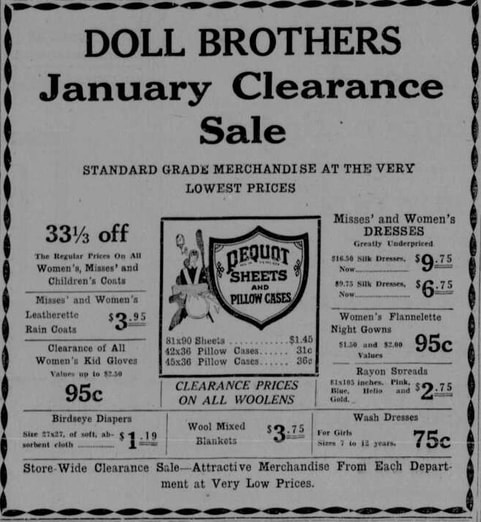

 RSS Feed
RSS Feed